|
Kruger National Park The restcamp gates close at 6pm and we barely made it to within sight of the Shingwedzi gate just before 6, so we could mosey our last few hundred feet at dusk. Shingwedzi is on a river by the same name. There was a whole gang of Maribou storks hanging out in a dead tree and in the river below, we saw our first hippos. We could see their nostrils peeking out above the water and occasionally a little baby hippo would float up and get nuzzled by the adults hanging out in a circle. Blacksmith lapwing Stop. Don't strain your eyes in an attempt read my penmanship which earned me an unsatisfactory in 1st grade and has yet to improve. I interpreted below with additions: From my journal: 4/7/16 Today we worked our way south of Shingwedzi camp along the river where things were a bit quiet, yet Eliot and I just did our list and we got a whopping 65 species (of birds). We are a bit tired and maybe over-stimulated from yesterday's bonanza day. We saw a circle of hippos all facing each other and floating down the river like a floatilla of friends in rafts on the Colorado River or the hungry hippo game. Great white egret and a Yellow-billed stork snacking on the river bank. The stork was using a wing-shadow foraging technique and occasionally using its foot to shift around in the mud to stir up goodies. Vervet hangout rock Baboon play and a Crested Barbet I could watch them for hours. Checking out the new baby Ground hornbills foraging in a group like a theatrical search party noshing on mollusks and other things that were hard to identify. We stopped for a picnic and a hike at Mopani Rest Camp. Mopani overlooks the Pioneer Dam and it is in the heart of mopani shrubland. Mopani is a tree/shrub in the Fabaceae family and it does well in the very hot and dry climate. Wee-ooh wim-o-weh. Wee-ooh wim-o-weh. In the jungle, the mighty jungle....are you singing it yet? I was. It's funny how much I thought about the Lion King cartoon on that trip. Sure, I thought about all of my classes from college with (usually Kenyan) examples, but it was that first dramatic and amazing cartoon that was usually the clearest in my mind. They got a lot of things right and I haven't gone back to fact check (though I think the baboon might be especially wrong), but I think the baobabs are drawn pretty well. Baobabs (Adansonia digitata) are markers of a water source, but persist in hot and dry savannas. They are culturally hugely important not only because they are symbols of the presence of water in an incredibly dry place, but because they also provided shelter, edible fruit, a place for gathering and provide many natural remedies. They are the cottonwoods of the American west to me. They can live to be 1,500 years old (we think) and anything with that kind of history also has quite a few superstitions attached to them. A book to be written another day. Inverts of the fence Letaba River Bridge. Apparently, it is ok to get out of your car on large bridges. Then, at least, you can see the lion charging toward you before it eats you. We stopped at Letaba restcamp for a walk. It is lovely. If we go back, we might just have to stay here. This hippo was foraging with some Crested guniea fowl. The BIG 4/5 before we saw our first rhino!
1 Comment
Kruger National Park It took us about six hours to get from the park gate to our tent even though I think it is less than 10 kilometers. We noticed some of the birders had a bumper sticker that said, “Please pass, I am looking at birds.” That would have been helpful. It was just insane. Insane. We saw so many birds as soon as we entered the park. There were Red-billed Hornbills for goodness sake! Punda Maria is a magical place. It is perched on a ridge in the sandveld region and is nice and quiet. “I’ve never been fenced into a more diverse landscape” reads my journal. Starting at the northern end of the park meant that we slowly got to know the animals. They are less dense up there, so that when we saw our first zebra or elephant, we got some nice one on one time with them before seeing herds as we drove south. I might have cried a little the first time we saw an elephant. The plants were spectacular too! Once you leave your fenced rest camp, you cannot get out of your car, but luckily Punda Maria has a nice little hike and all of the camps have great birds and smaller animals safely within the fence. Our first day was about 91F and the sun seemed to really fuel the fancy flights of the Lilac Rollers. I once got a card from my sister who was away at college with a Lilac Roller on it. I never thought I'd actually see a real one. We watched a family of baboons grooming and running about, our first Hamerkop at a water hole, and Warthogs eating while kneeling down on their elbows…or are they called front-knees (??), Burchell’s Zebras, Impalas, Nylas, and many others. We did a night drive and got glimpses of a Spotted Eagle, Fiery-necked nightjar, African elephants, Springhares, Small-spotted Genets, Spotted eagle owls, Water buffalo, Common Duiker, and a Leopard. I got a really blurry photo of the Leopard's bum...if anyone wants to see it. The road to warthog land on the left and the road to Mozambique on the right and the feather of a Crested Guinea Fowl We stayed in what was called a “safari tent,” but it had a nice bathroom and a kitchen on our braii (deck/porch). We cooked our meals and ate while watching the valley down below. Coffee and yogurt with rasperries and Cape gooseberries ( Physalis peruviana) Tiny Chacma baboon female and a momma with a little one holding on for a run Pride of De Kaap (Bauhinia galpanii) Chacma baboons in the shade Tasty biltong (toothpick included) and the best way to watch animals without being eaten by a lion female Nyala
The first African elephant we saw at dusk before we had to get back to camp. It looked like a shadow and then it moved and had wrinkles. It was giant and seemed a little shy, so we gave it some space. Turns out, it was much cooler than seeing one at a zoo or experiencing the terror of riding one with my siblings (and dad) at age 3. Mid-day listing and zebras eating grass Some Vervet monkeys raided our lunch bag and scored some fruit. I was impressed with their satsuma eating style!
Southern yellow-billed hornbill On our drive south toward Shingwedzi, we saw our first giraffes eating leaves from Acacia trees (formerly known as Acacia trees) with their wildly precise lips...just like we had learned it. It was a nicely cloudy day and we were just in total awe. Babalala picnic area was a nice little spot to walk around and watch elephants and have some tea (they provide the hot water). Female impala in some sort of male-guided formation Disguised python Pin-tailed wydah in the middle of an elaborate display Sad to see this as roadkill - Double-barred sand grouse
South African Honeymoon, 2016 I figure I might only make it to Africa once in this lifetime, so I better make a few notes to keep it as fresh as possible in my mind and to honor the opportunity. Because I took thousands of photos, I divided these posts up into geographic regions. A note on the photos: many people who visit Africa to watch wildlife have fancy lenses so that they can nicely photograph animals from a distance, but these are all point and shoot (a lovely one) and iPhone 4s. My wildlife photos are taken through binoculars and are terrible quality, but provide me with a memory that I once got to feast my eyes on such creatures. The photos are also totally lacking many of the things I found to be most wonderfully interesting about the people and the culture. Our general route took us to Johannesburg where we rented a car and drove up into the Drakensburg escarpment to the Magoebaskloof region near a town called Haenertsburg for a couple of days, through Tzaneen for groceries, and then into Kruger National Park via the Punda Maria gate. We then took 10 days/9 nights to drive south stopping at various rest camps for a night or two. We stayed at Punda Maria, Shingwedzi, Olifants, Lower Sabie and Skukuza. After leaving the park, we explored more of the escarpment near Sabie and then up to some native remnant forest to find the Gurney's Sugarbird before driving to Old Joe’s Kaya for a wonderful night’s rest and then on to Joburg to fly down to Cape Town. We spent a couple of days in Cape Town and then two more in Simon’s Town before heading home. NYC under our wing We had a funky couple of months before leaving and some travel for work so I was overwhelmed with the thought of making plans for this epic trip, but I tried. There were quite a few details to get together just hours before leaving. After a mad-dash at making last minute reservations and plans we were as ready as we were going to be. We left Ellis Hollow in the middle of the night to head to New York City for our flight to Johannesburg. We navigated rush hour while making further last last minute plans before settling in for our fourteen-hour flight. We enjoyed “Totally Anura” wine, aka sleep juice from a flight attendant with perfectly shiny dark periwinkle fingernails. Wine and frogs are a better match than I would have thought. After landing in Joburg, we drove up into the most amazing mountains for a couple of nights and some serious birding. Lesson number one in how dumb my iPhone has made me was with navigation. We were smart enough to get a GPS for the car because I didn’t have an international data plan and Eliot didn’t have tons of data. We didn’t have a paper map, but the GPS got us close and some directions from helpful people got us to destinations eventually. Just outside of Pretoria, we got a look at African culture and we saw so many beautiful fruit stands, lots of baby wearing, children playing, very young children caring for other children, women balancing giant cases of yellow soda or 5 gallon buckets on their heads and men drinking at these little pop up stores under the shade of expansive trees, roadside car washes, older women with wheelbarrows stacked high with branches and the trees (just like the ones in my textbooks that always used African examples). Acacias, or at least the family formerly known as acacias. Acacias, oh my gosh, we were in Africa. We had to keep reminding ourselves. We stopped for a few groceries and directions in the adorable town of Haenertsburg and then on to our quaint lodgings at Diggersrest. You see, I tried to book a little bungalow for us, but only the “main lodge” was available and it wasn’t much more, so we took it. It was giant and absolutely delightful! We swam, we lounged, we battled our jet lag and we birded our hearts out! One of my favorite sensations is to leave winter and arrive in a blooming and sunny warm place. Well, this ticked all those boxes. The grounds were full of various Sunbirds and flowers and nooks and crannies and fairy crowns. We wondered around in the sudden warmth wearing our swimsuits (with binoculars) looking like the giant tourists that we were. That is the official relaxation cue: swimsuit/binocular wondering. Agroforestry is a pretty big deal there. Lots of pine and eucalyptus. My dear friend Taryn, who I was in grad school with at CU, is South African AND a birder, so she gave us some materials that helped us plan our Afromontane birding adventure. I often get distracted when Eliot's birding enthusiasm outlasts mine and I look around for other stuff to check out. That day, I found a chameleon! Bradypodion dracomontanum We spent a nice solid day in Afromontane forest. It reminded me of afternoons on Mauna Kea when the clouds would roll in or Pojo, Bolivia with the cotton clouds flowing over the mountains or near the divide in Costa Rica where the fog hangs out with the Quetzals, but no, we were in Africa (pinch yourself). We could drink the water, drive on amazing roads, and we had a wood fired pizza for dinner in an English pub where everyone was watching a cricket match. A hike in Woodbush Forest Debengeni Falls Watch out! If the American Dipper is the reigning bird king of your heart, this Grey Wagtail might steal its thrown. It was bobbing and dipping and hanging out in white water. Magoebaskloof Dam Leaving the escarpment (highveld) to head down into the lowveld.
A gifted CSA led to the discovery of the watermelon radish (with ID help from Donald), Old Raj martini (thank you Jed) with extra olives and an "Embrace the Gray" colored manicure (my first in at least two years), self-gifted Wegman's tulips with Dolly Parton and sunshine, puzzle from my lifter upper dear friend Katie, Ringwood hike with Eliot, Eliot and Sarah cider taste test Saturday night, driving home from work early, snow from the den above a giant pile of shaded laundry, our Sycamore, Aurora, NY on Cayuga Lake for Valentine's Day, curriculum development for Wall of Birds at CLO, matzo balls and guest-left pink champagne by the fire while dreaming of trips to Africa, sunshiny puzzle working today, tulip demise, and a hike at Ellis Hollow with some found vandalism.
Sometimes you need to leave work before the sun sets. Luckily, our new Canadian friends taught us how to play Crokinole, and it is super fun! 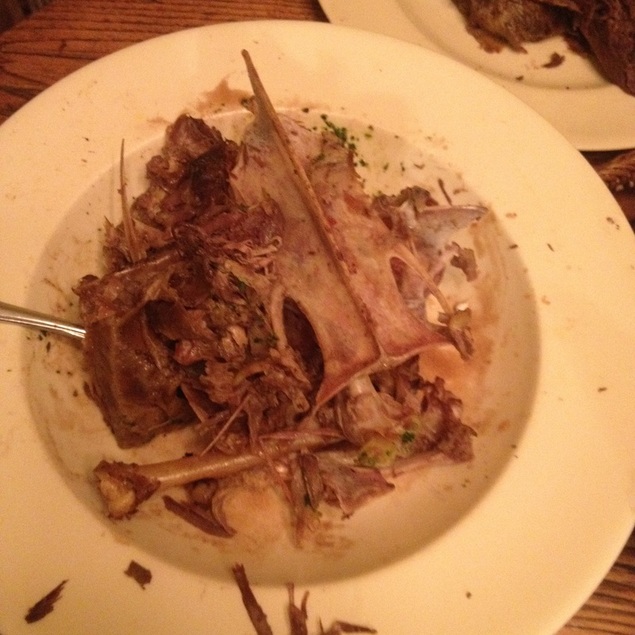 Tasty Mallard 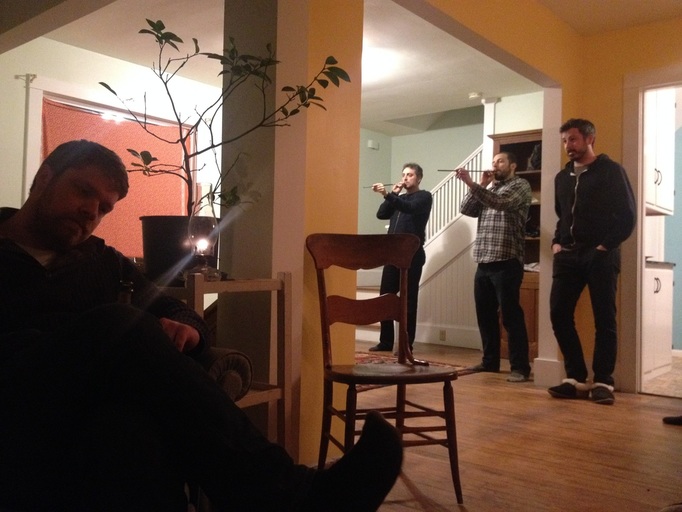 It isn't a real party until there is a blow dart competition. Bathroom art is important. The Cayuga trail blazes are works of art. Below, old and new beaver sign. There is nothing for scale, but that Cottonwood is one of the largest I've seen. A stop at our local brewery, Hopshire, for some sunset behind oak. Sunday brunch at Classic Chef's in Watkins Glen before some chilly, but sunny hiking. This place was amazing!!! There were people eating old school tall dish sundays, rice pudding, BLTs and dressed up! The lady behind us had definitely had her hair done and her most exquisite clip on earrings adorning her ears. It was like a little time capsule with perfect home fries, golden glittered formica tables and chunky white coffee mugs. I love diners! You can even see a waterfall from the diner! Check out these sweet bathroom tiles! Below is a hike in Watkins Glen State Park. The lower trail is closed due to its state of ice, but the upper trail had great views, hemlock, sunshine, flocks of birds, and we finished up at an area with a lot of cattail and a hemlock hammock tree. It was a grand adventure. And then, the Superbowl, biologist style, with a a little hedgehog friend at half time.
|
Archives
July 2018
Categories
All
|
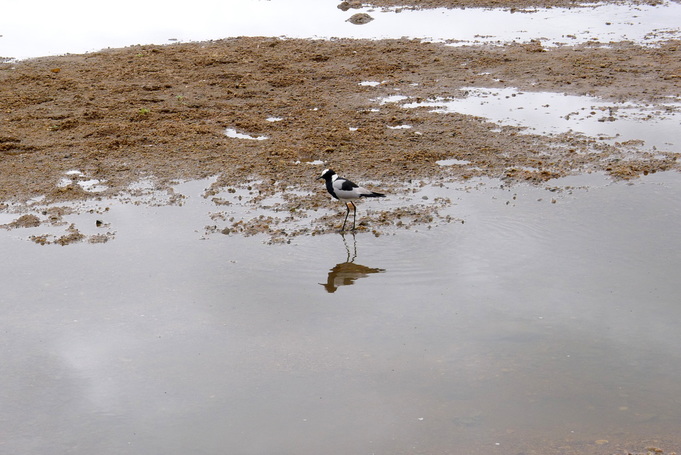
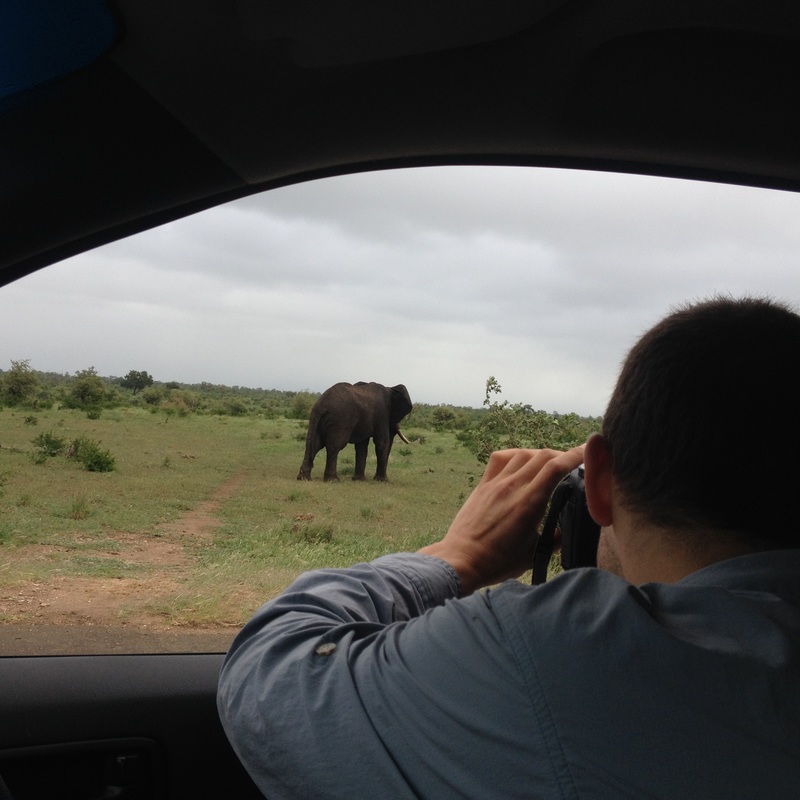
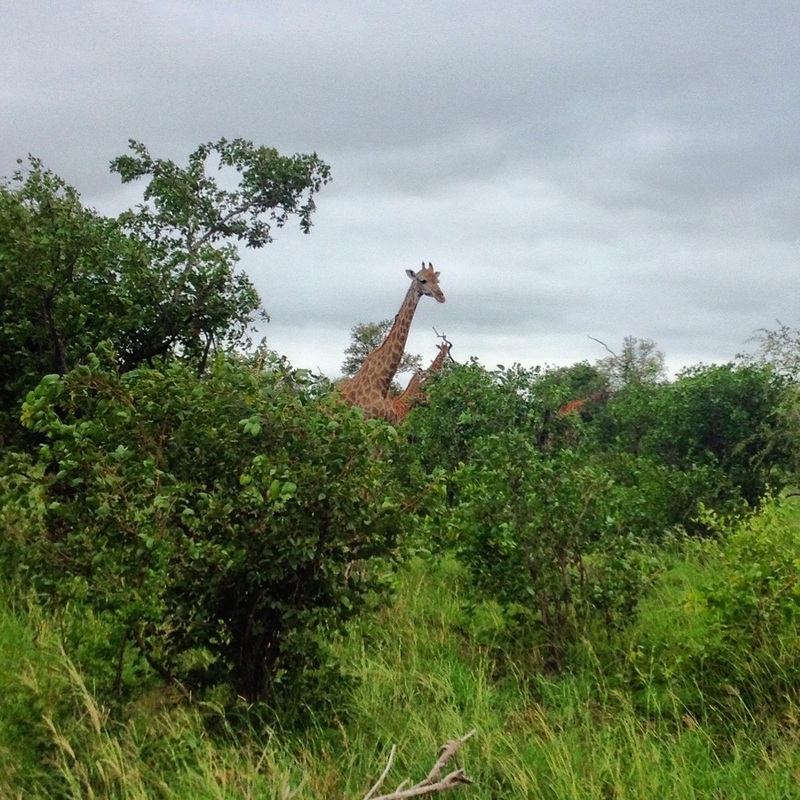
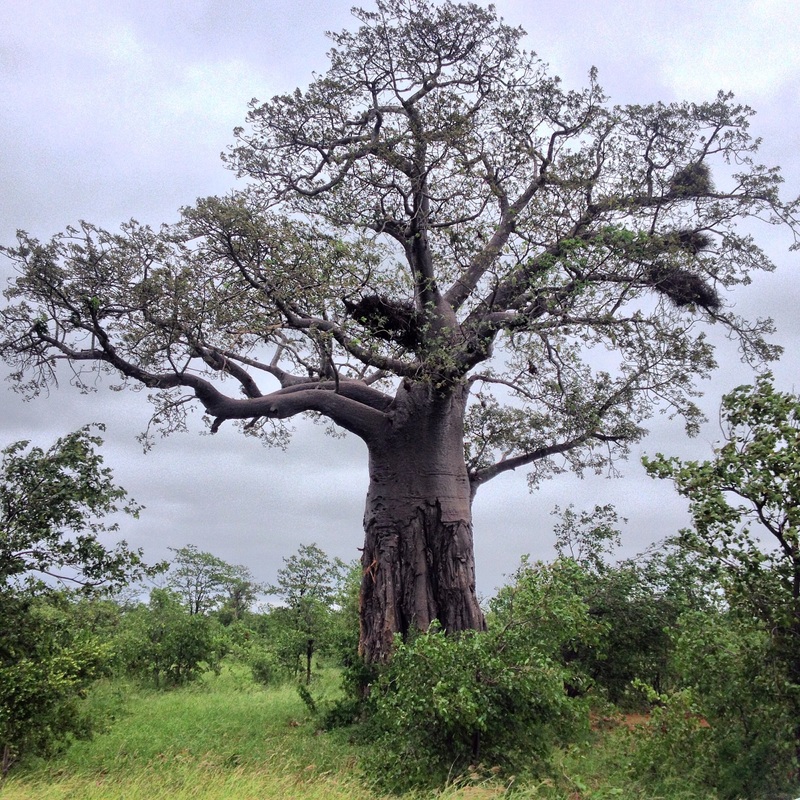
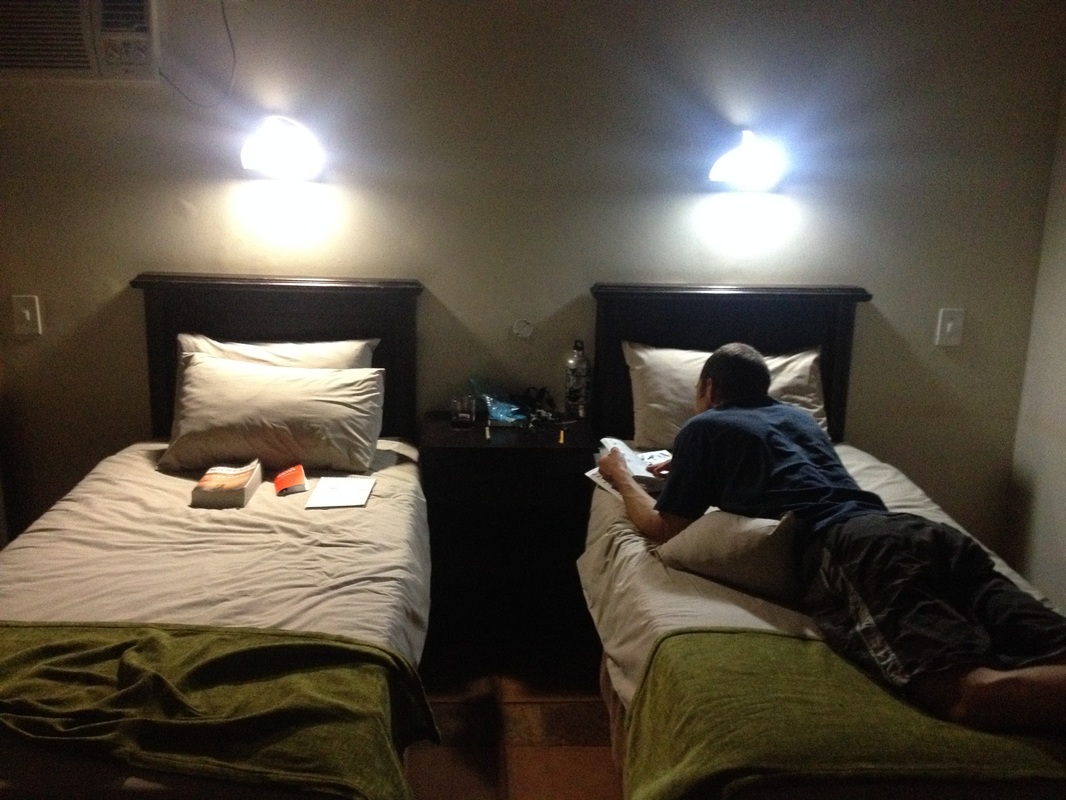
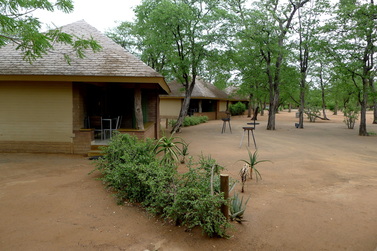


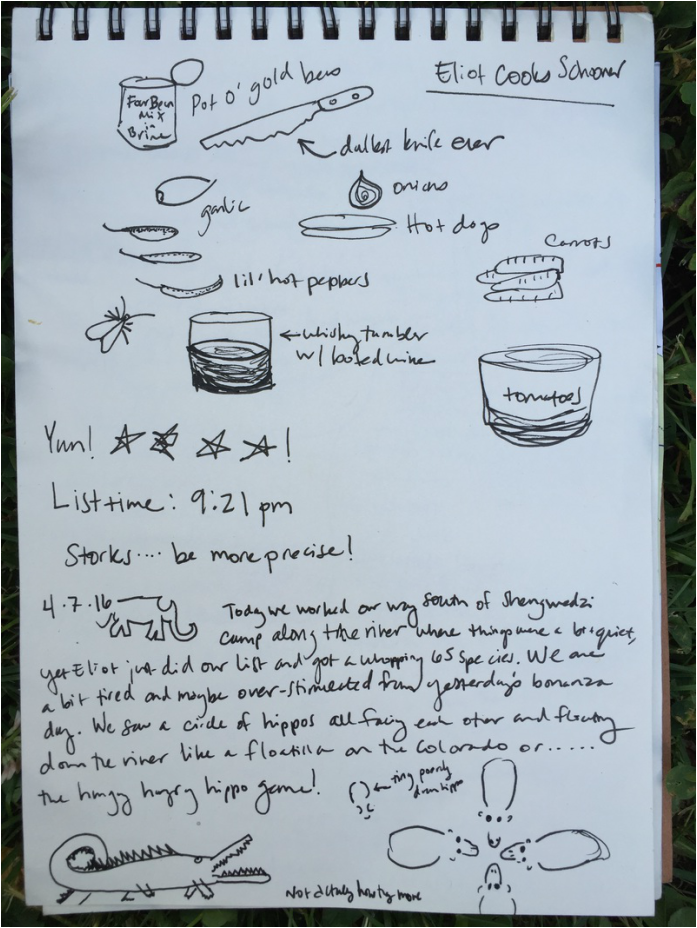
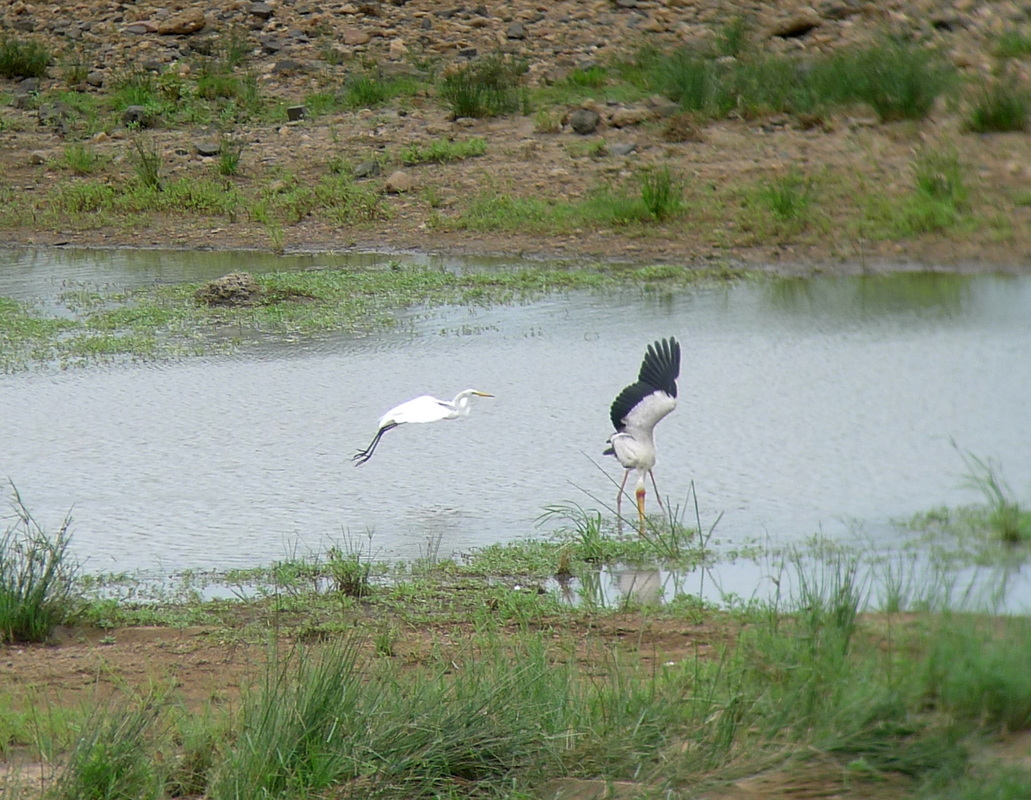
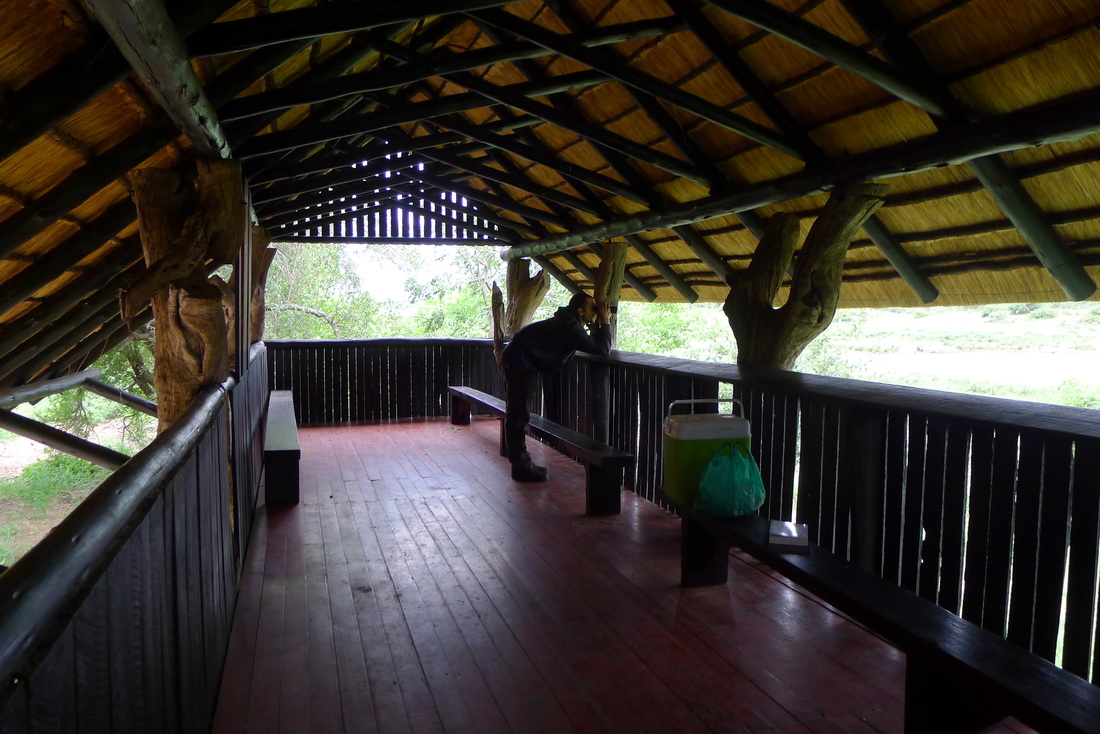
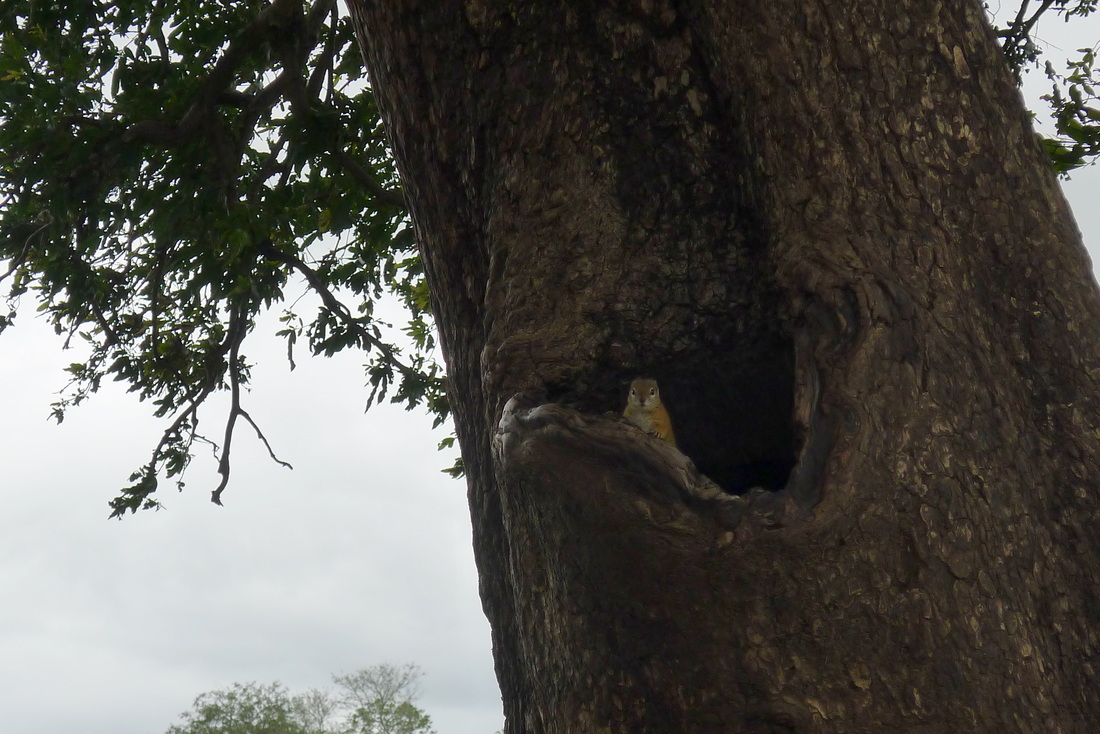
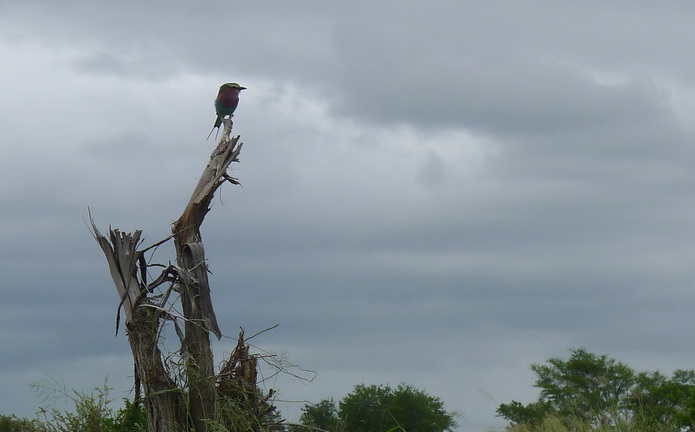
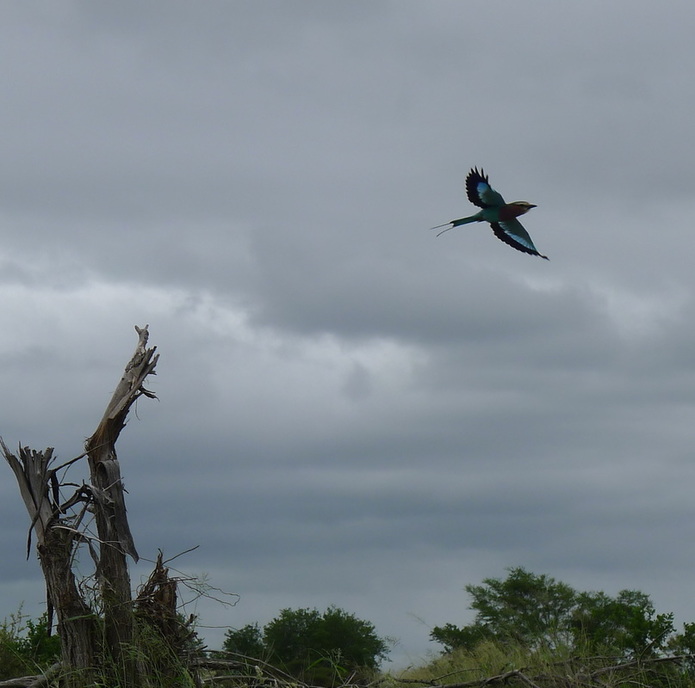
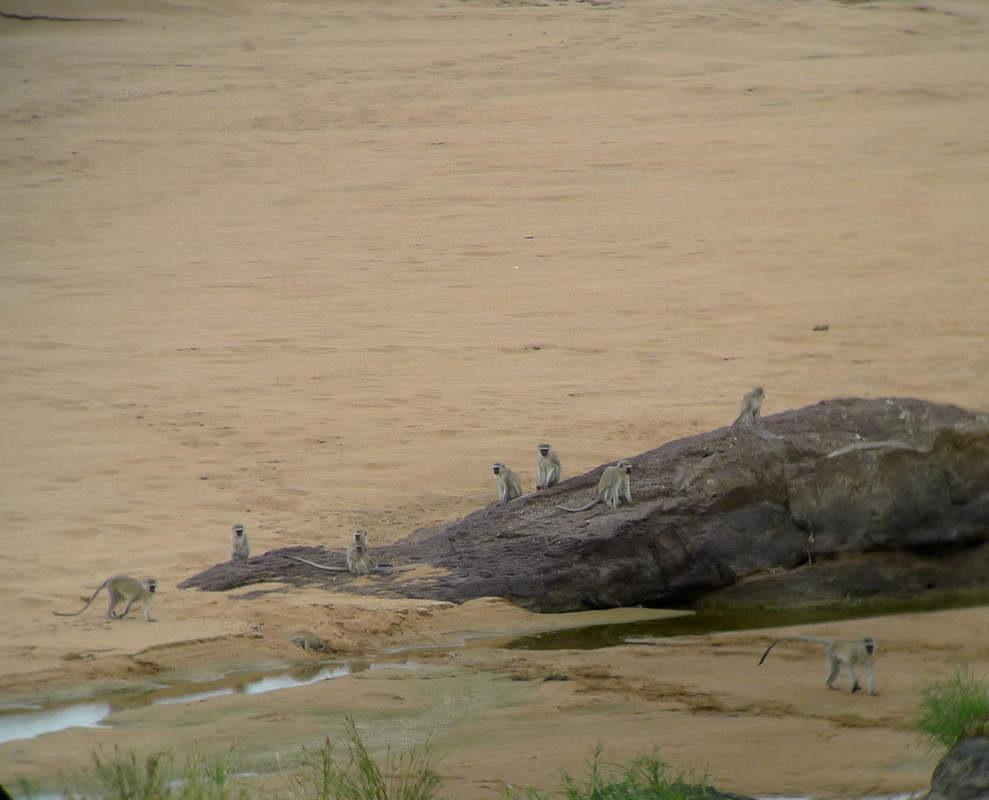

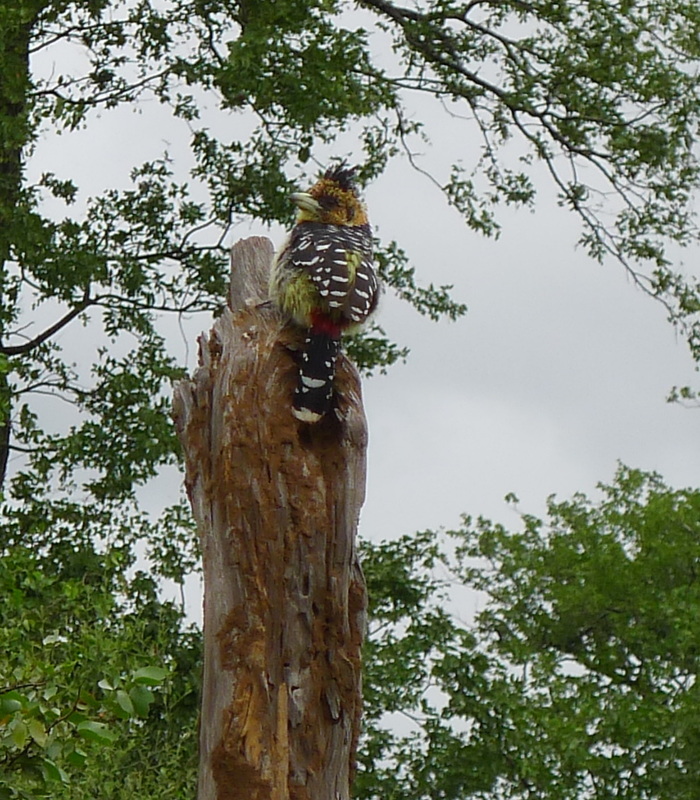
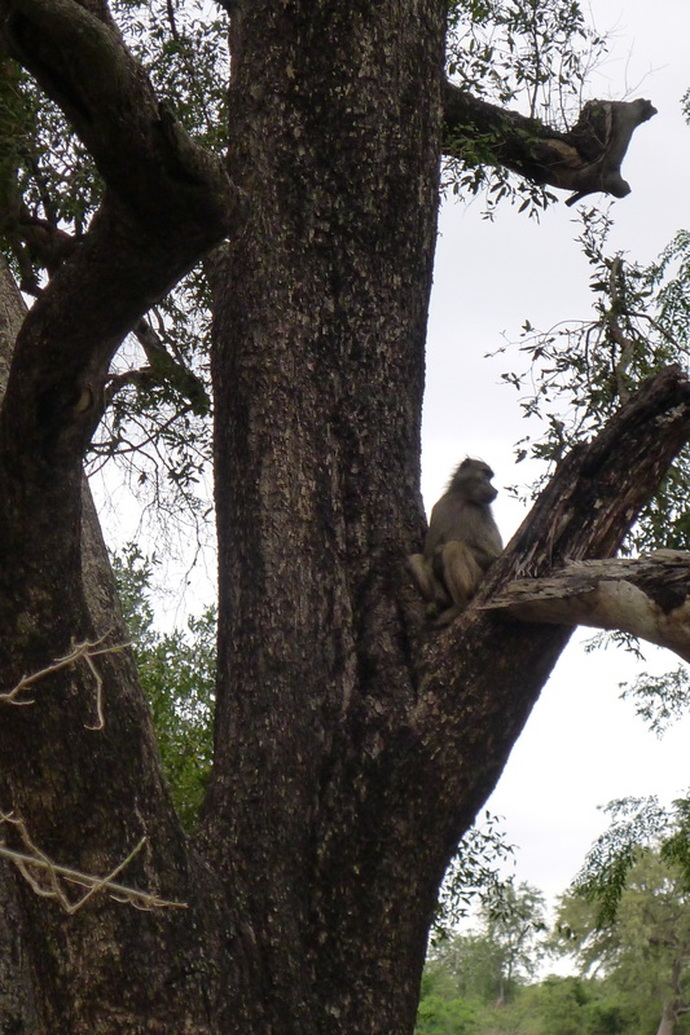
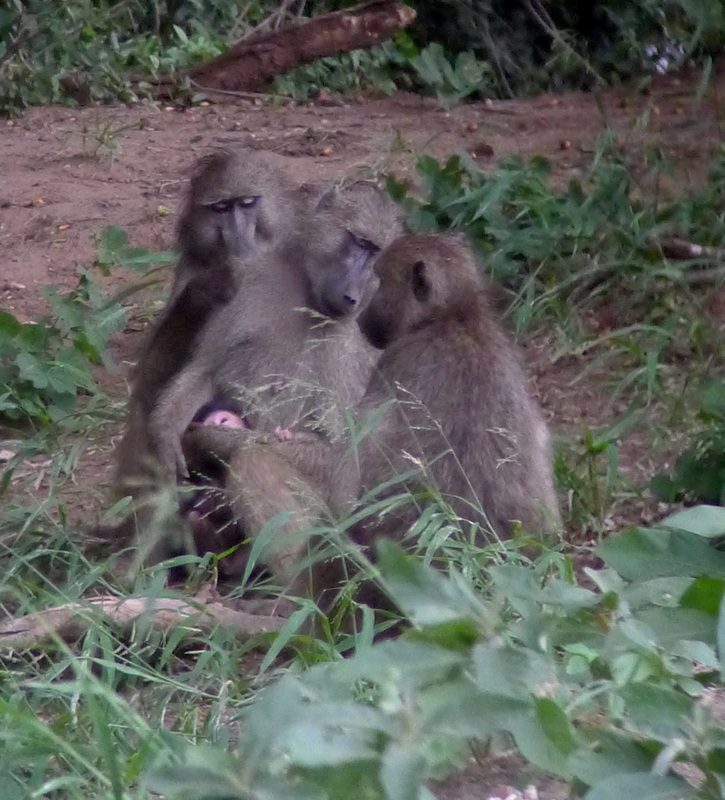
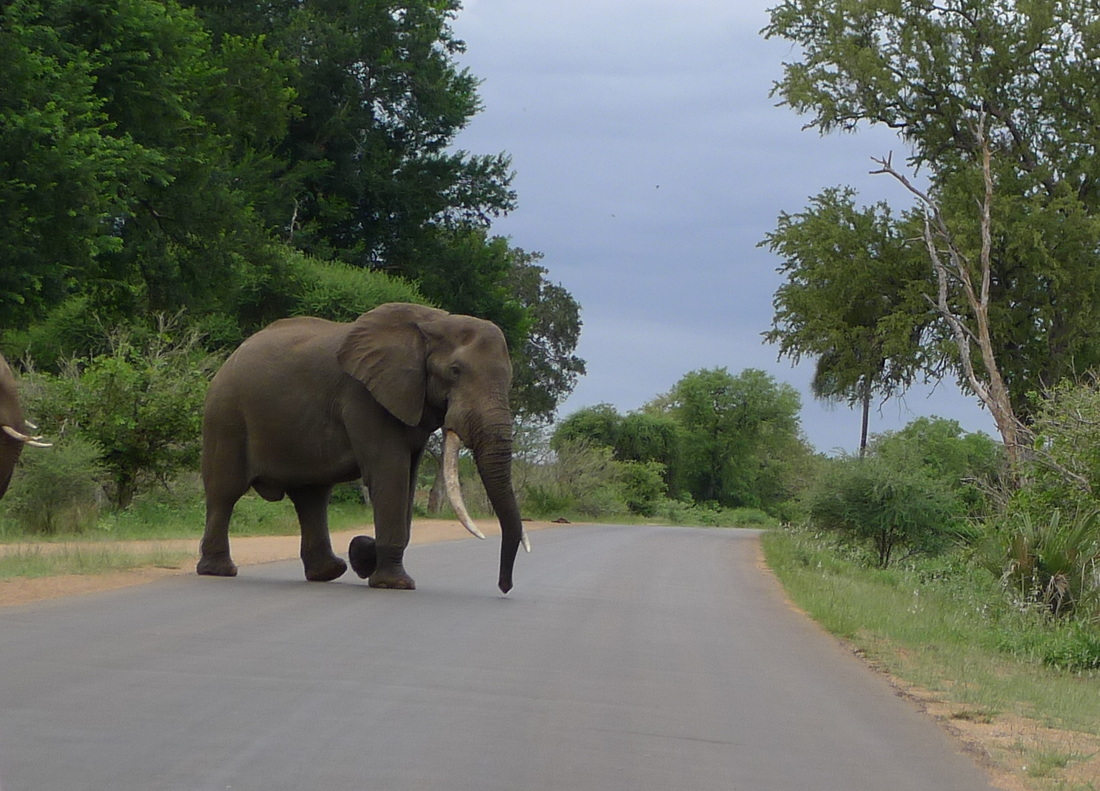
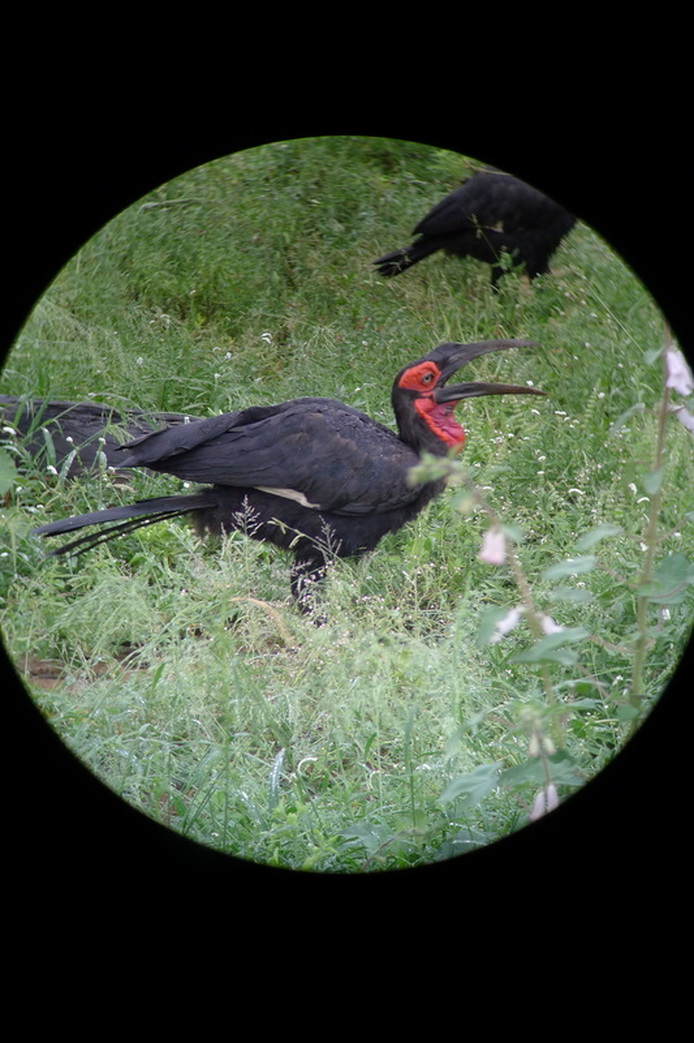
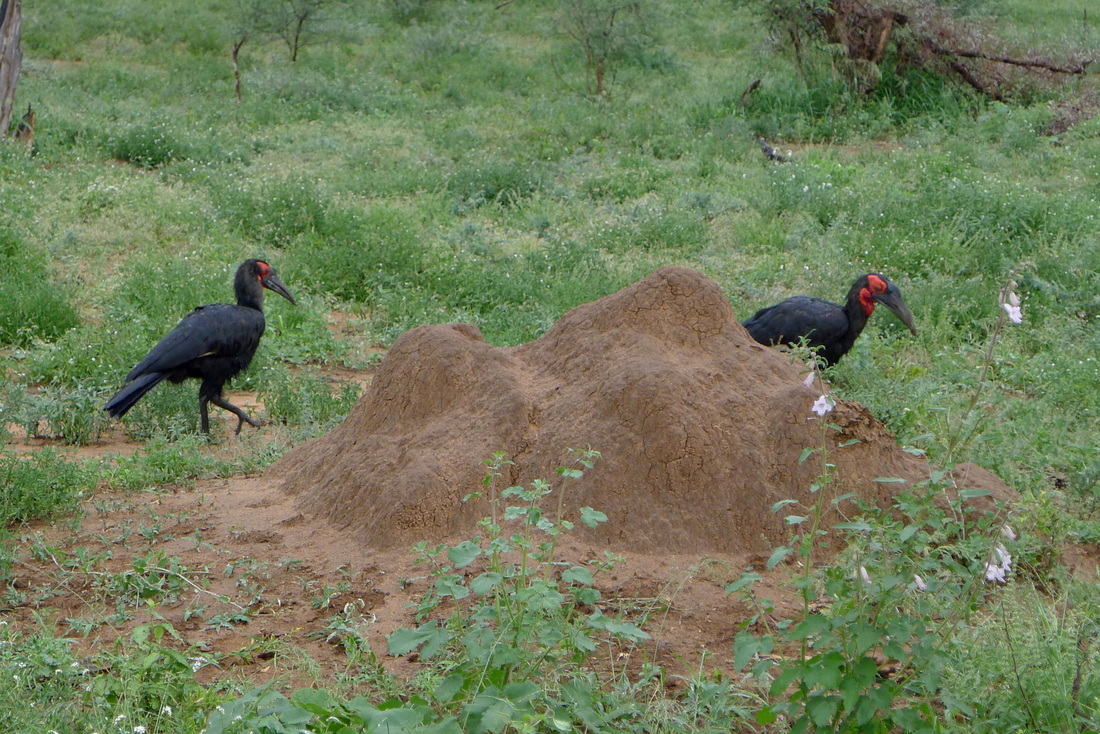
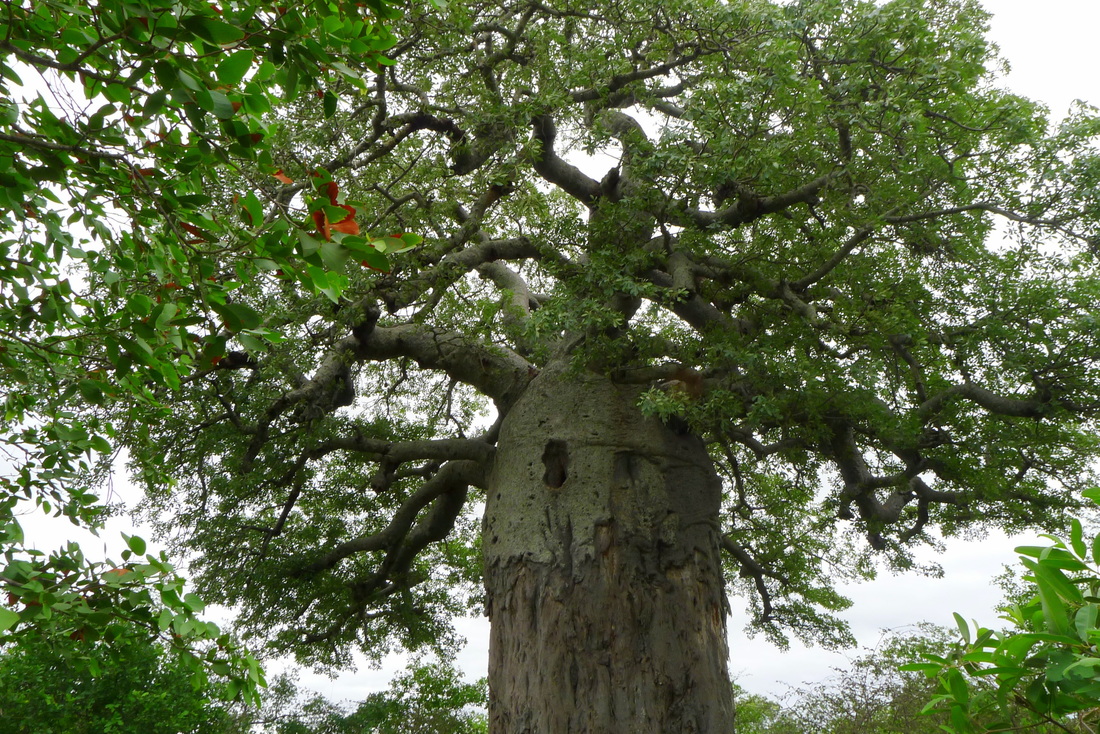
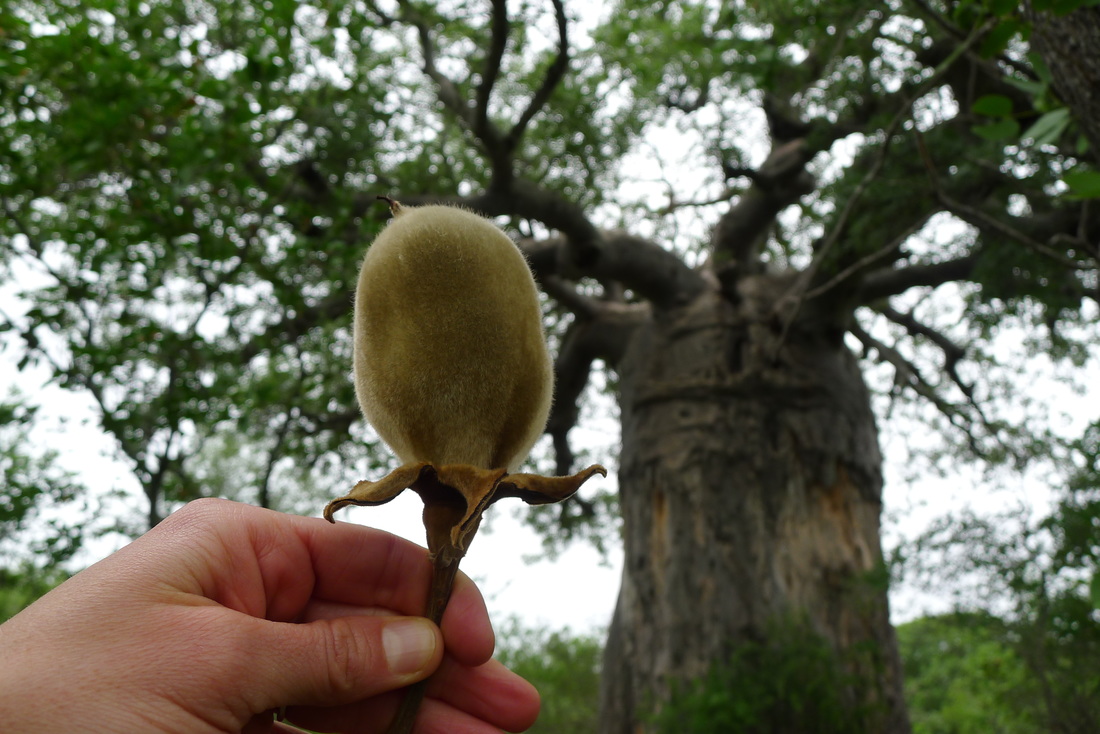
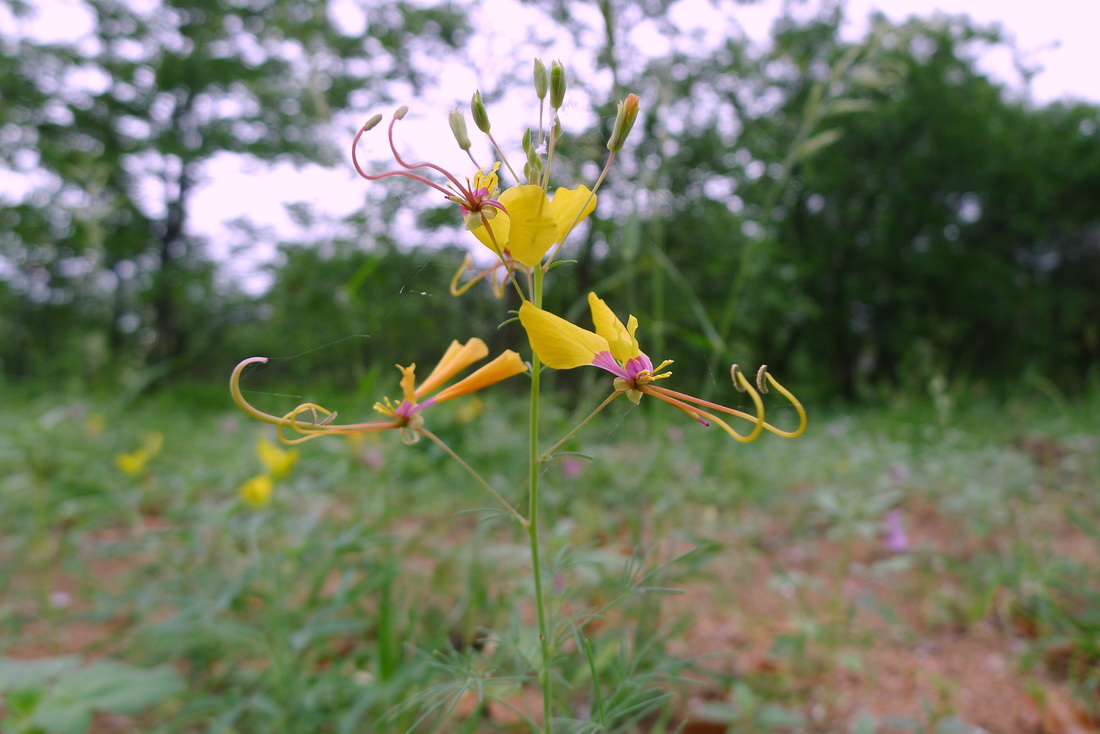
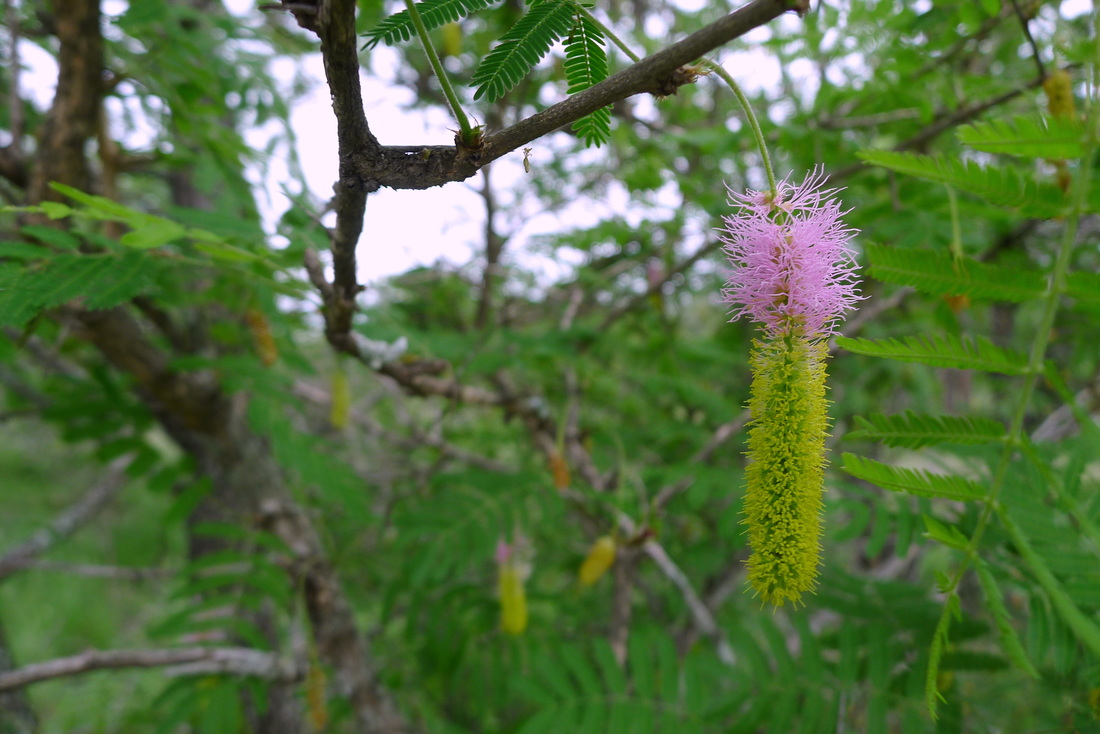
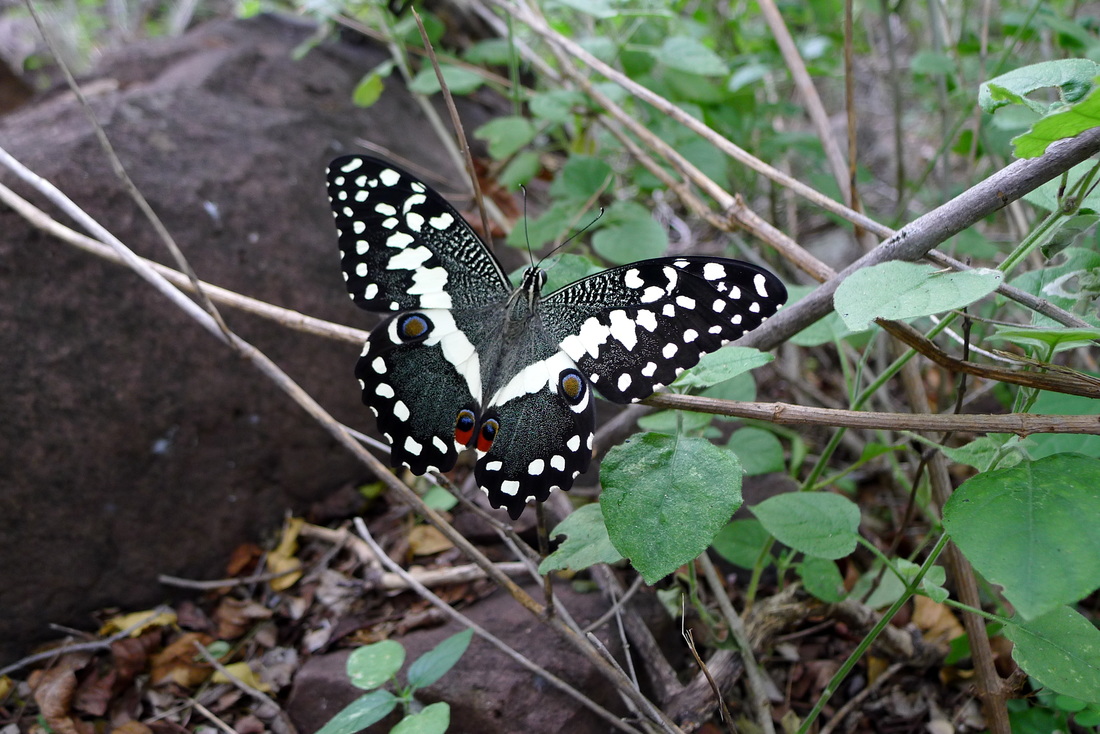
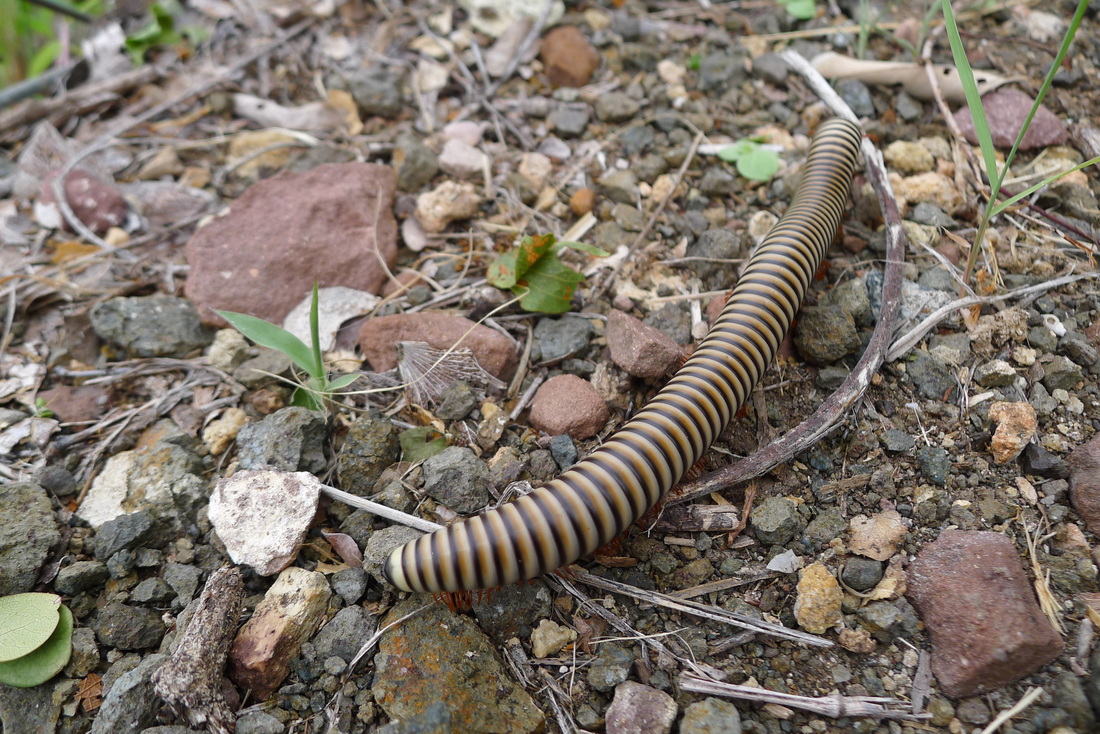
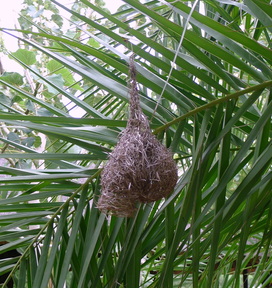
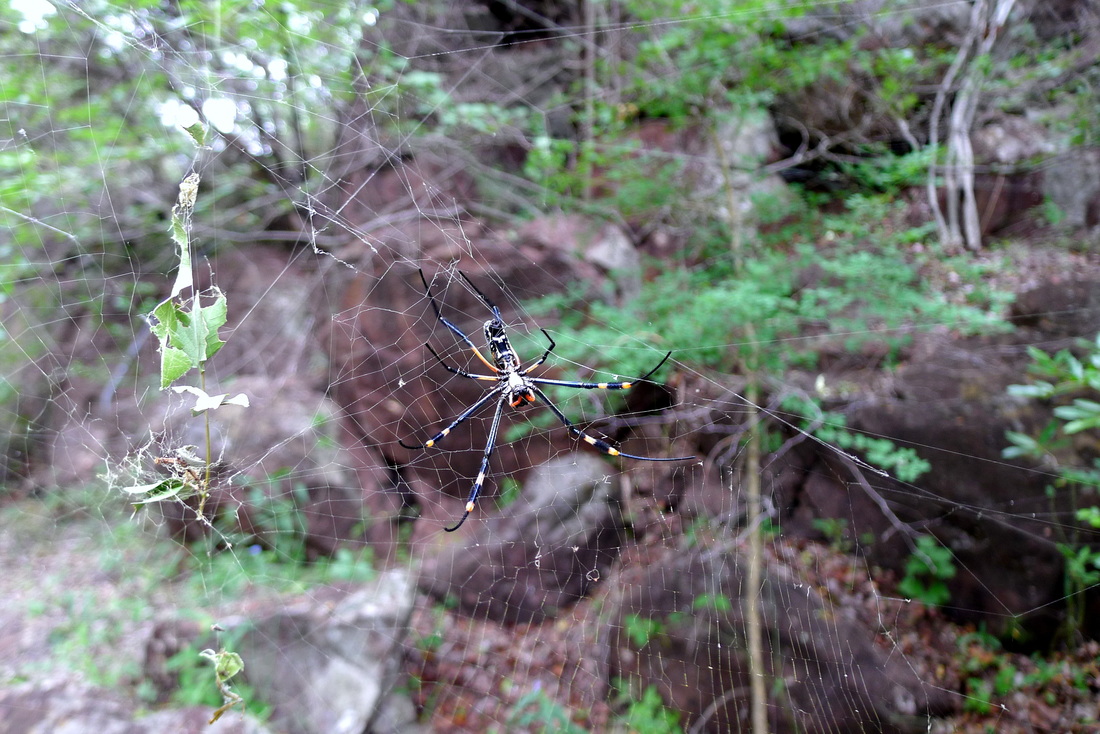
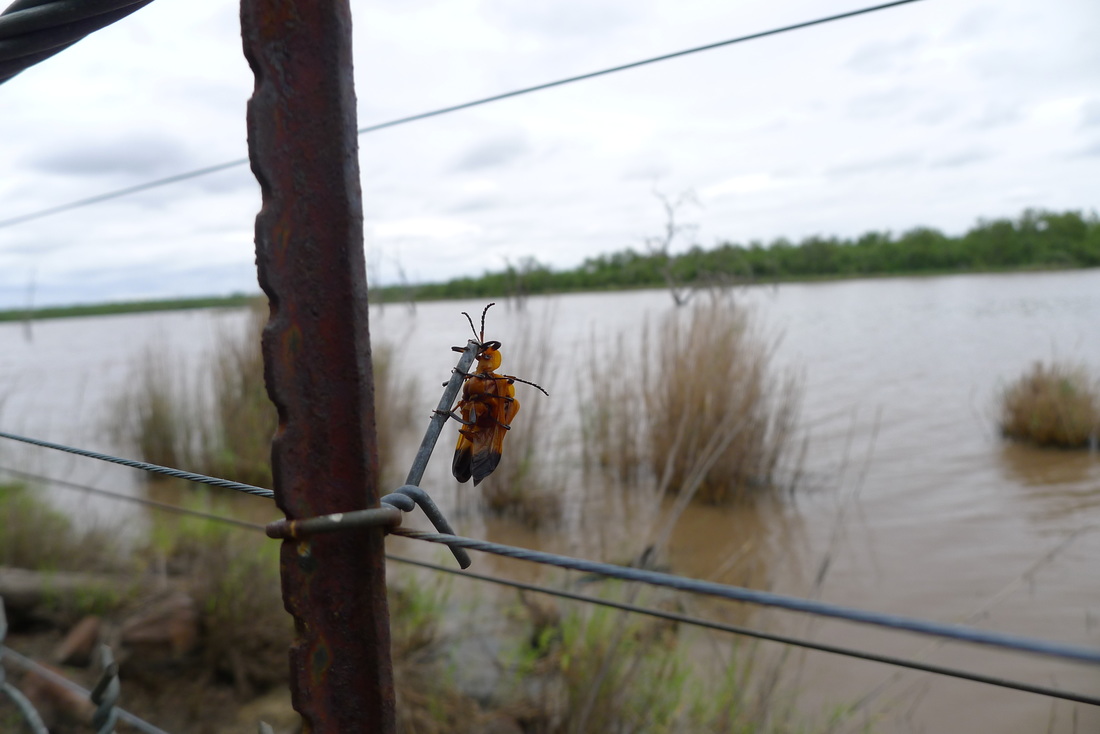

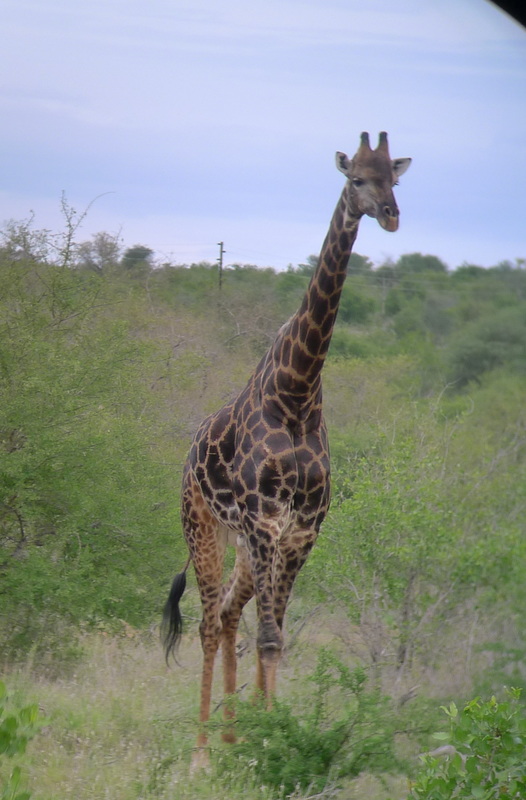
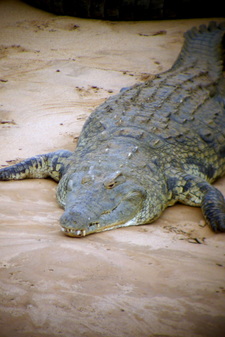
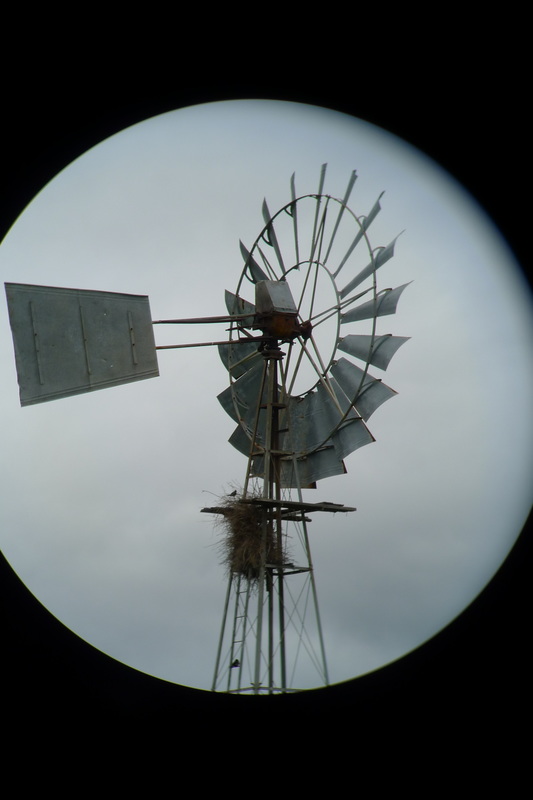
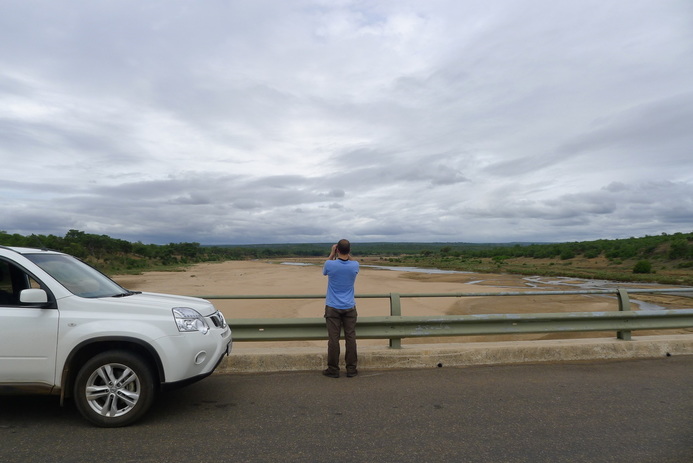
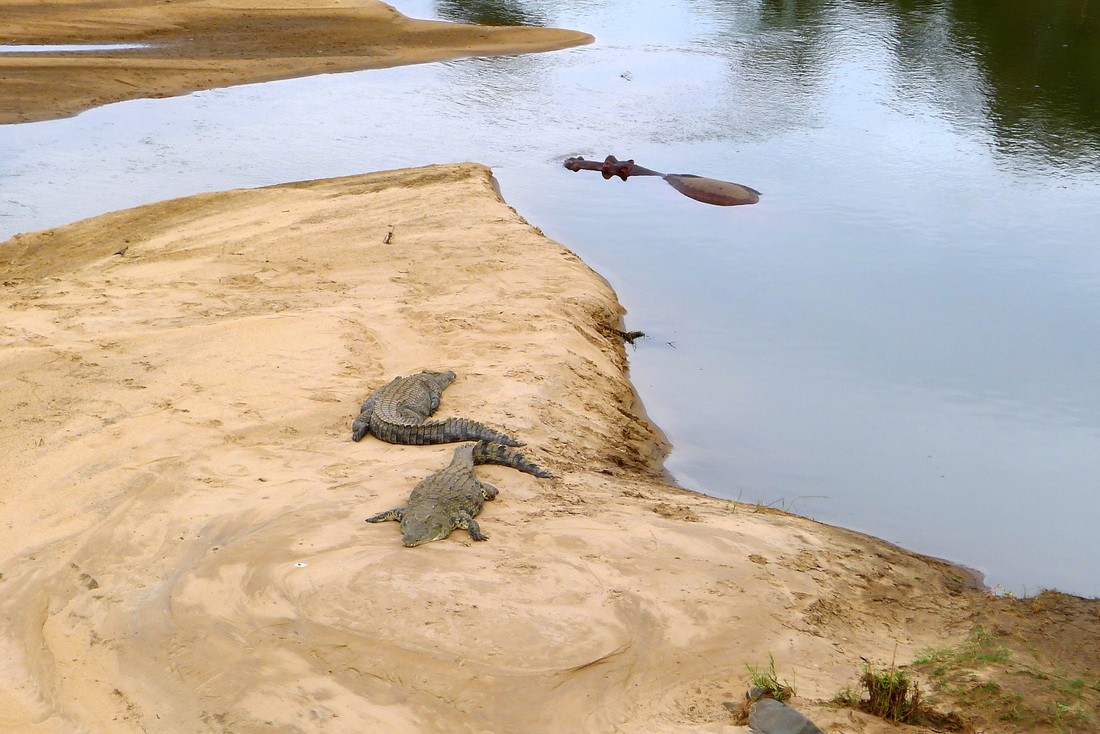
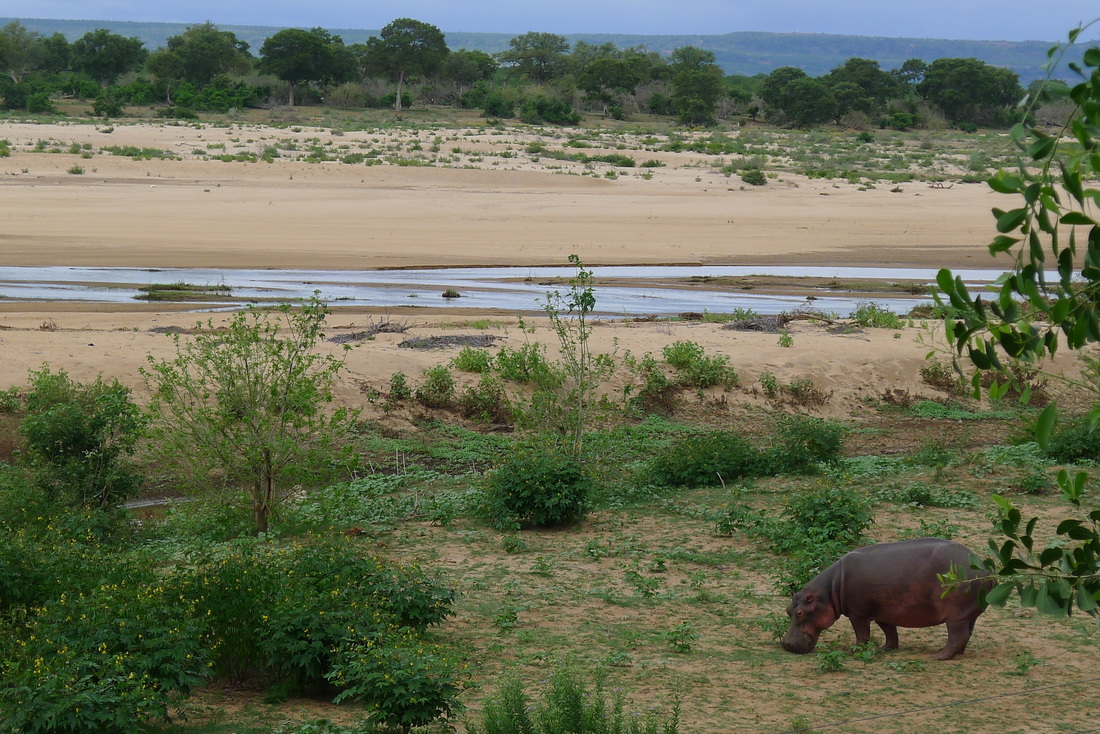
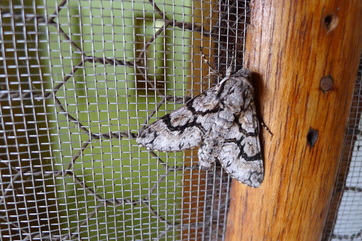
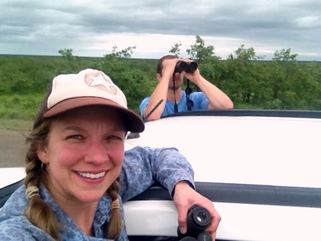
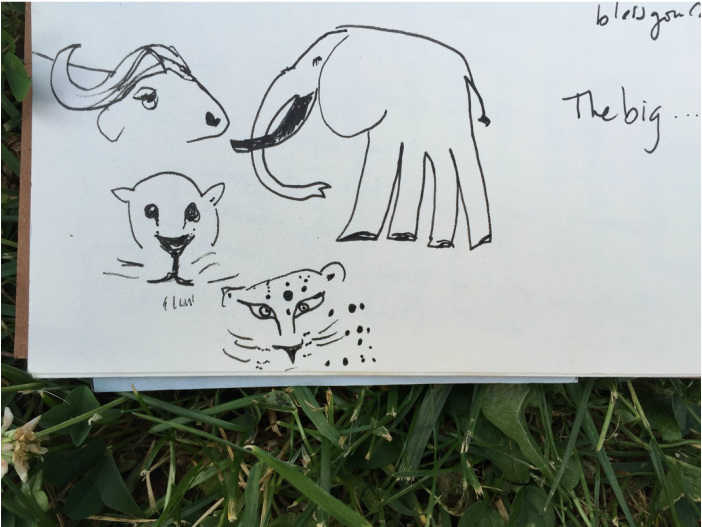
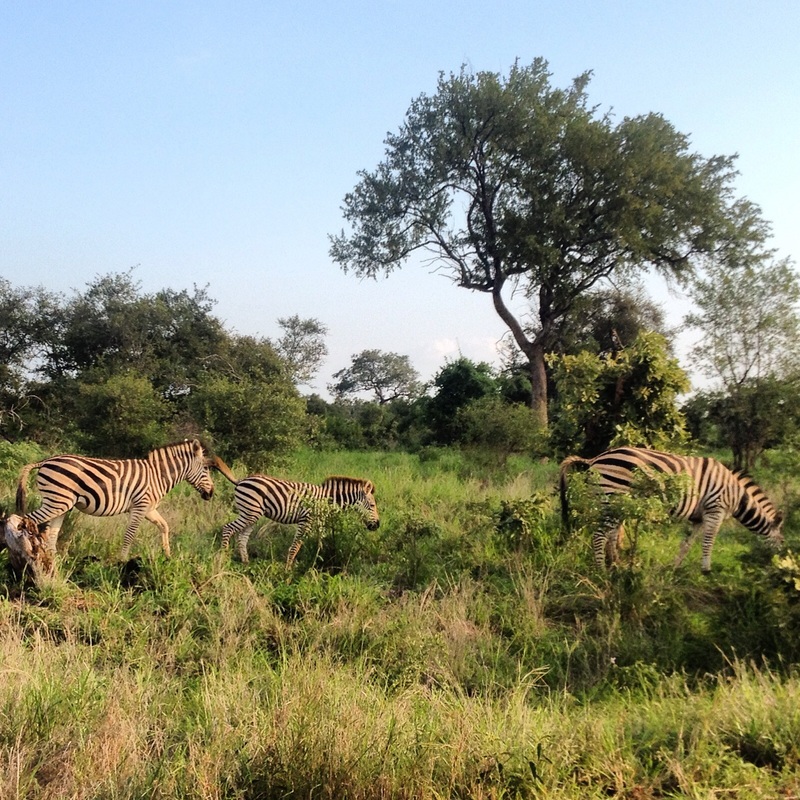
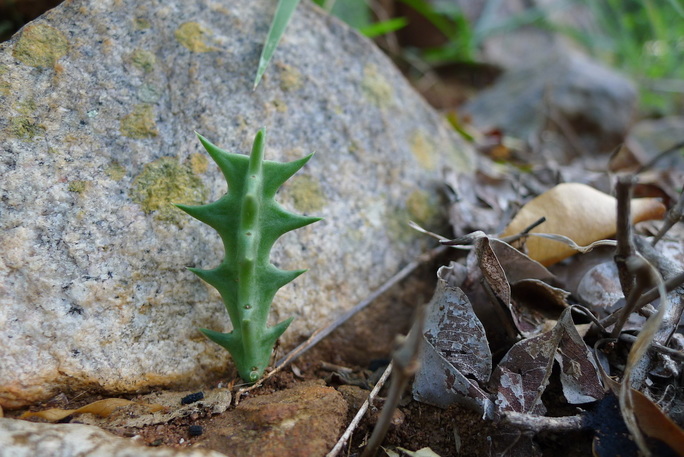
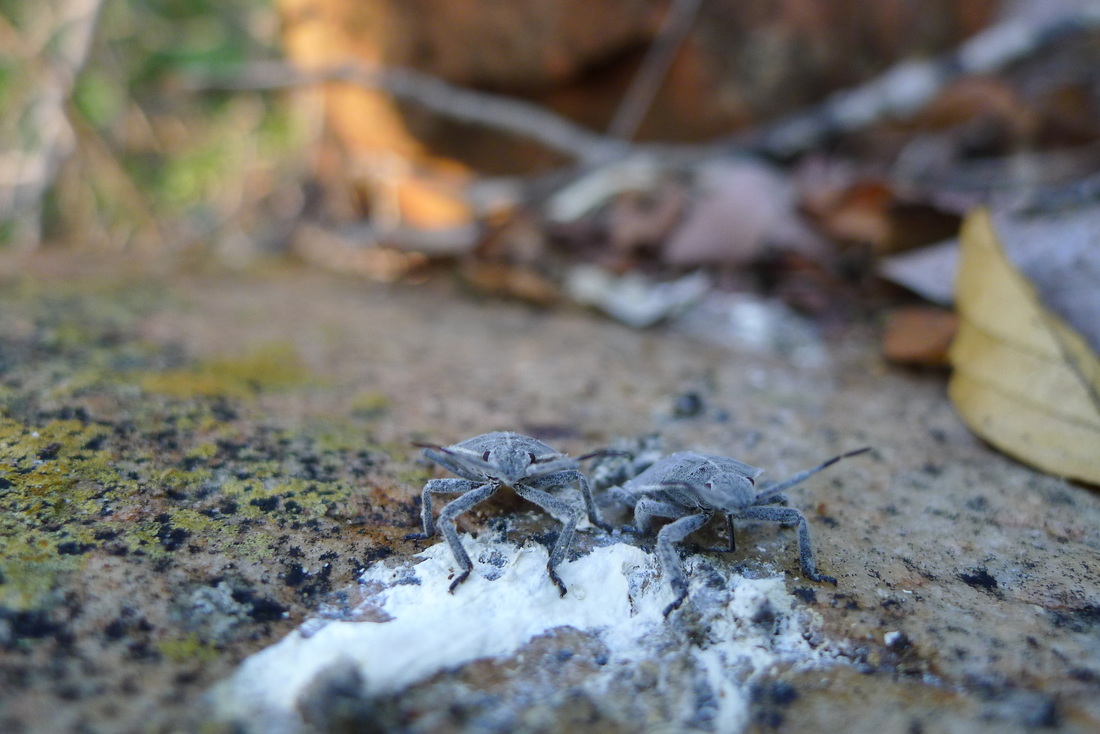
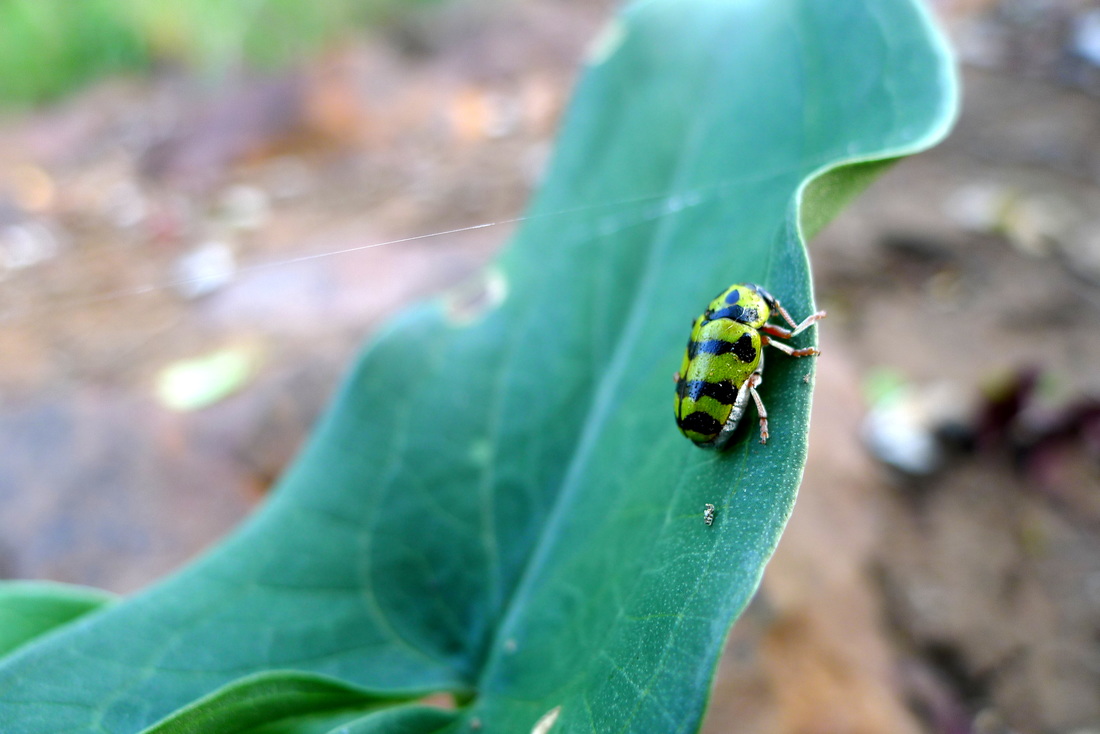
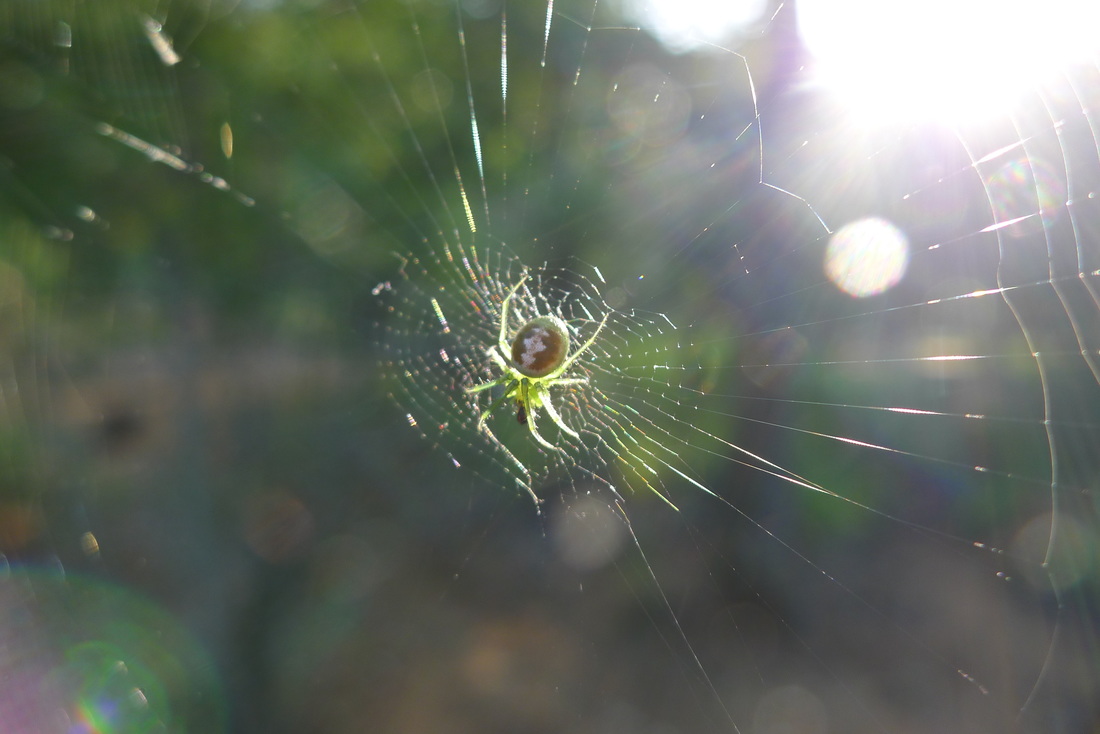
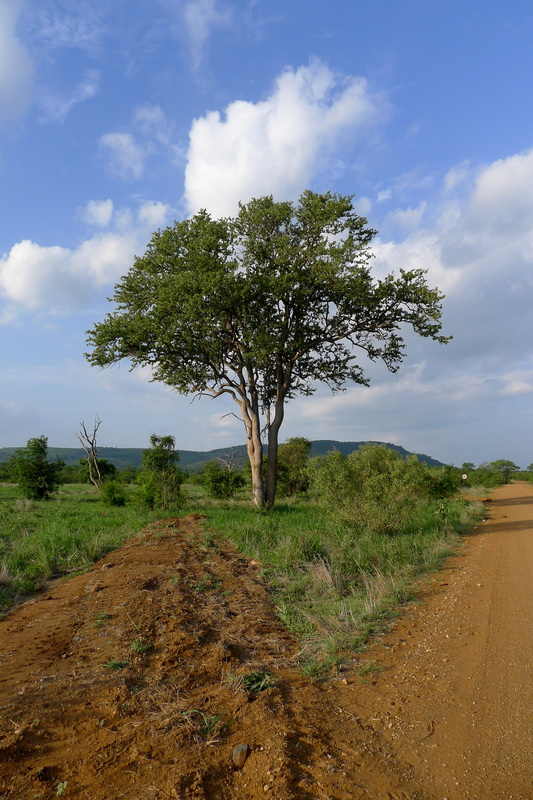

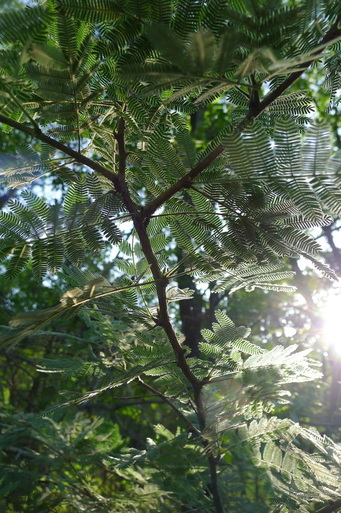
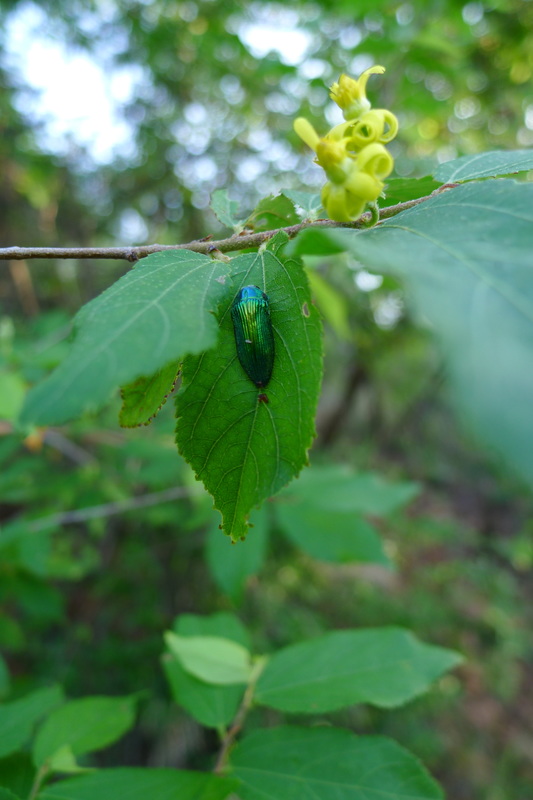
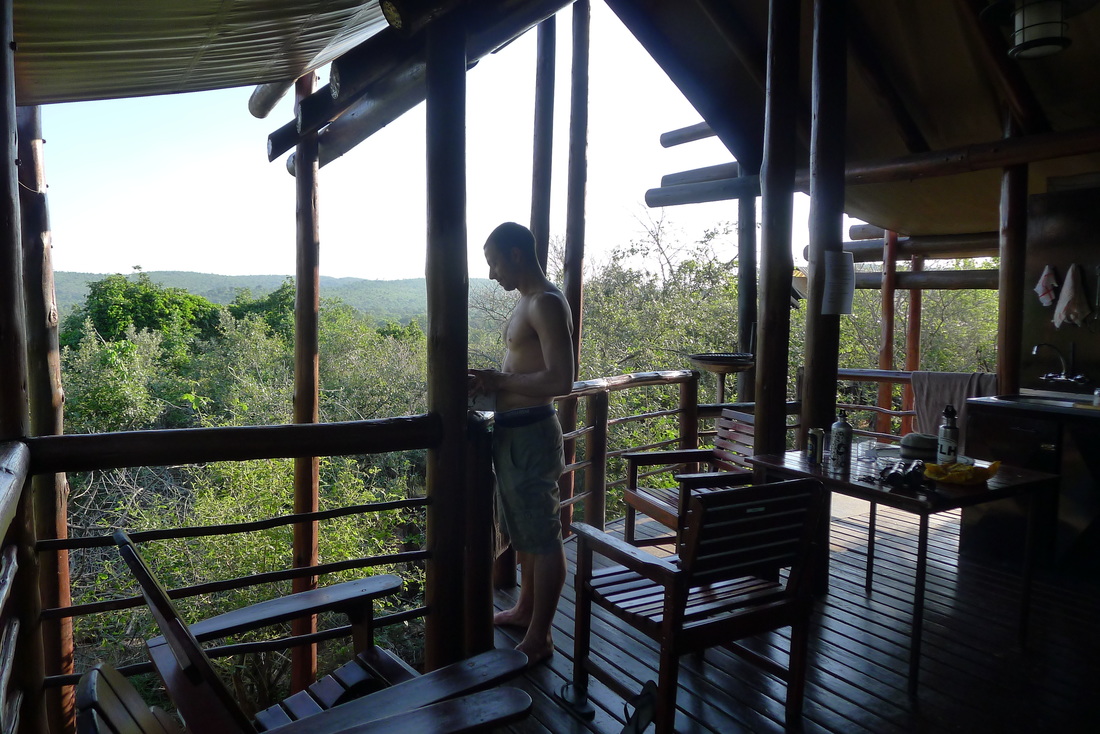
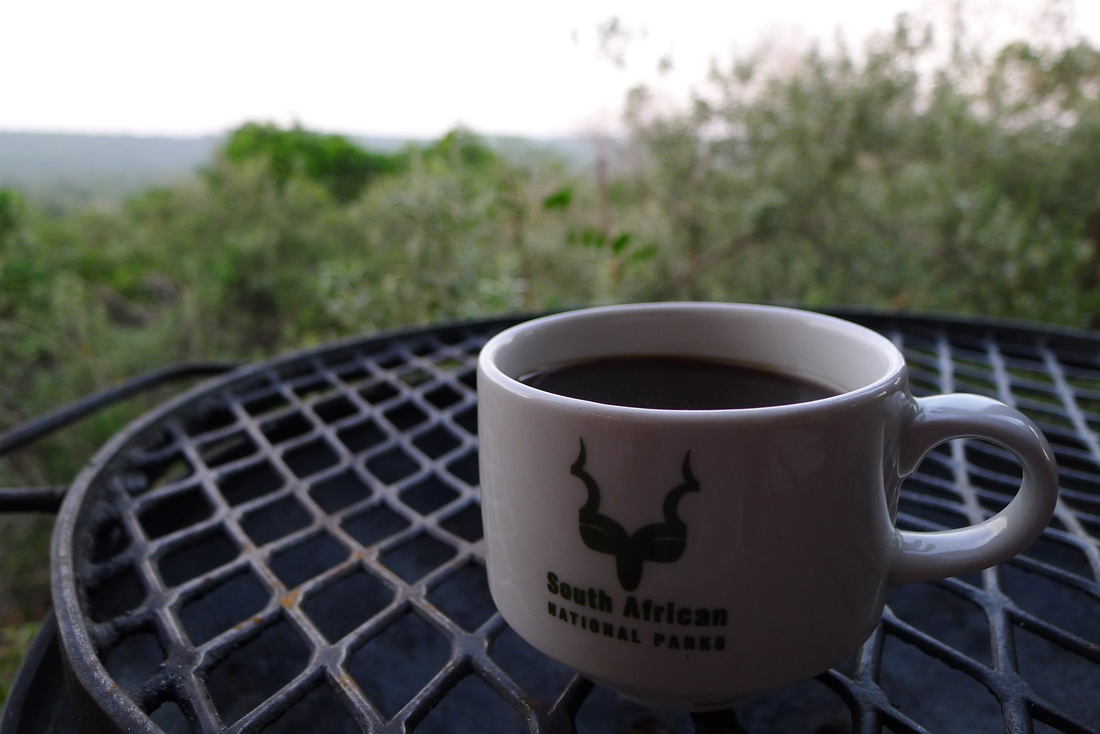
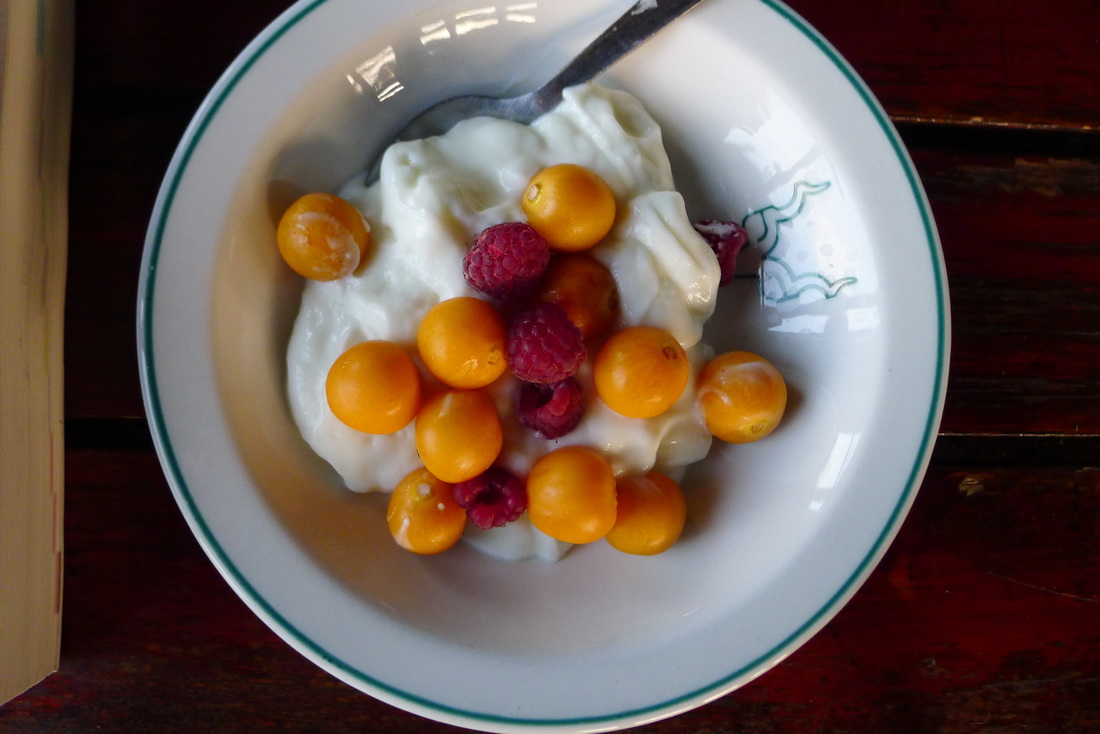
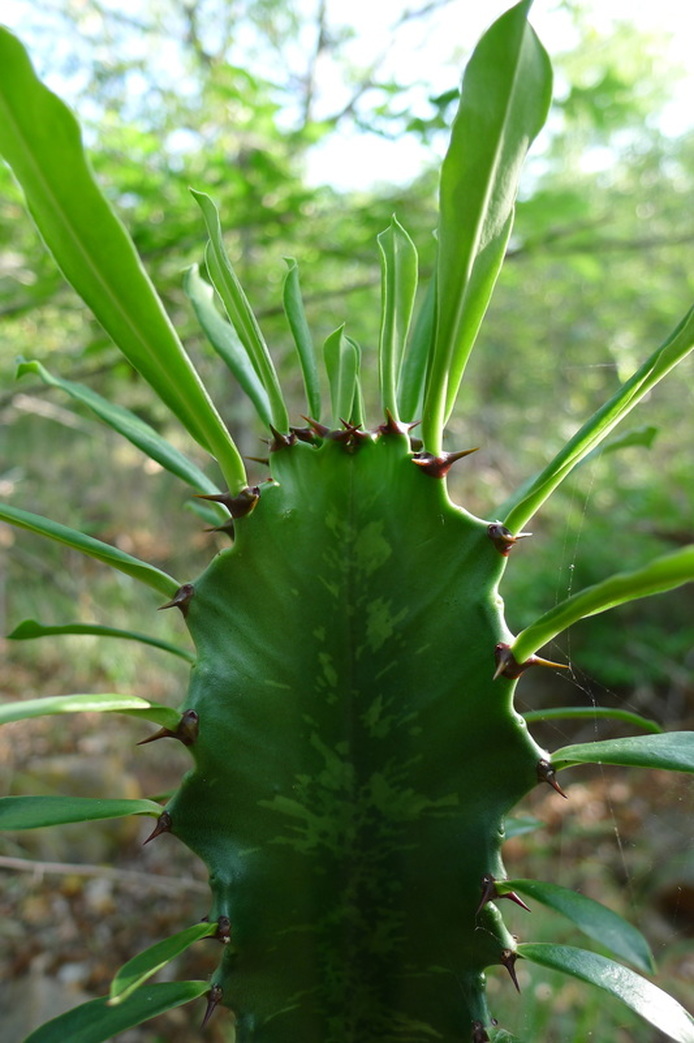
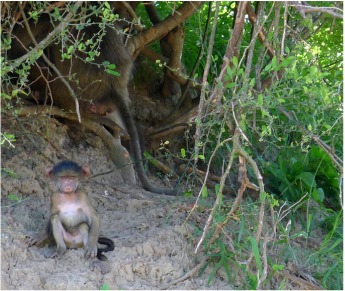
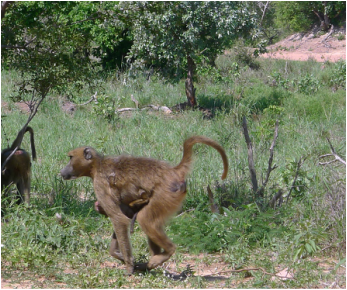

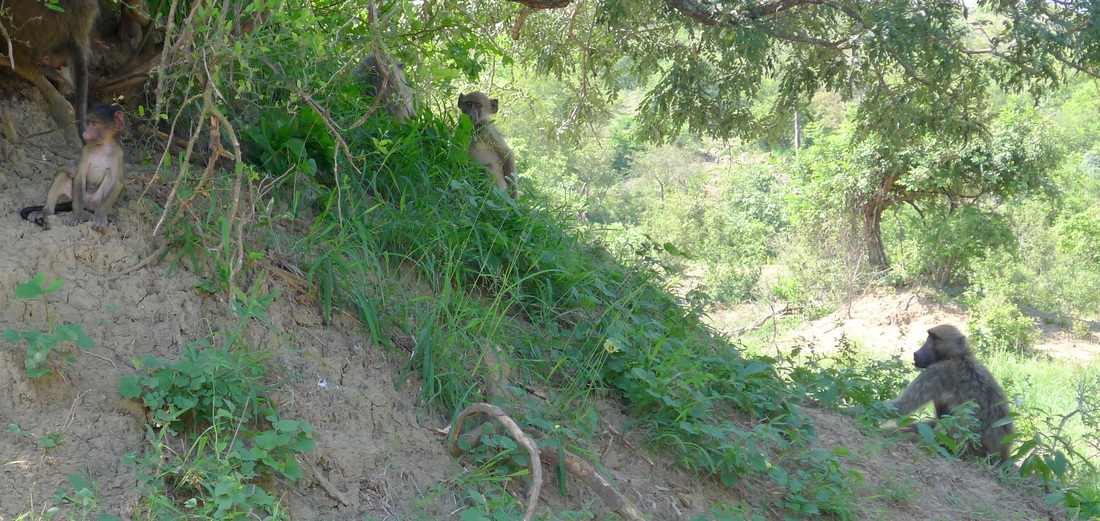
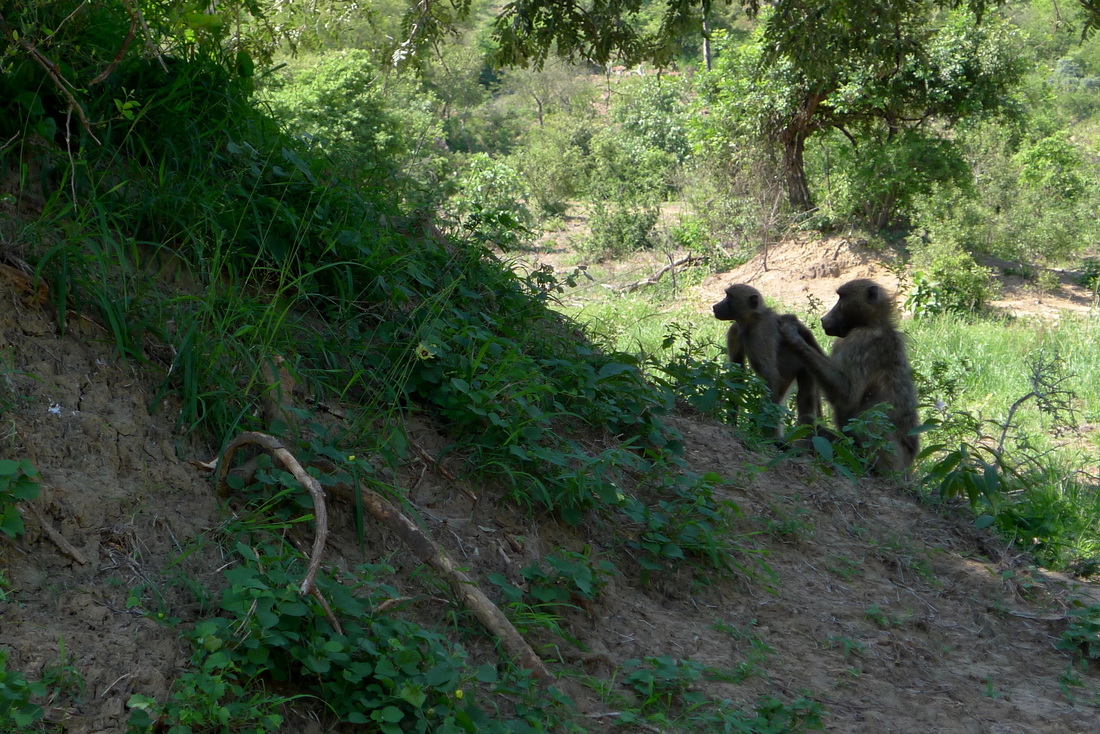
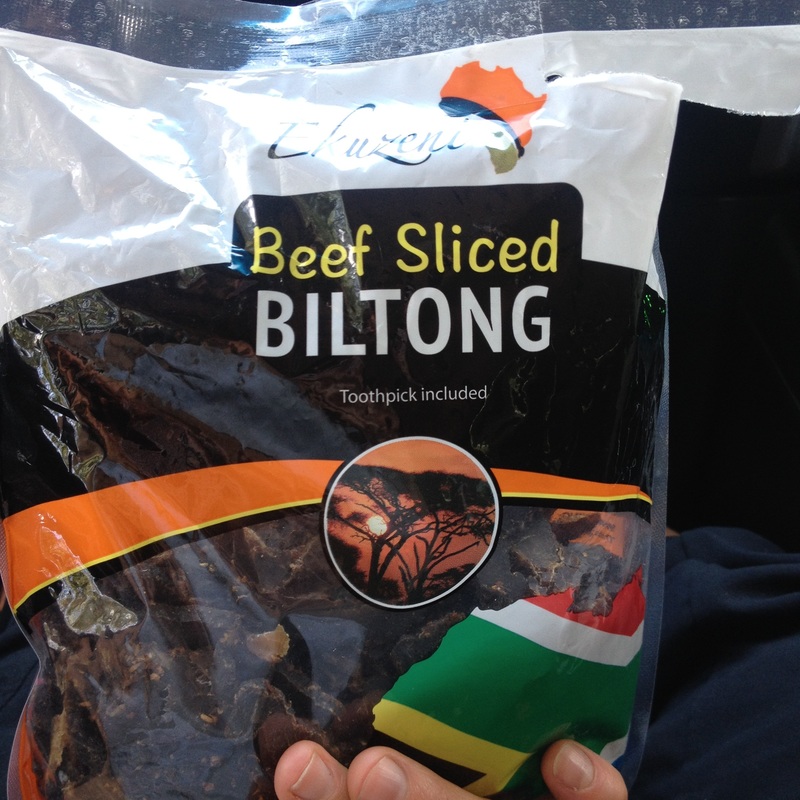
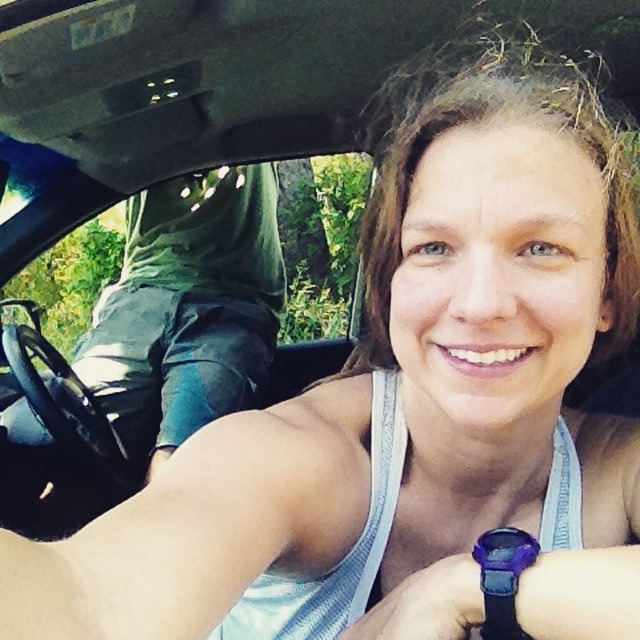
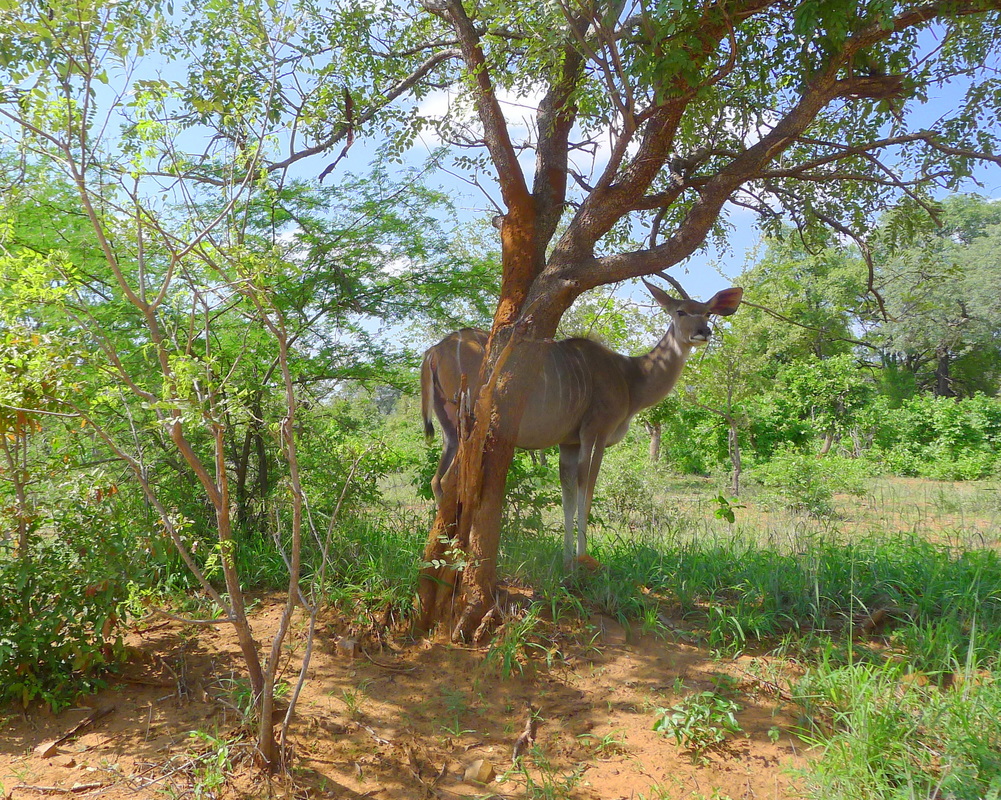
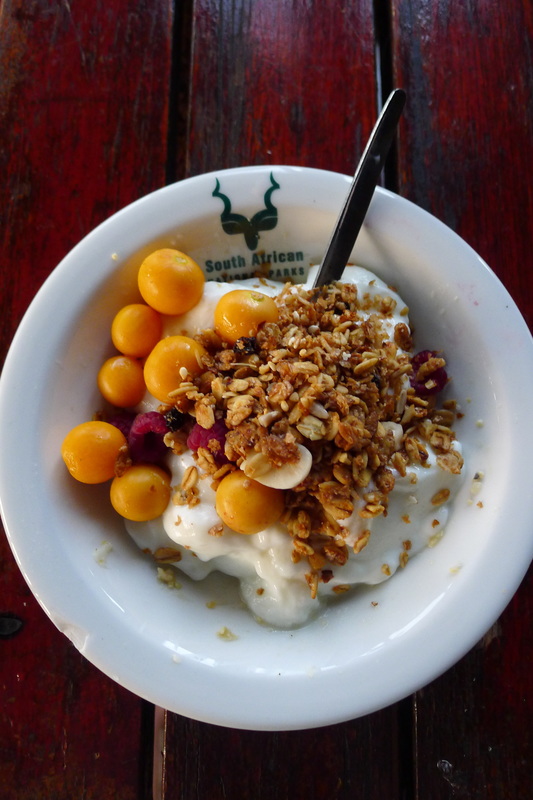
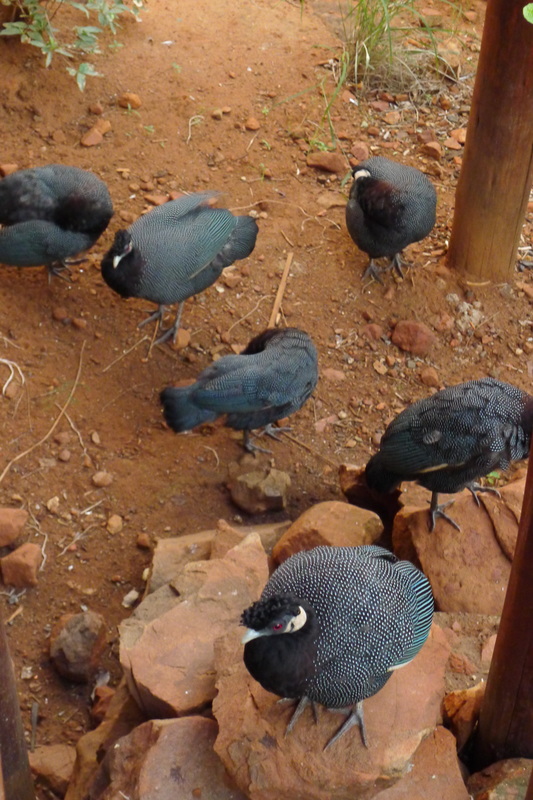
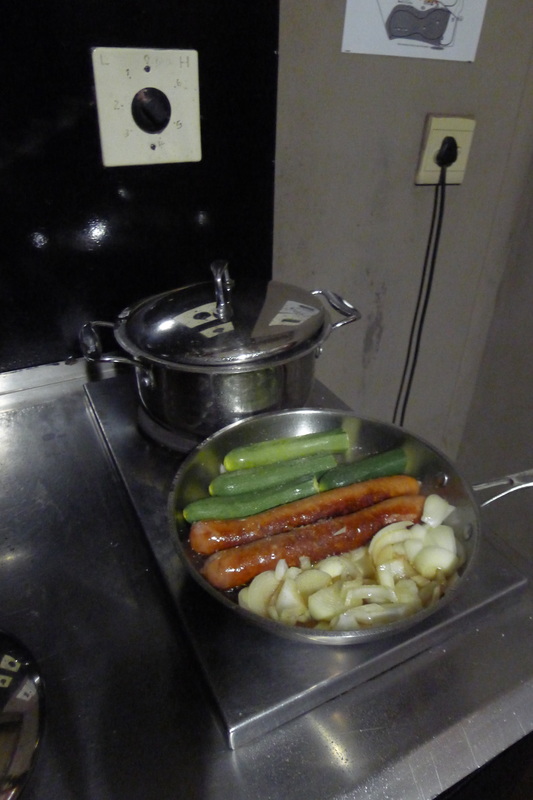
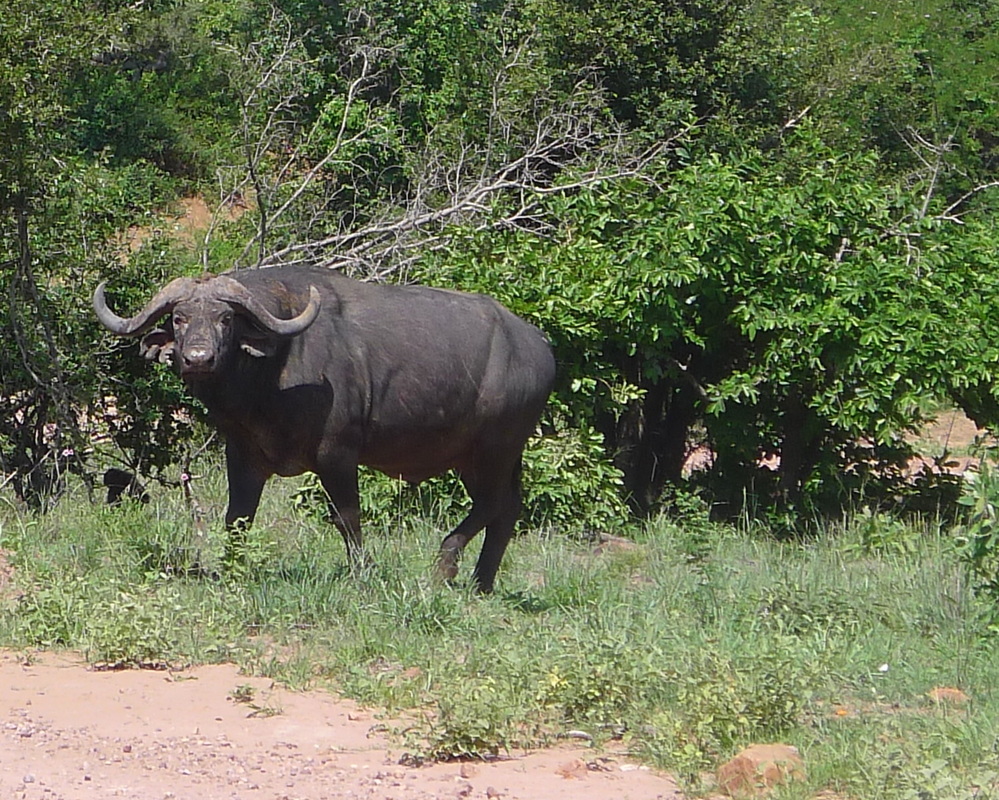
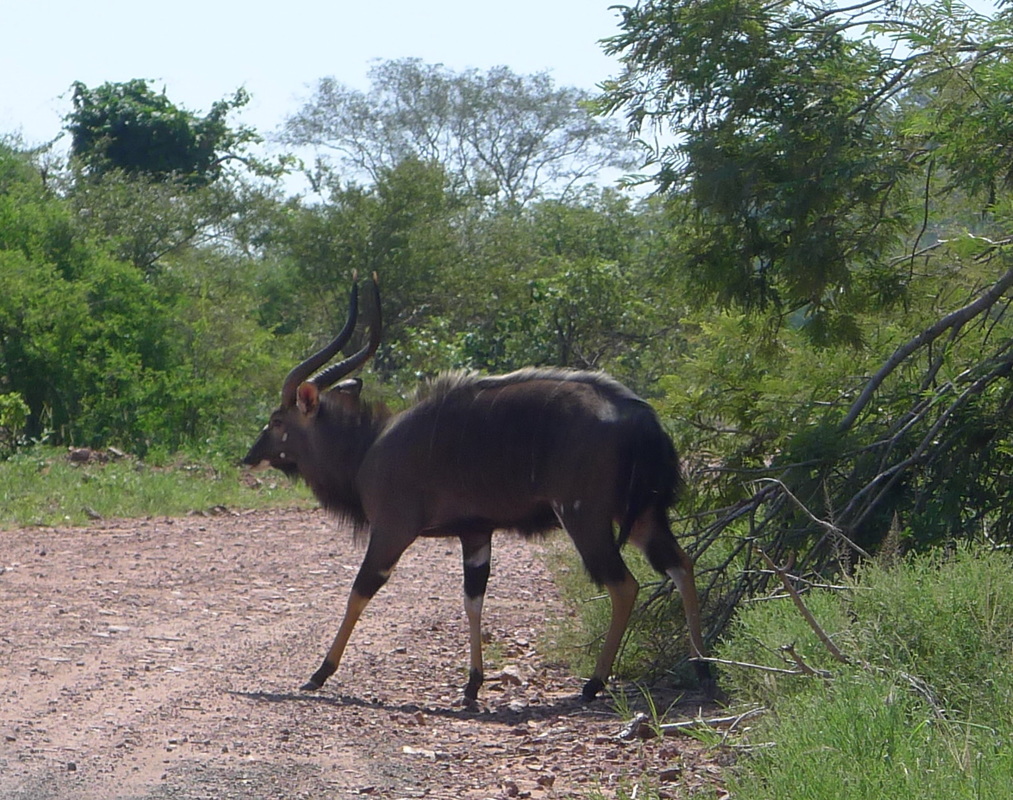
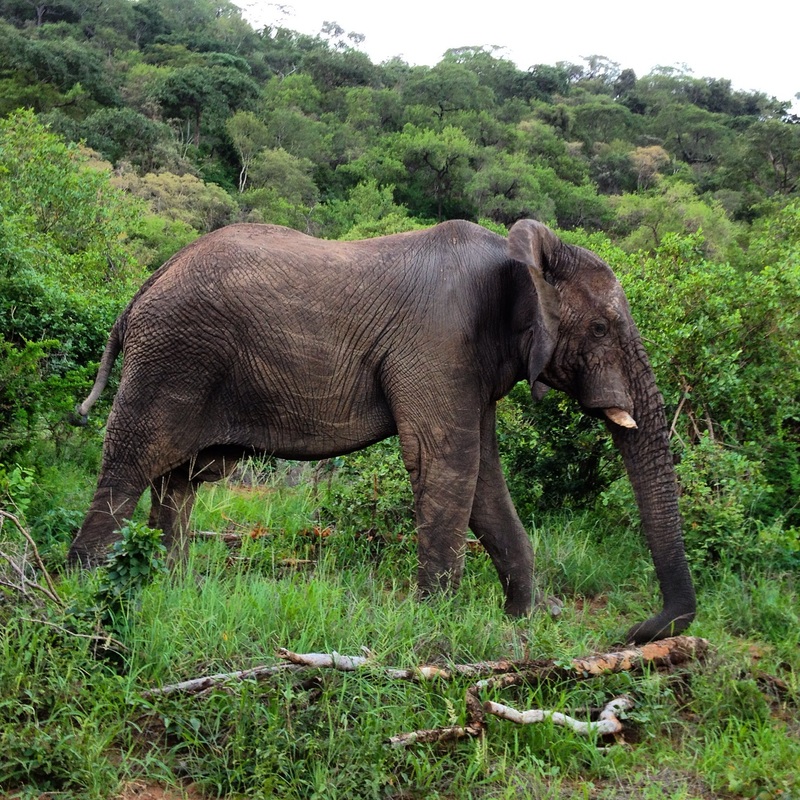
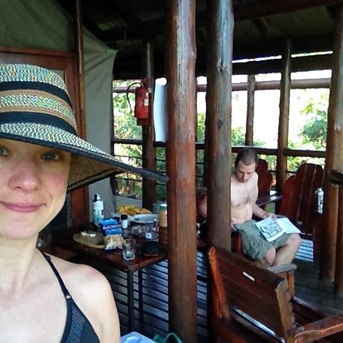
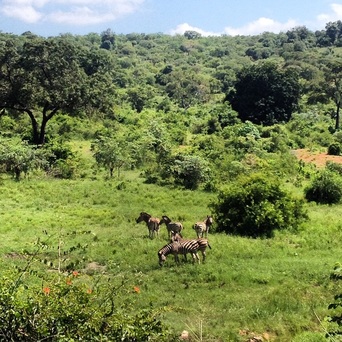
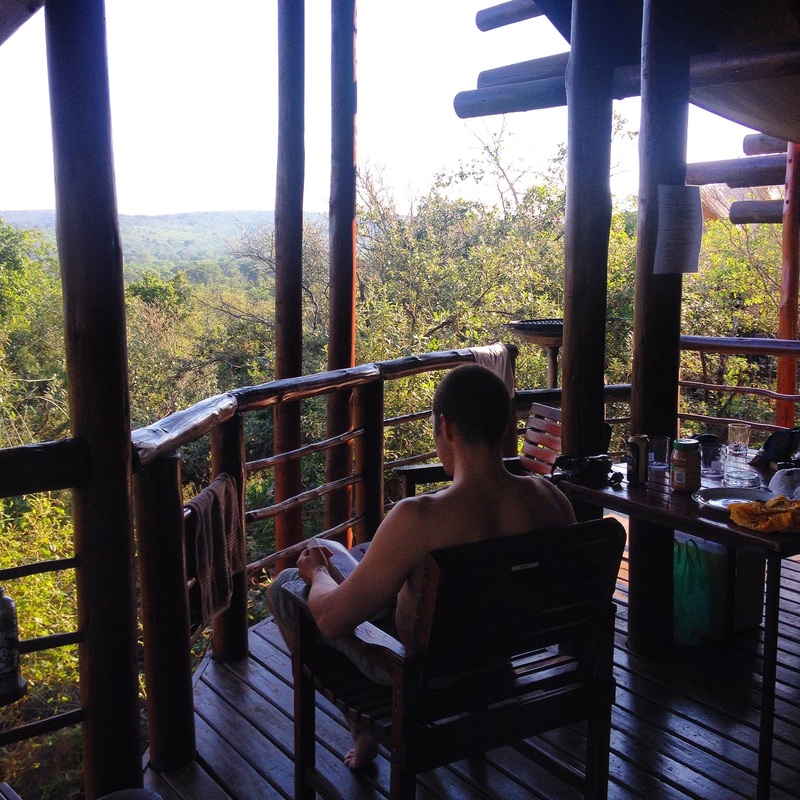
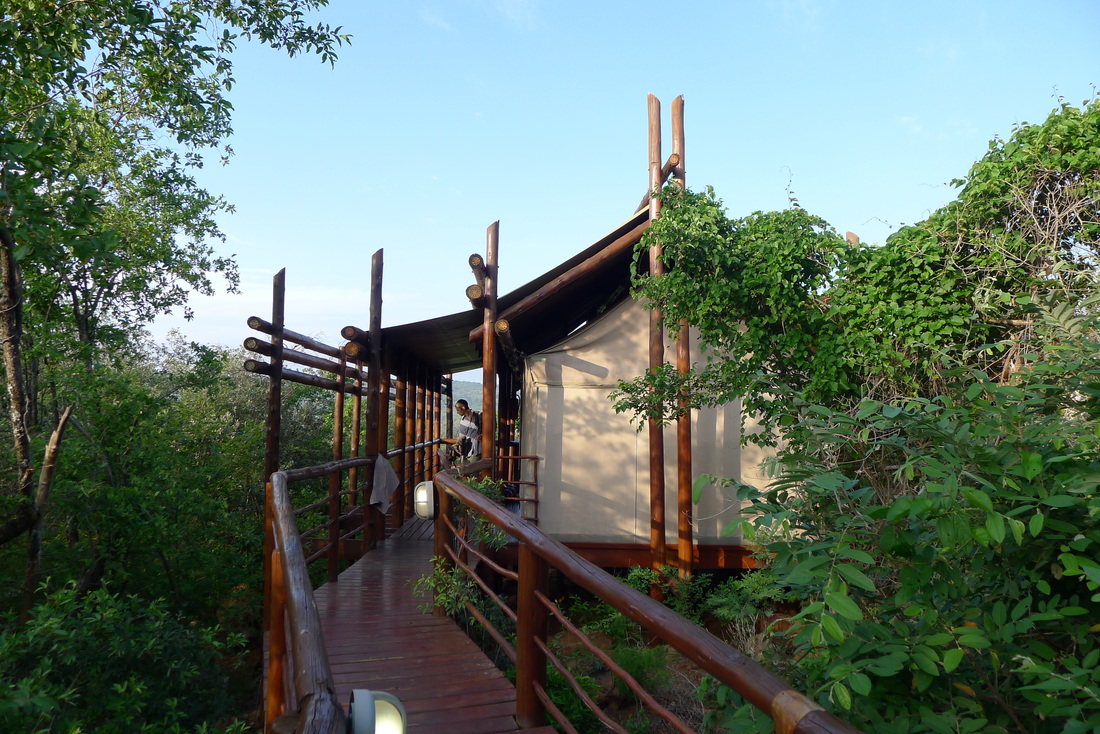
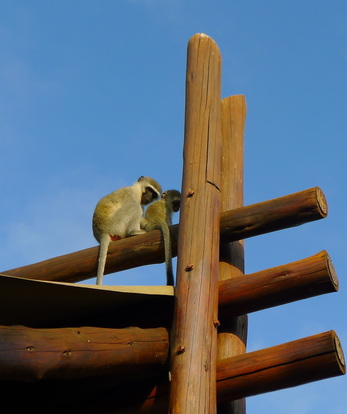
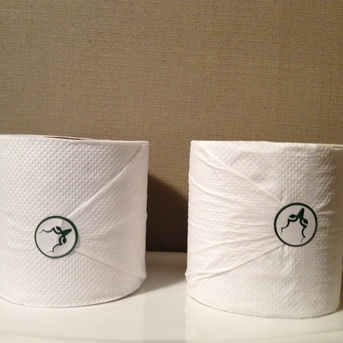
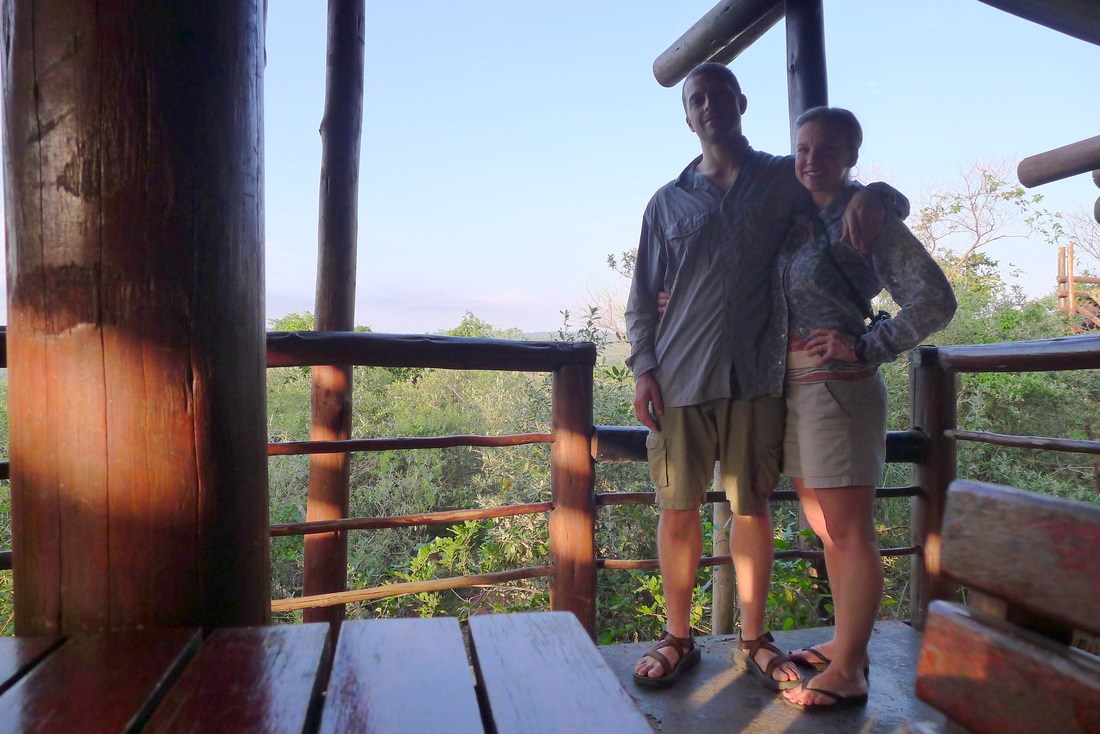
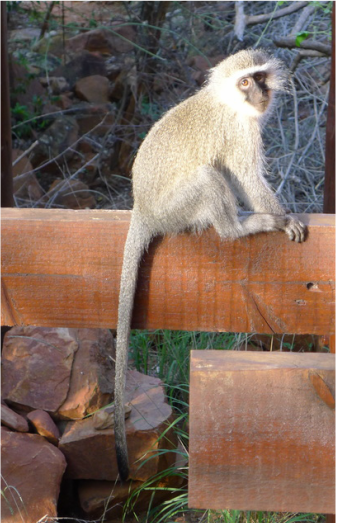
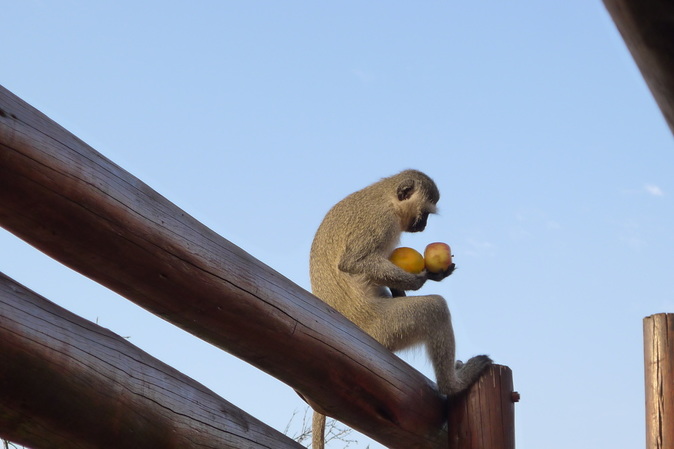
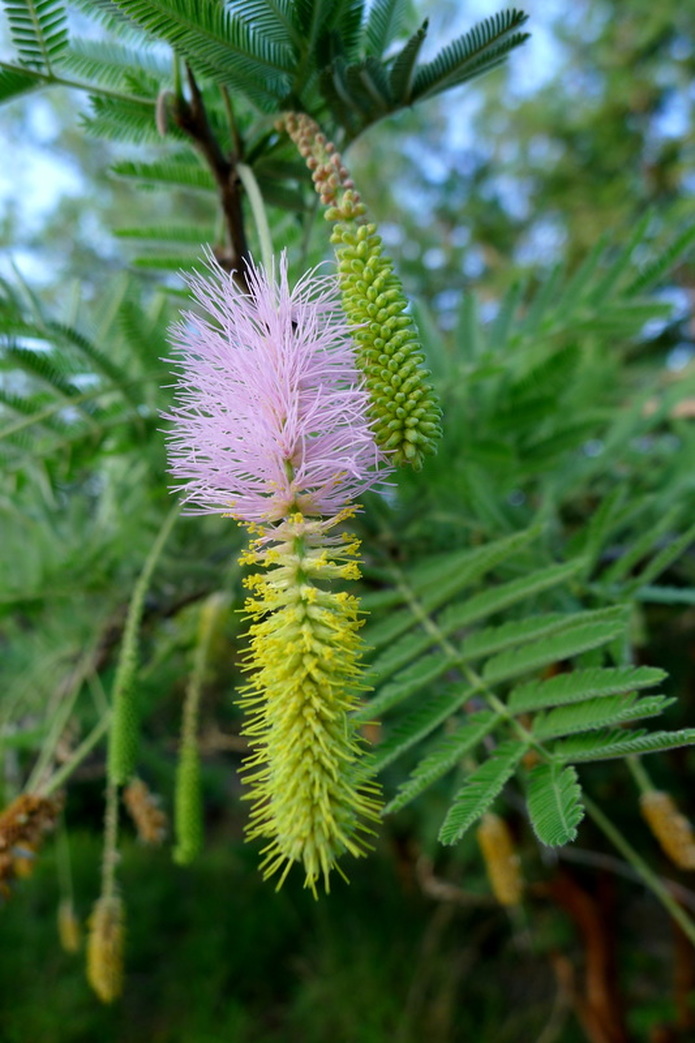
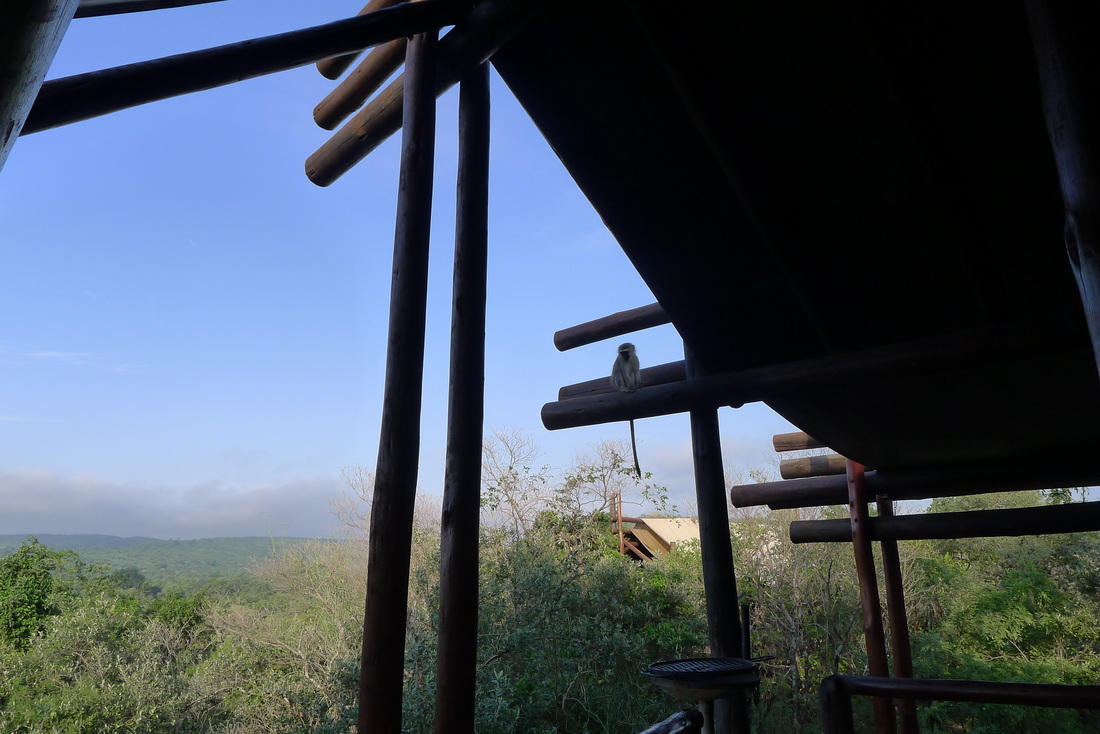
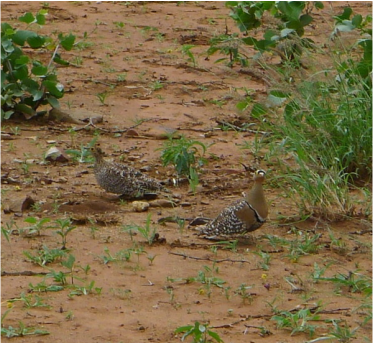
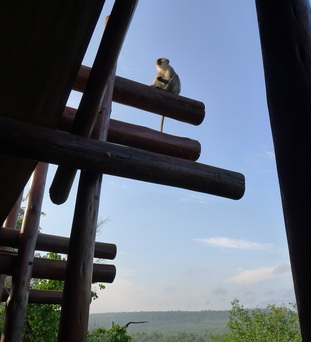
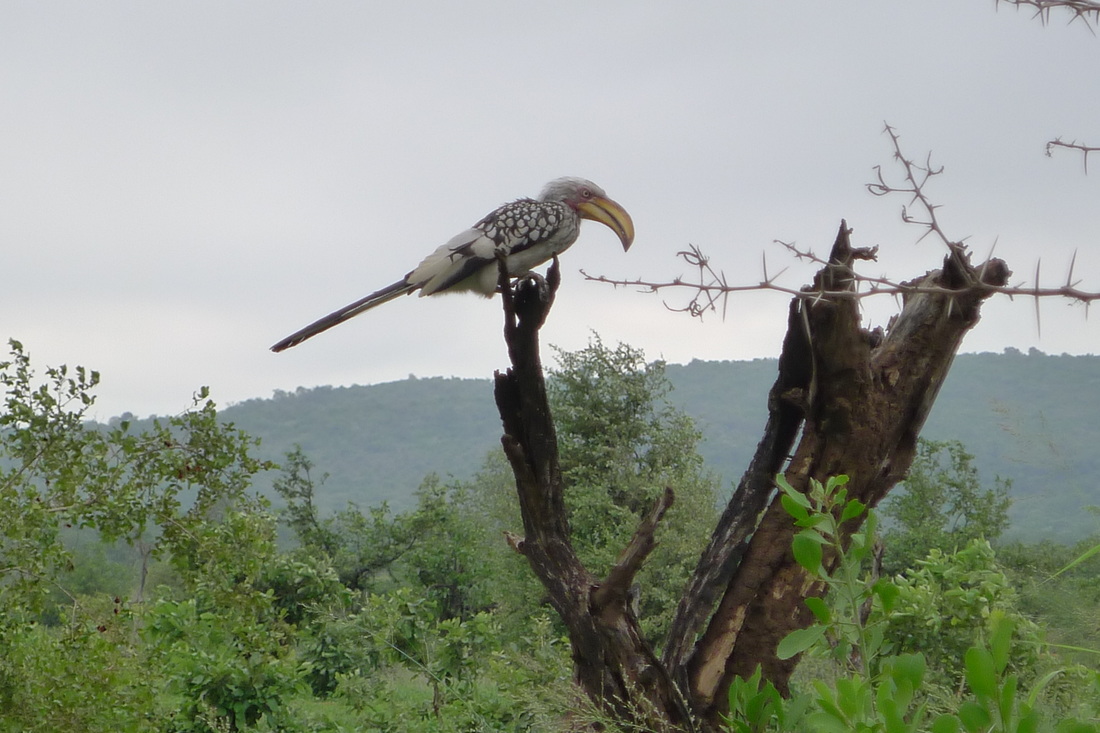

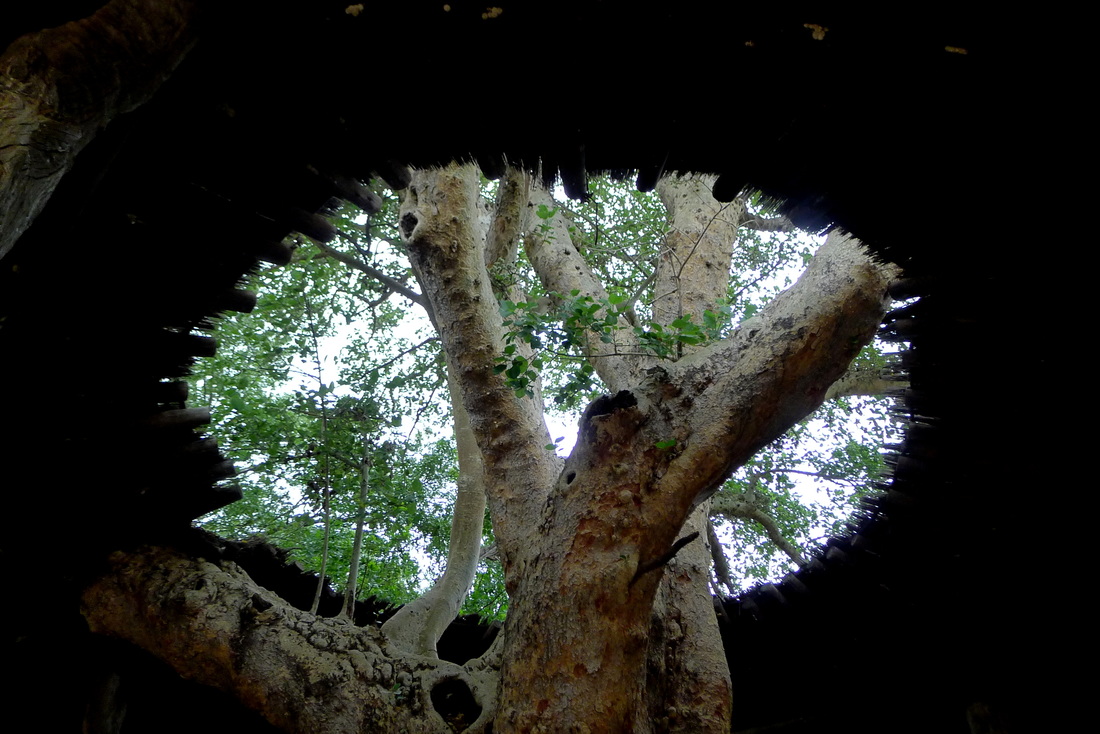
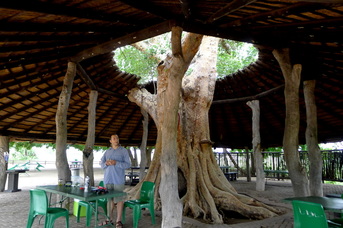
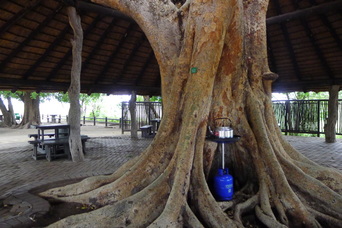
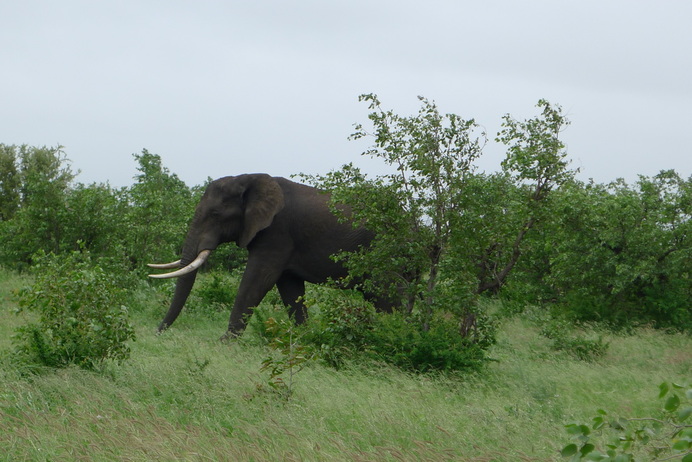
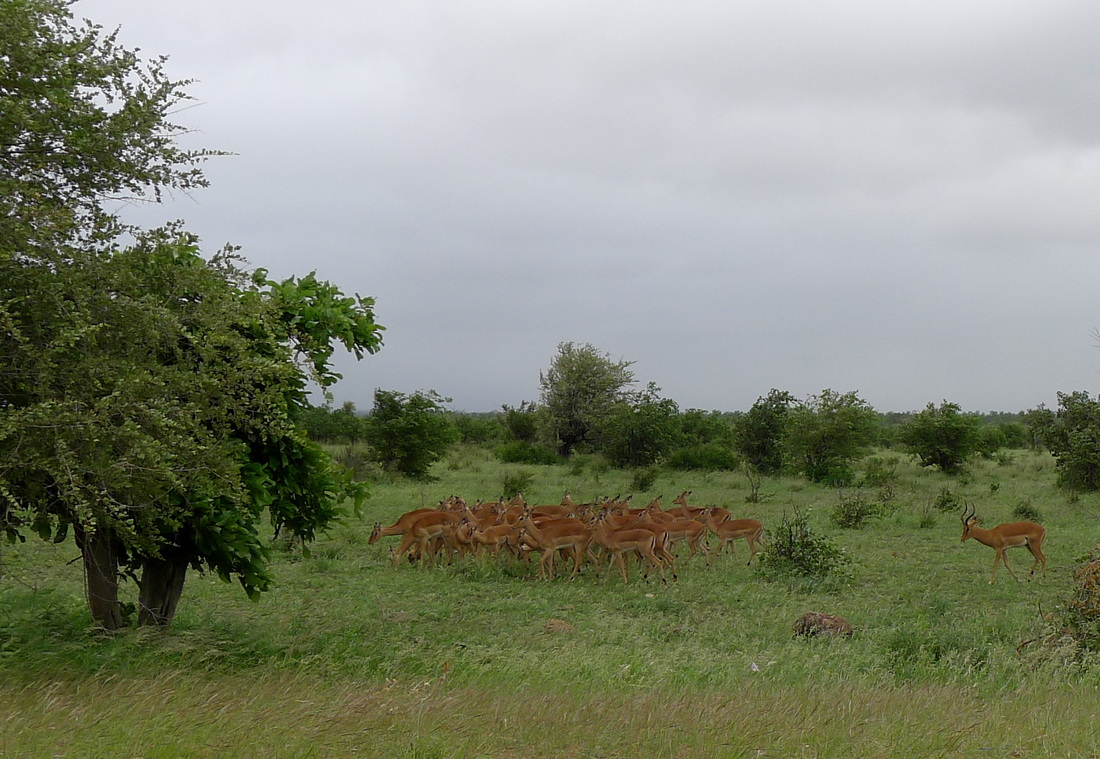

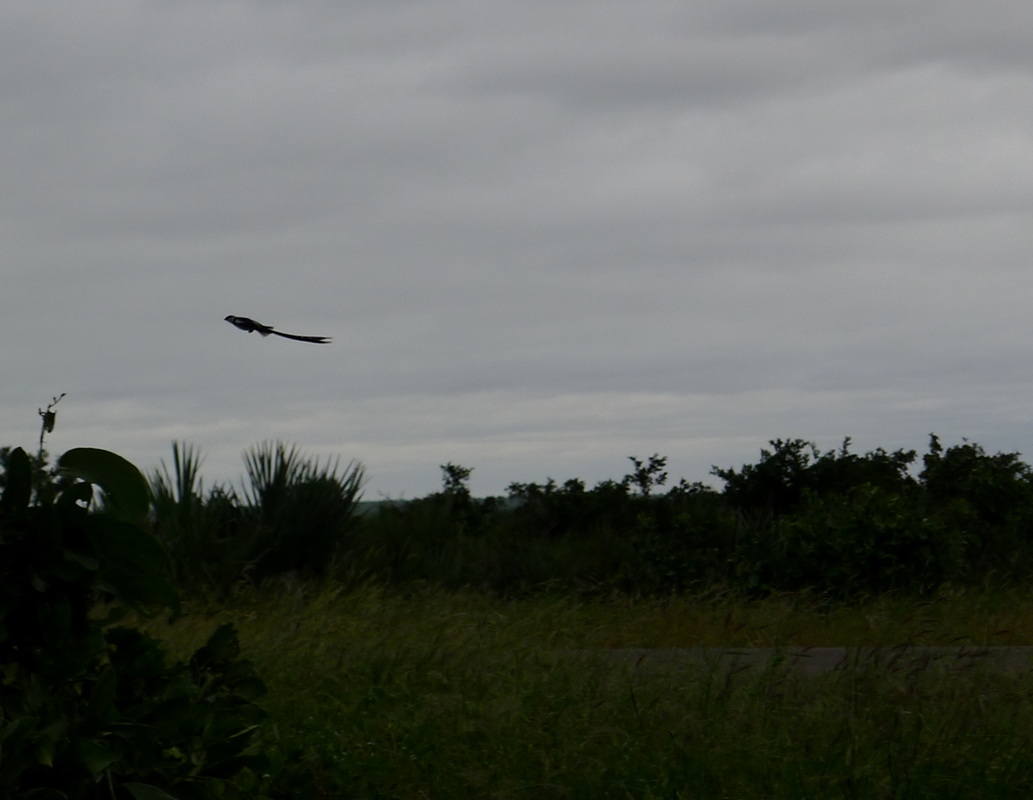
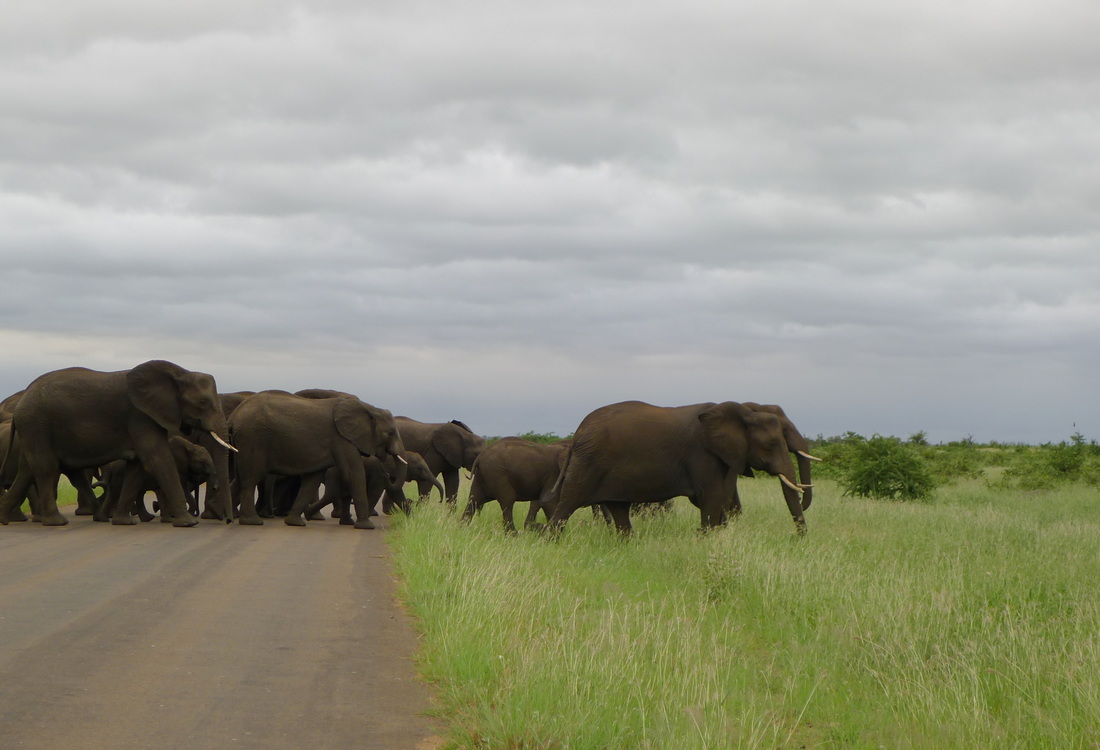
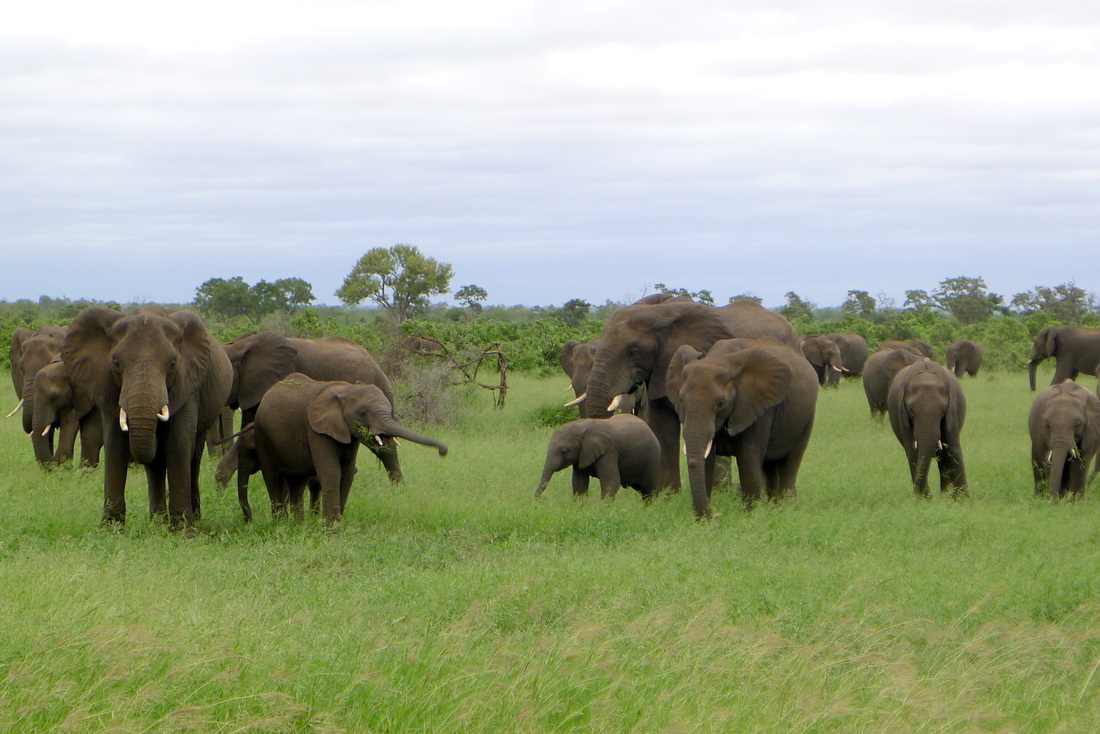
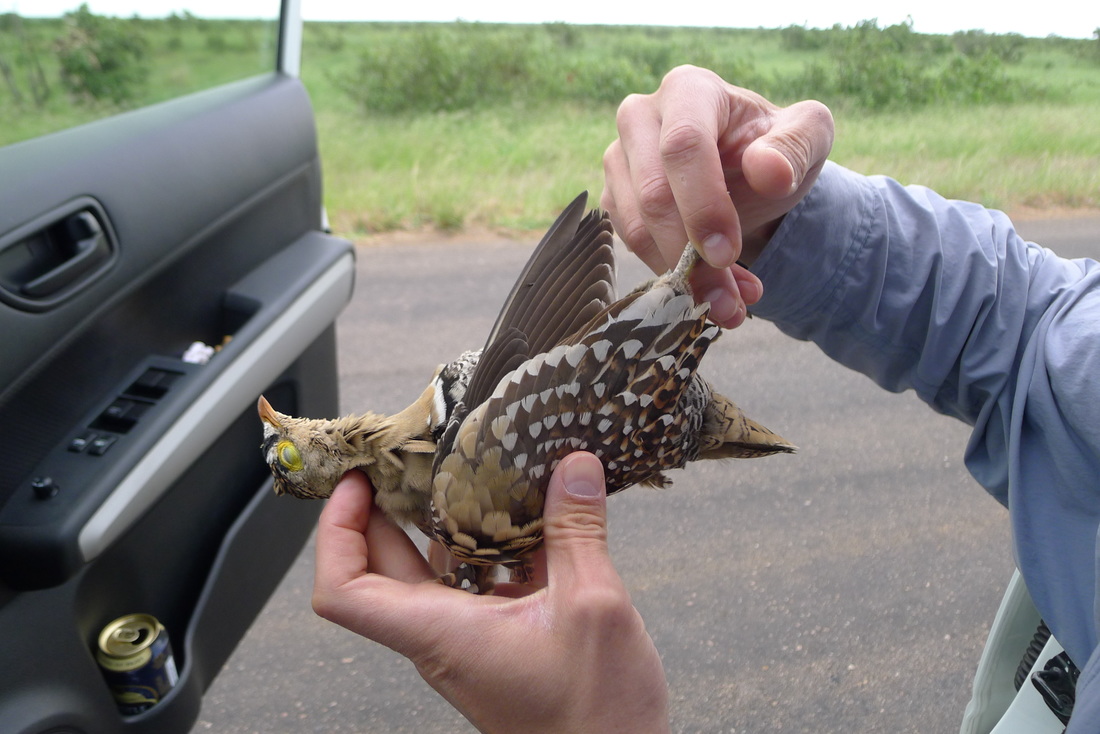
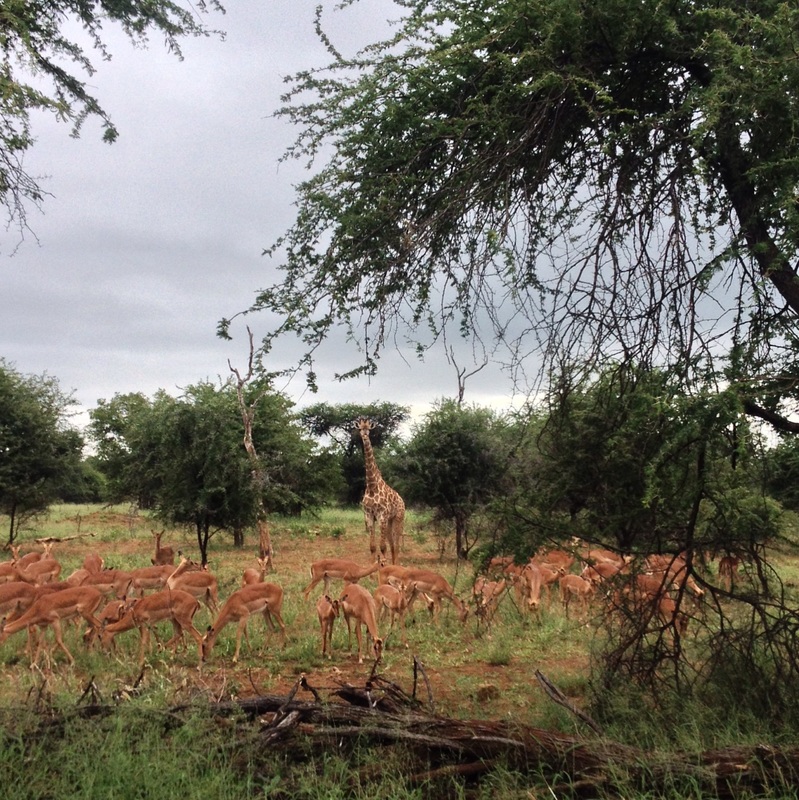

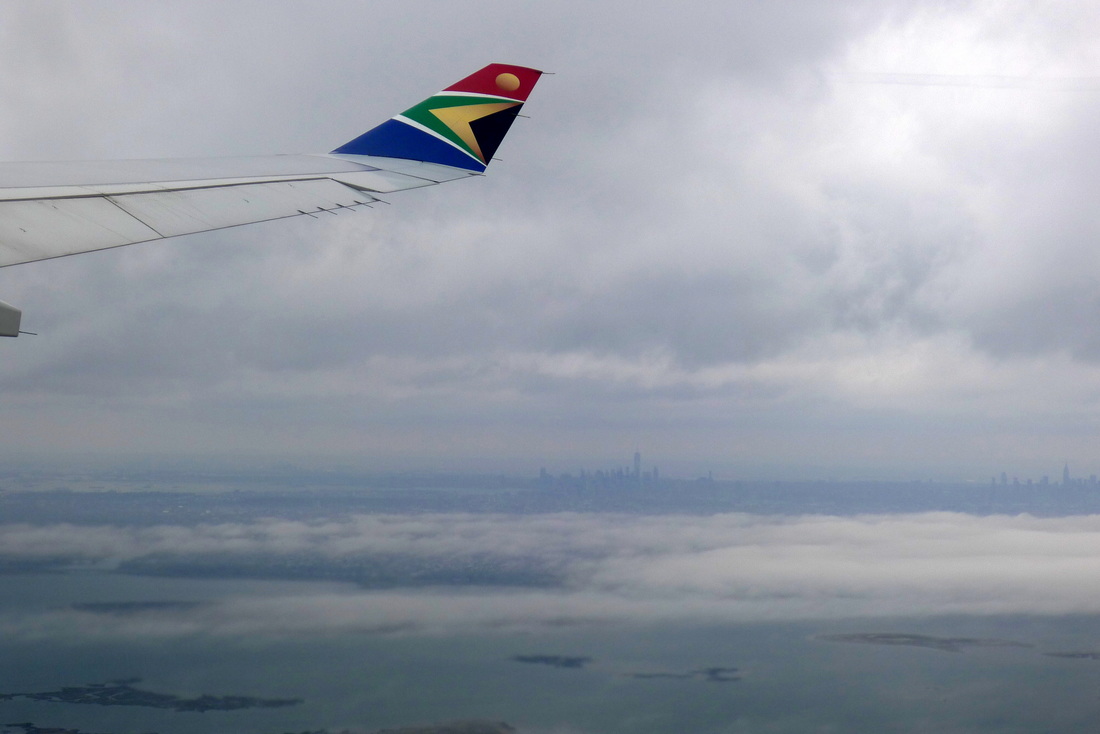
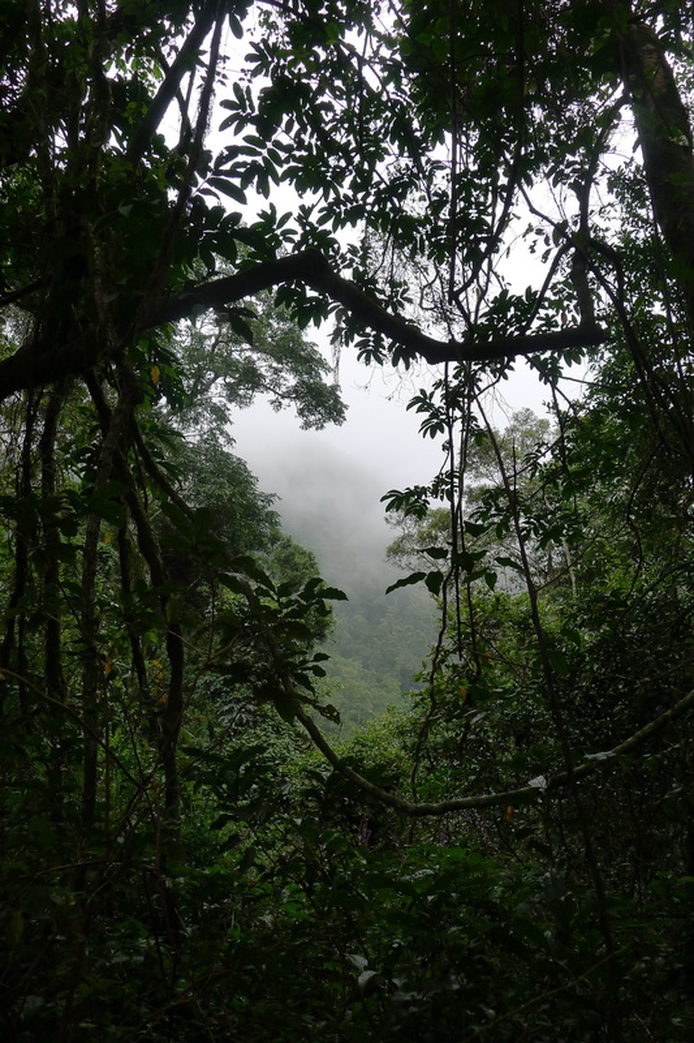
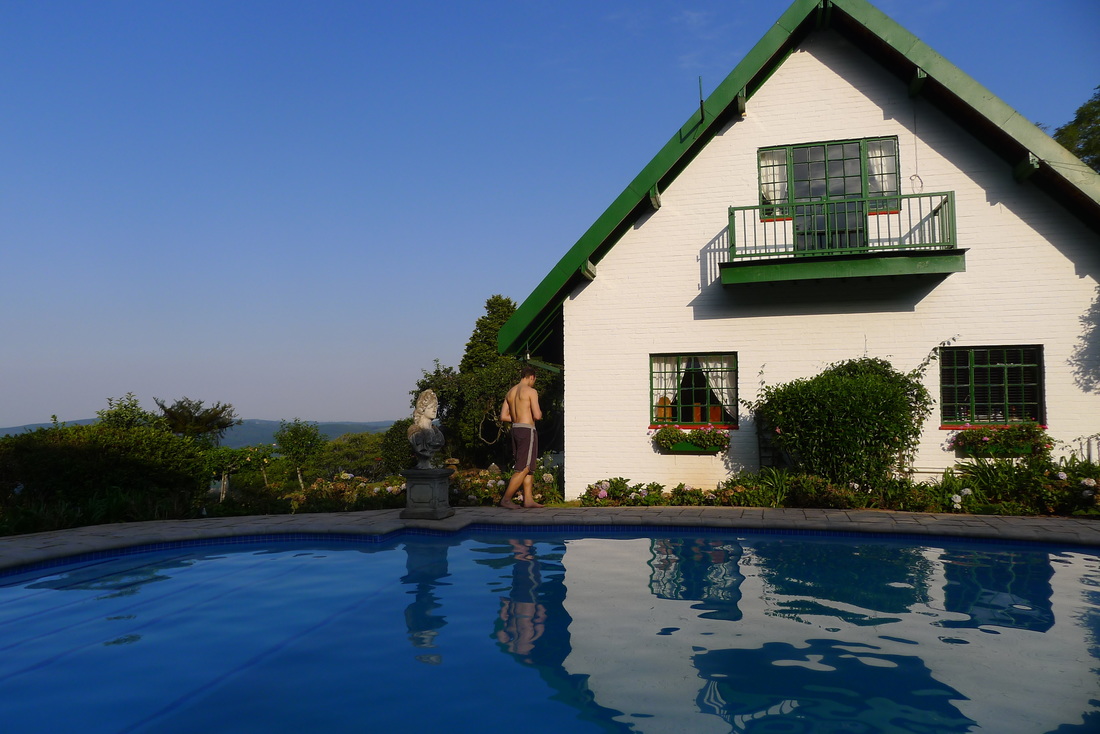

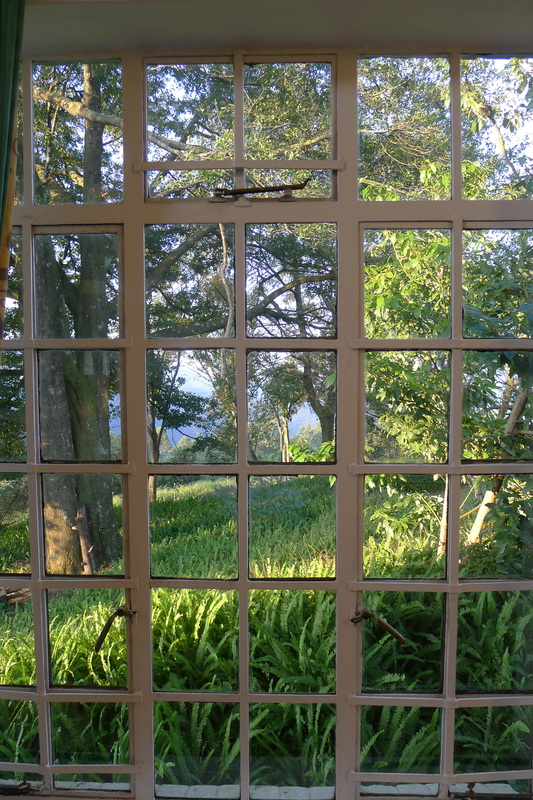
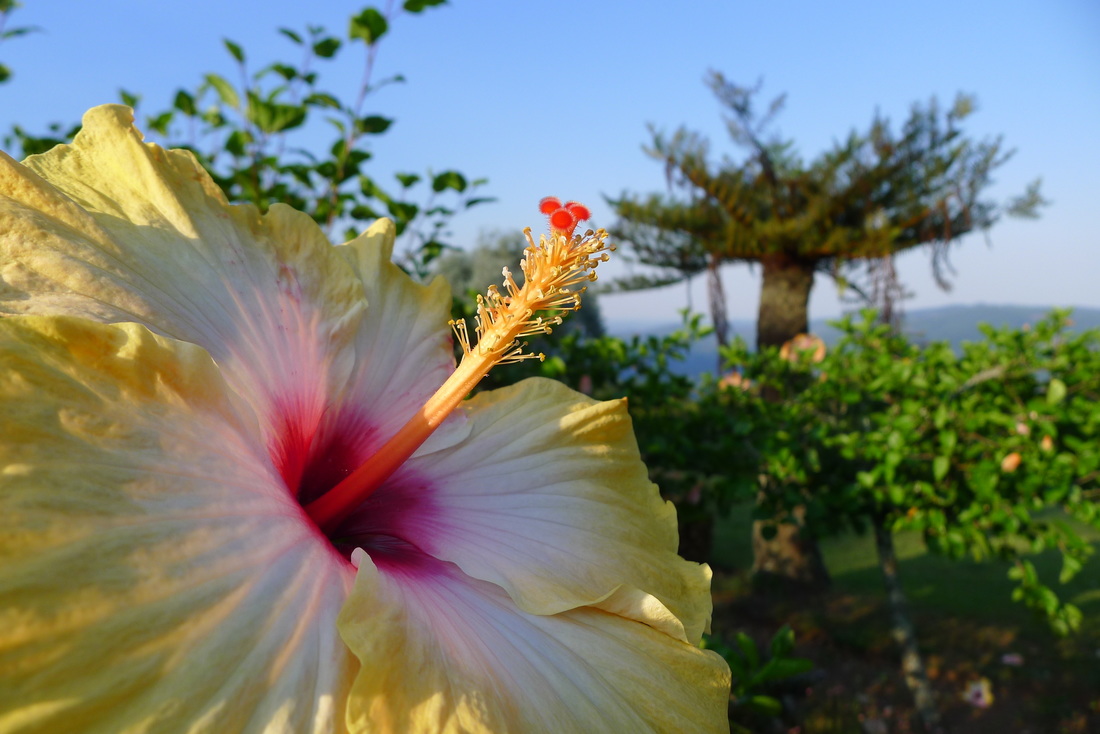
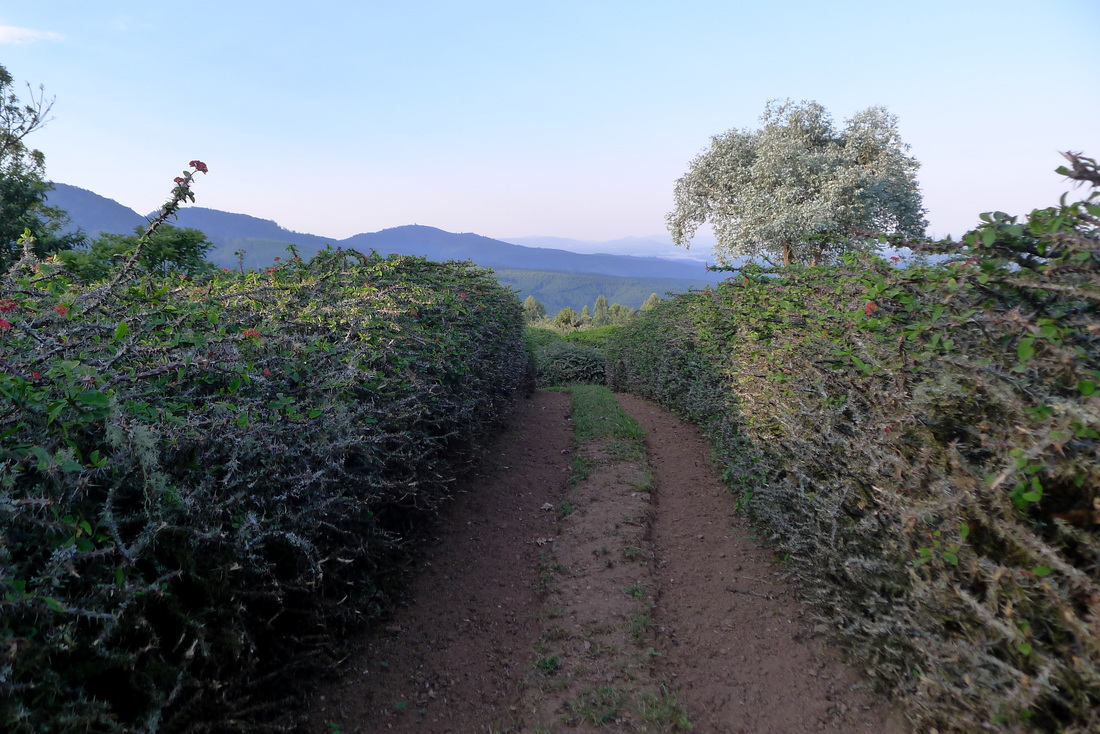
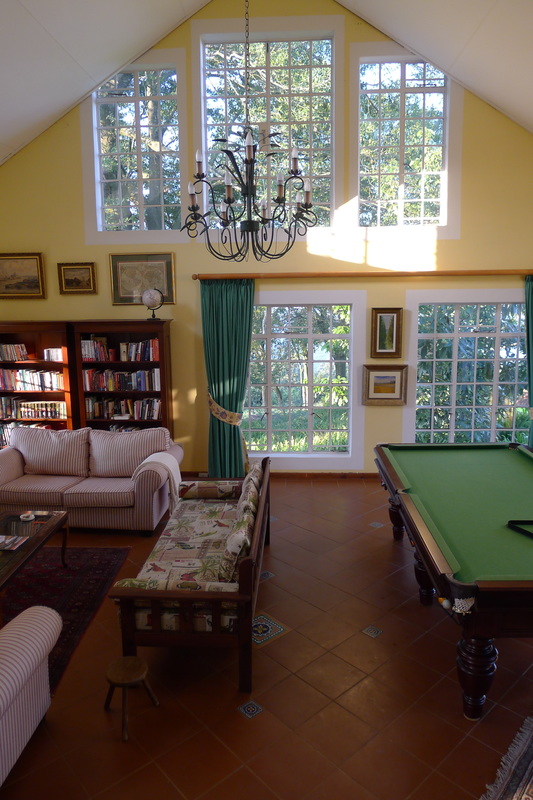
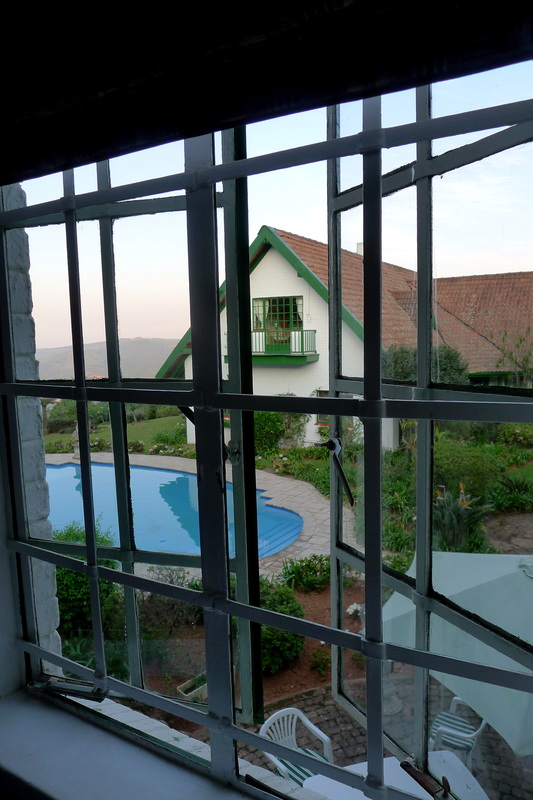
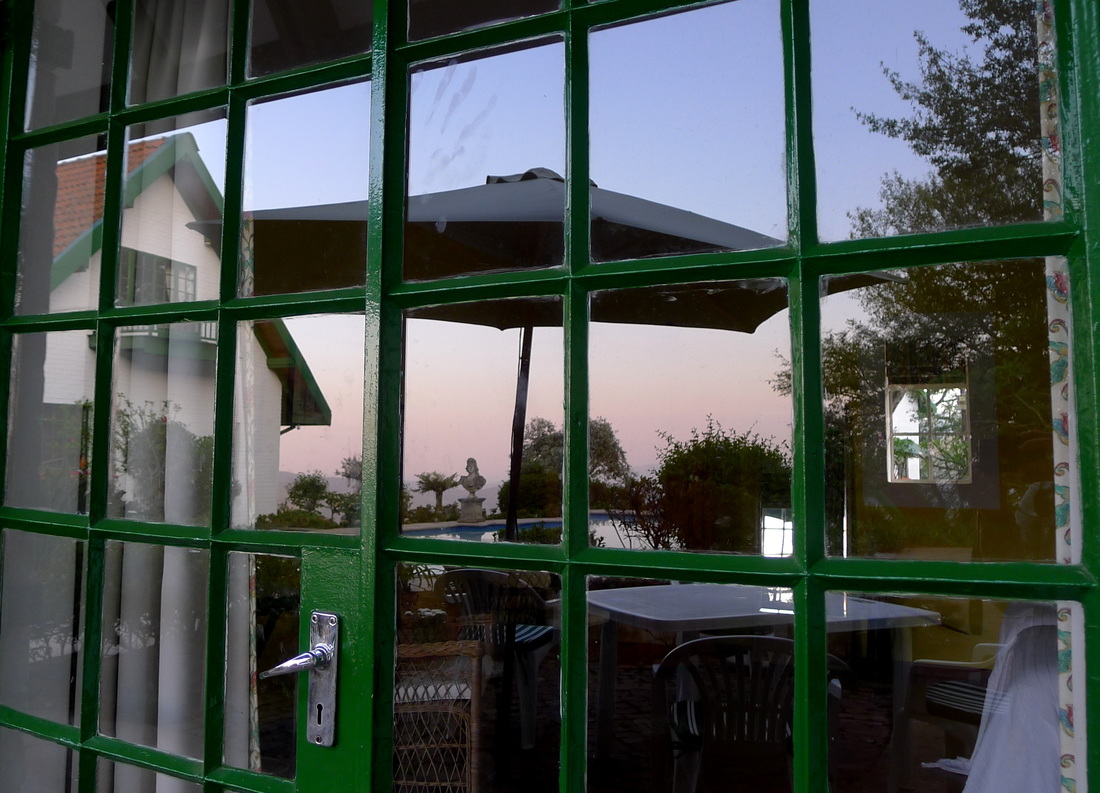
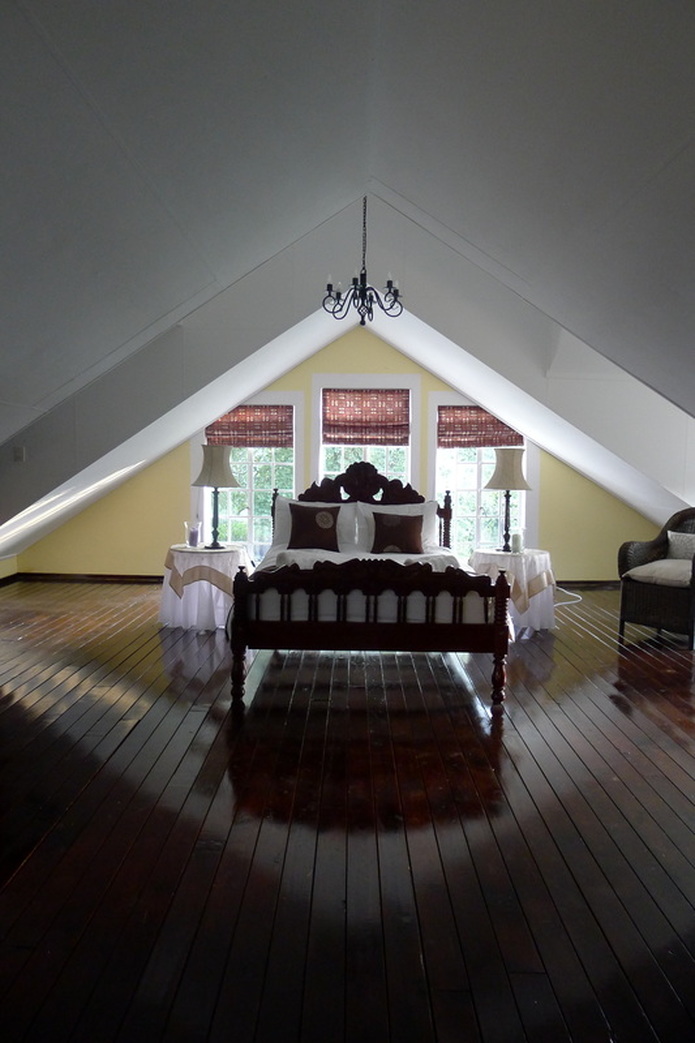

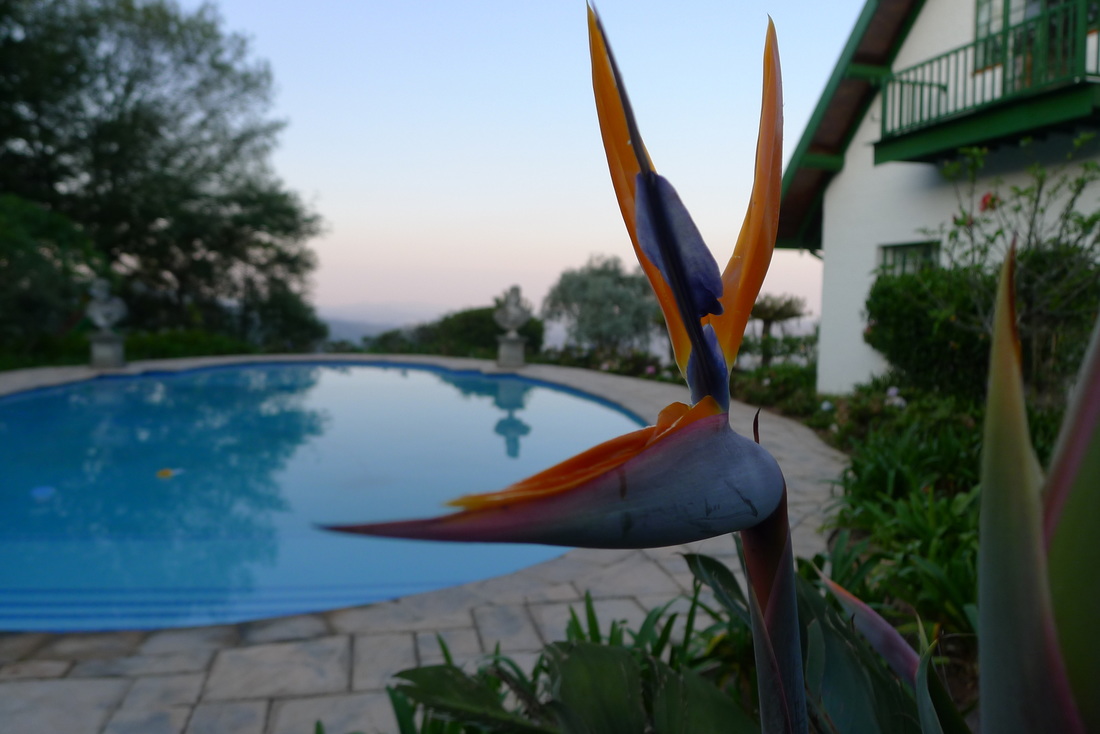
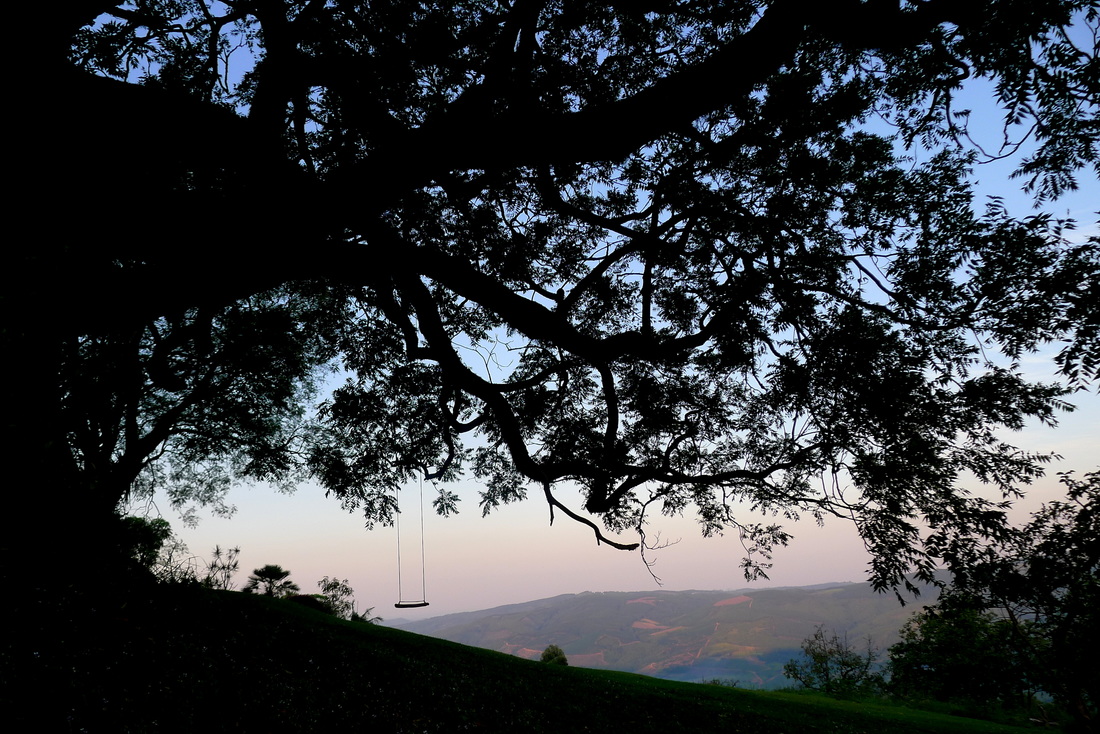

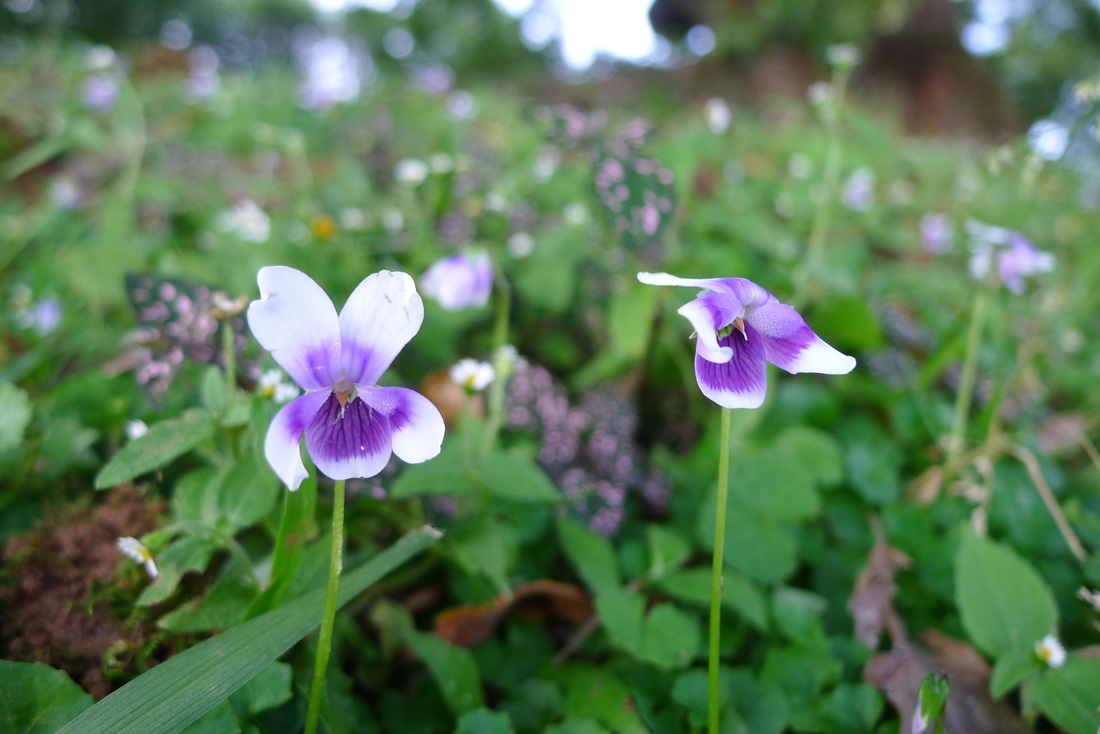
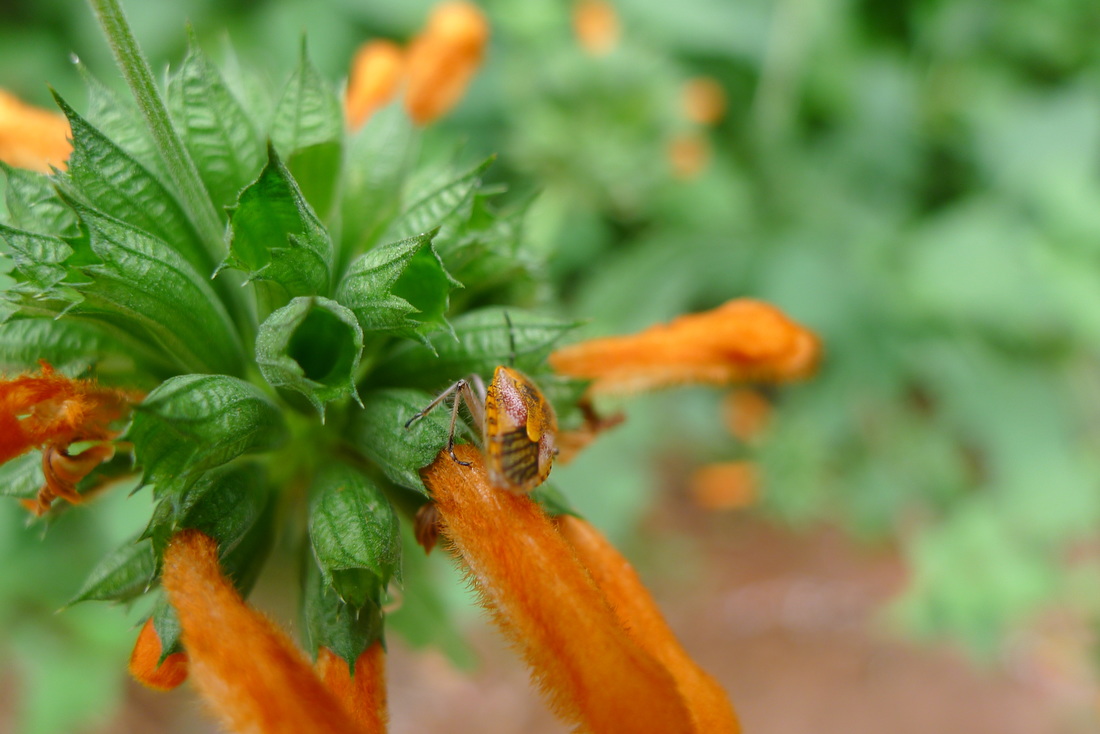
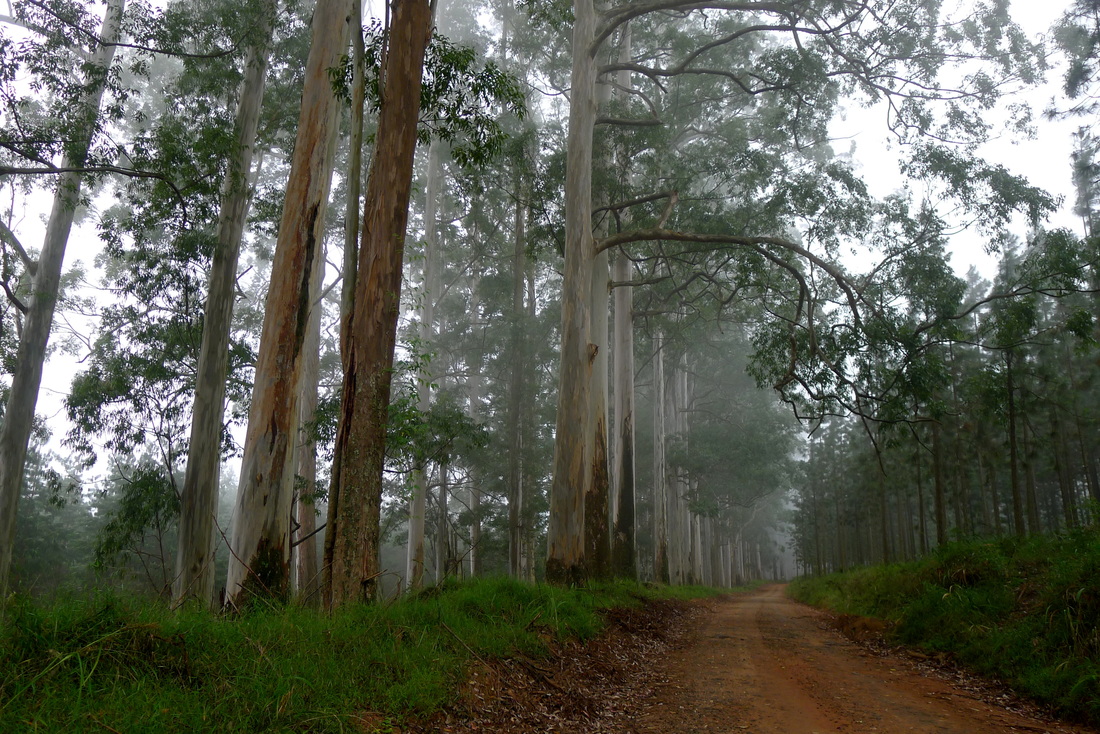
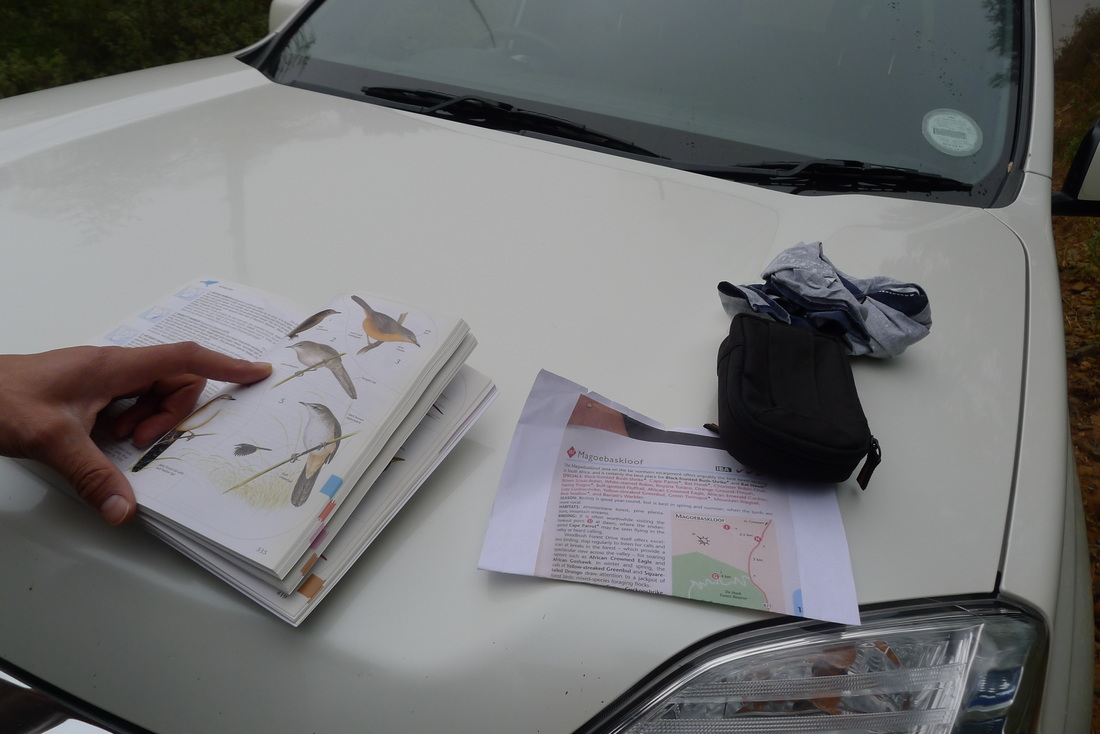
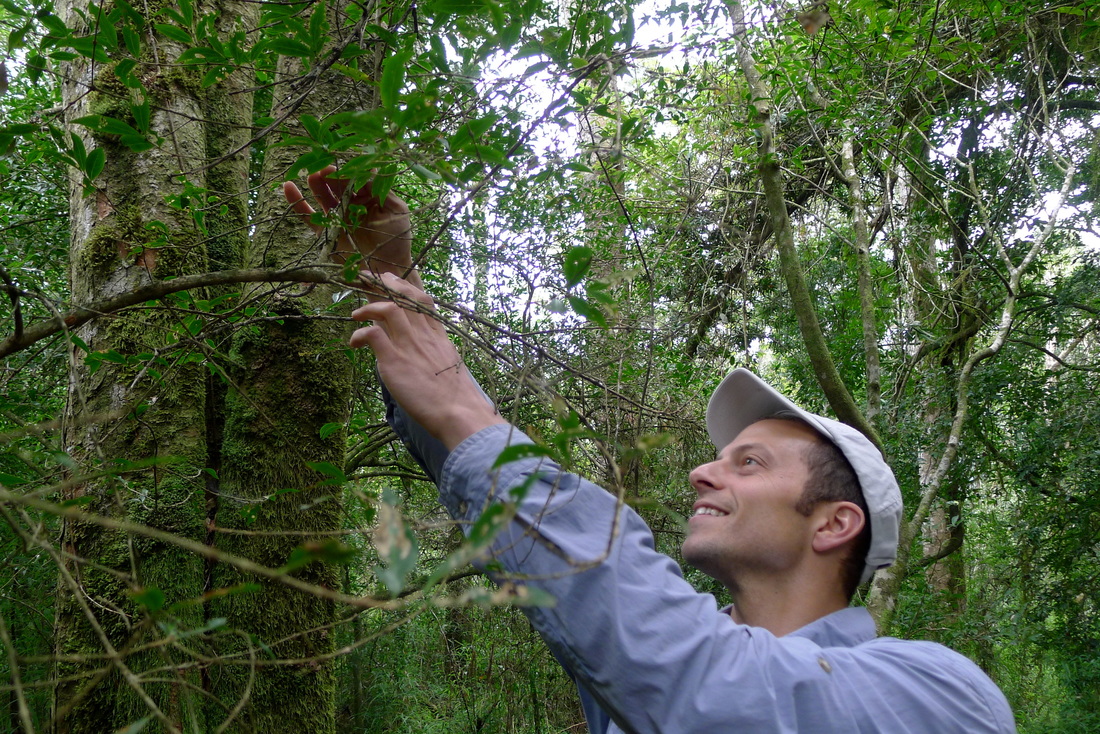

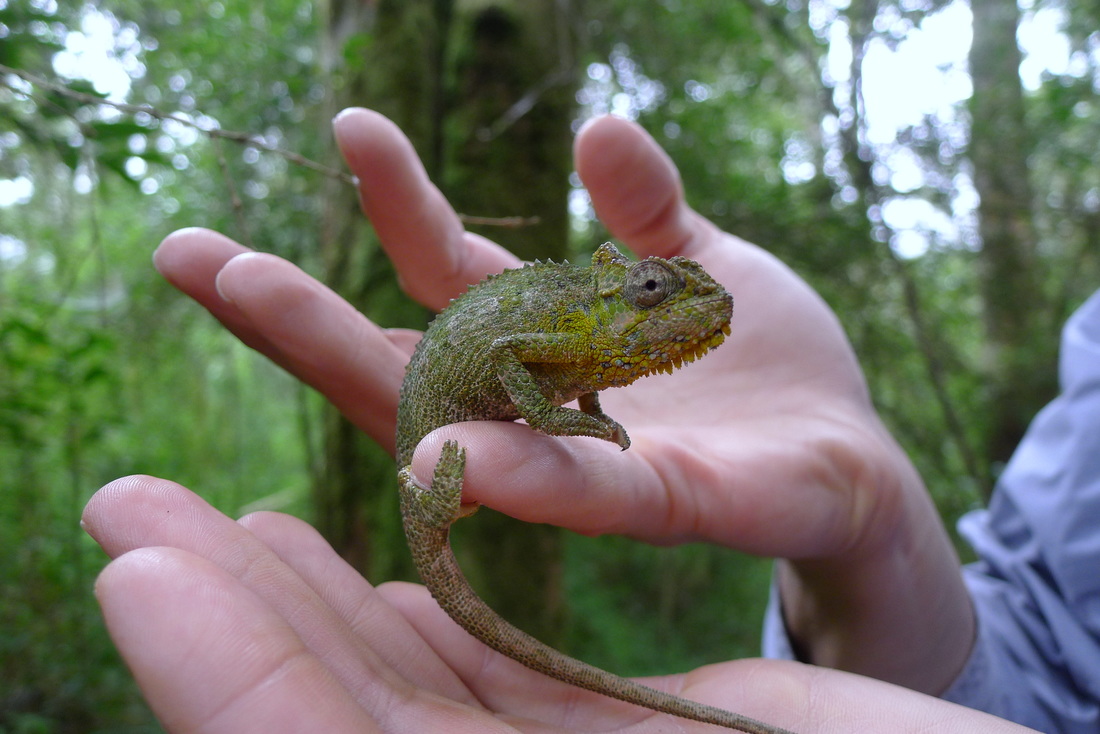
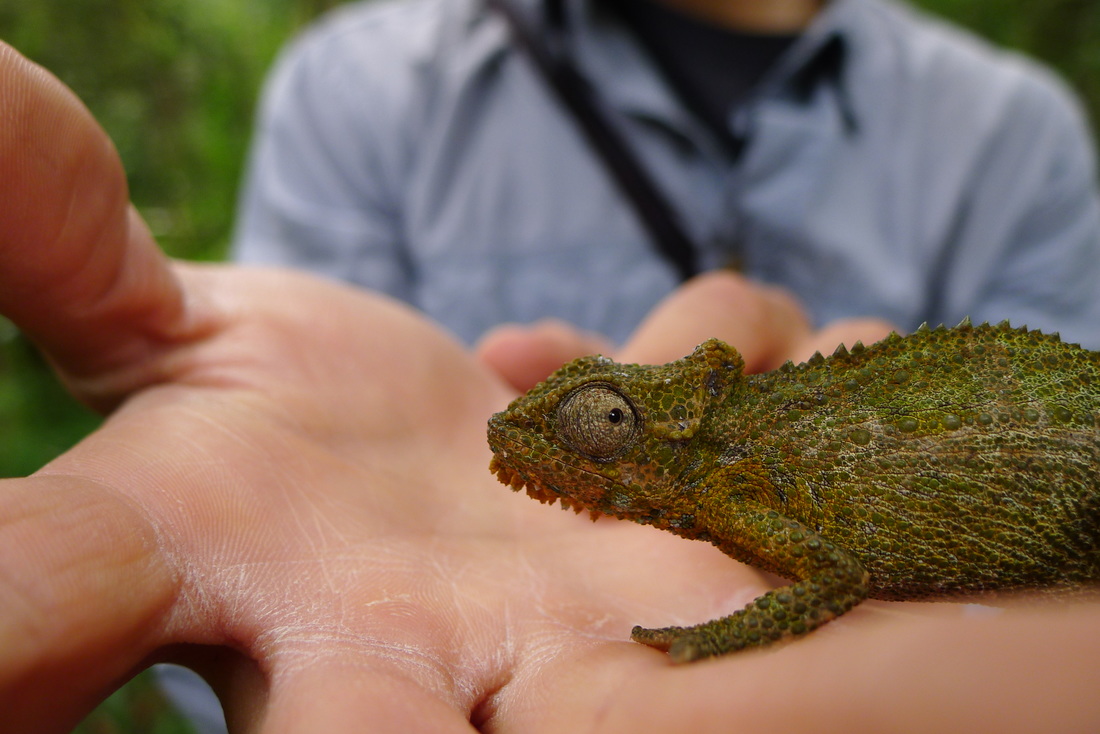

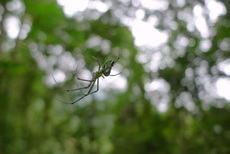
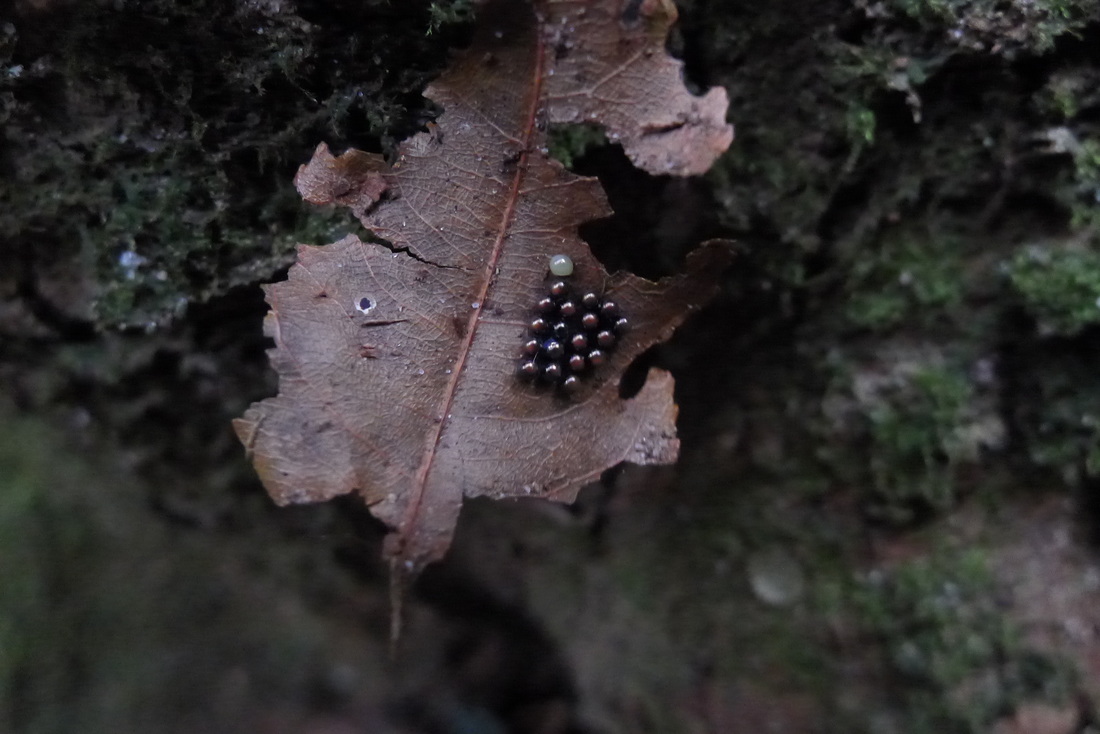
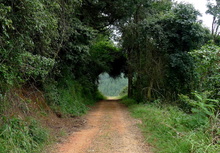
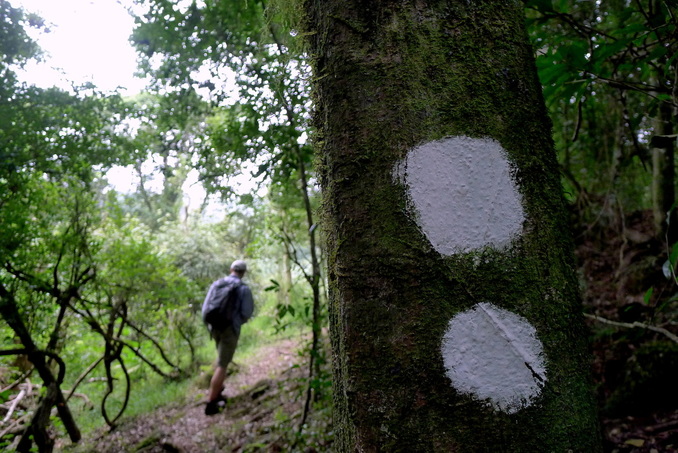
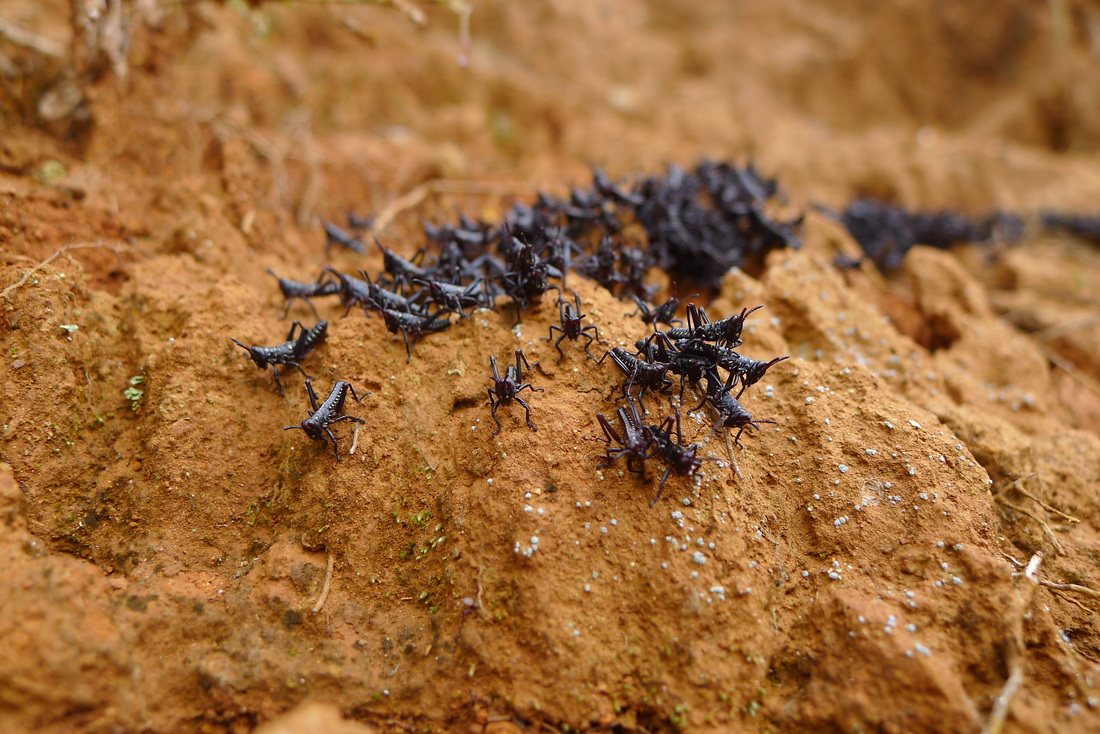
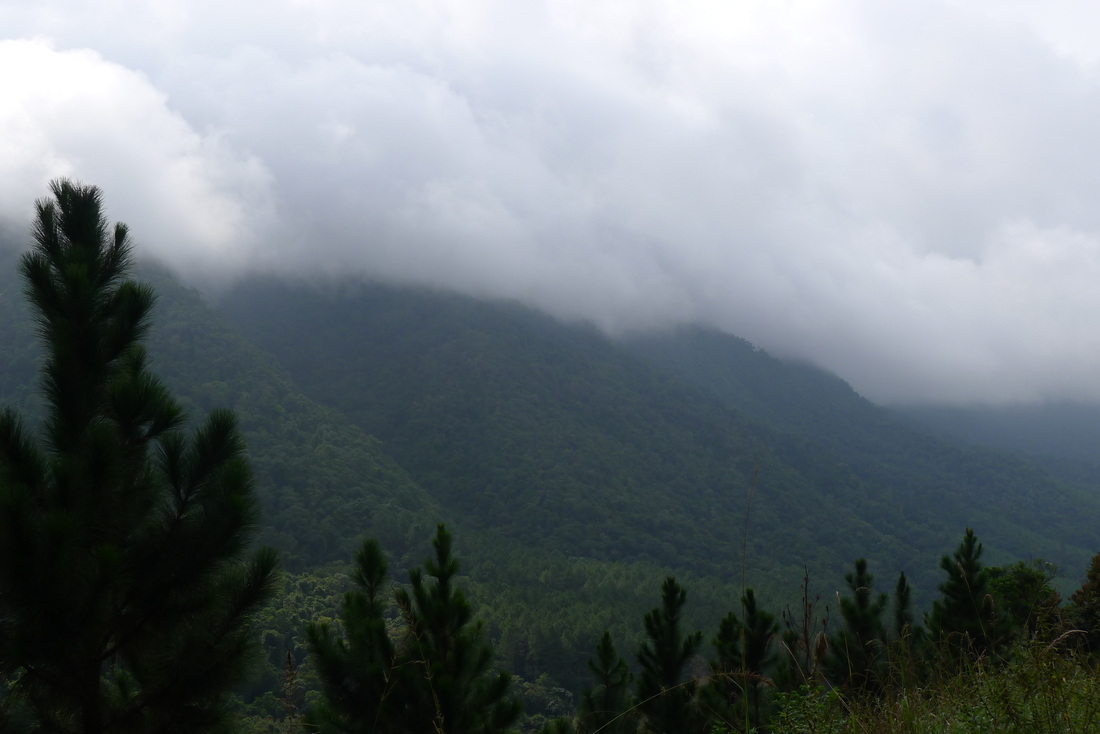
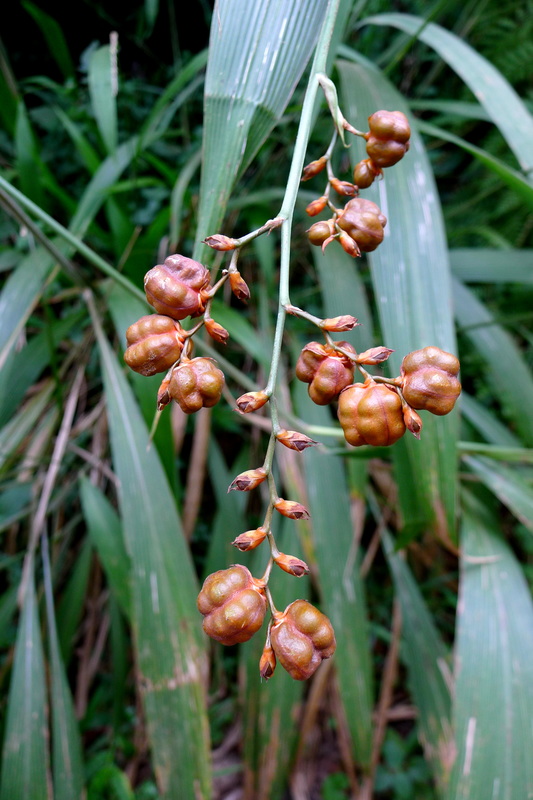
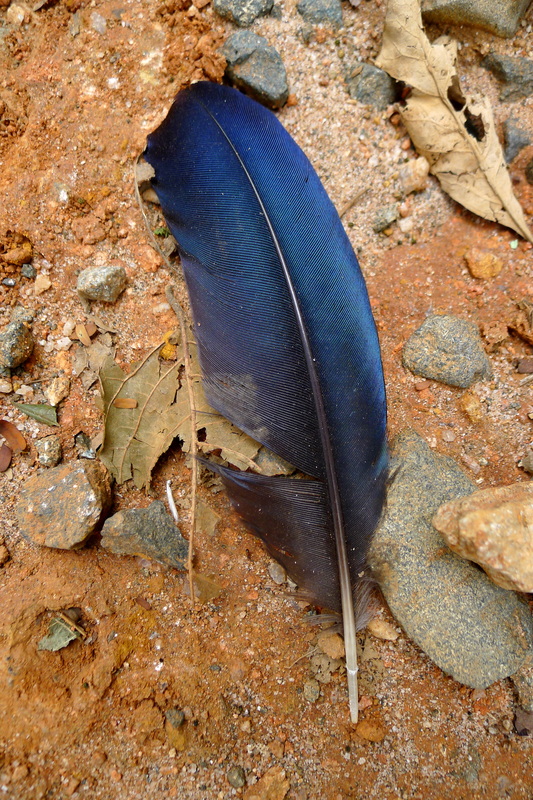
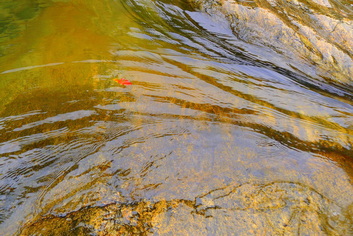

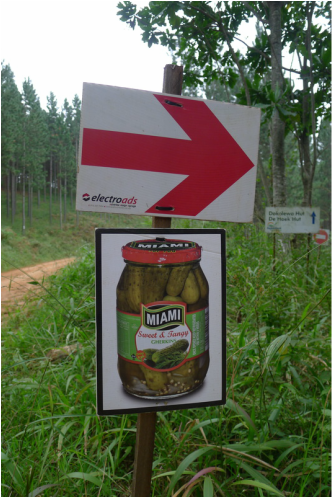
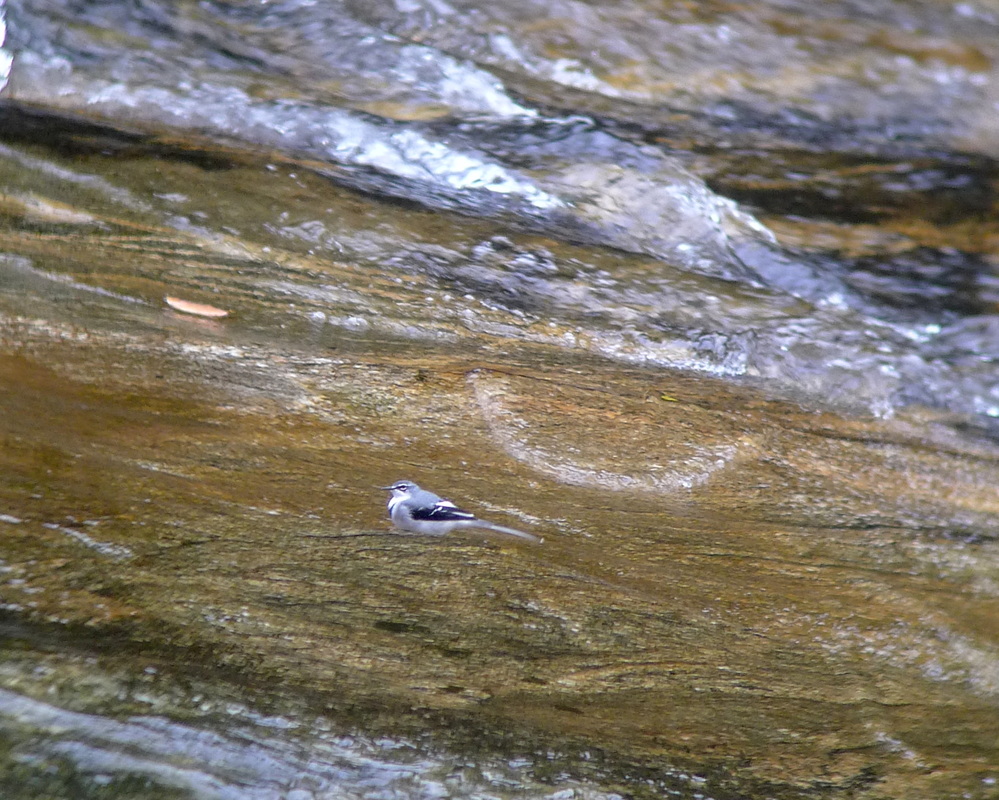
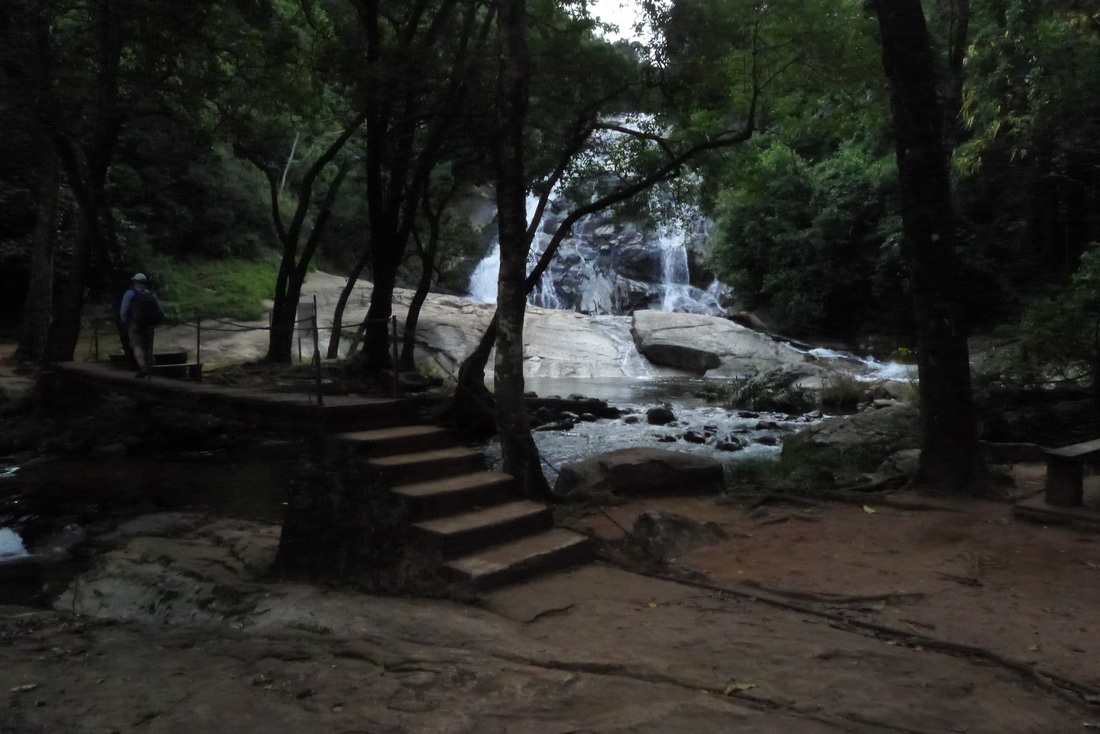

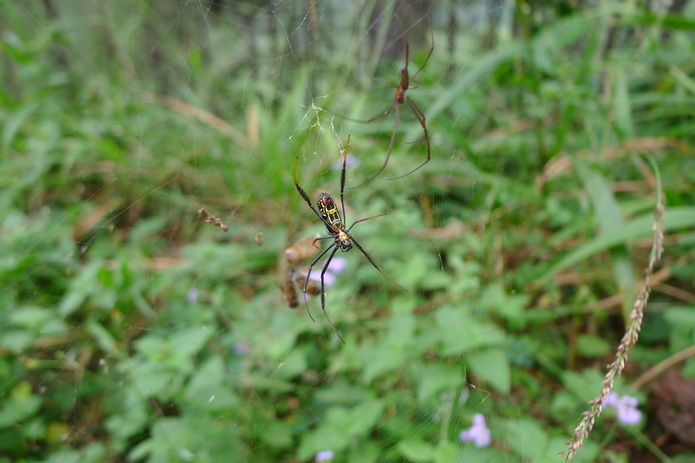
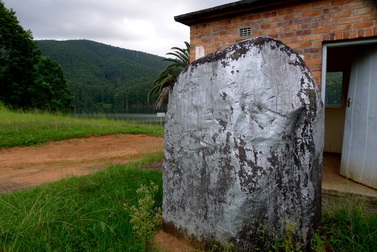
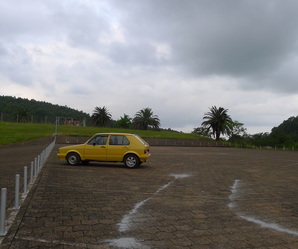

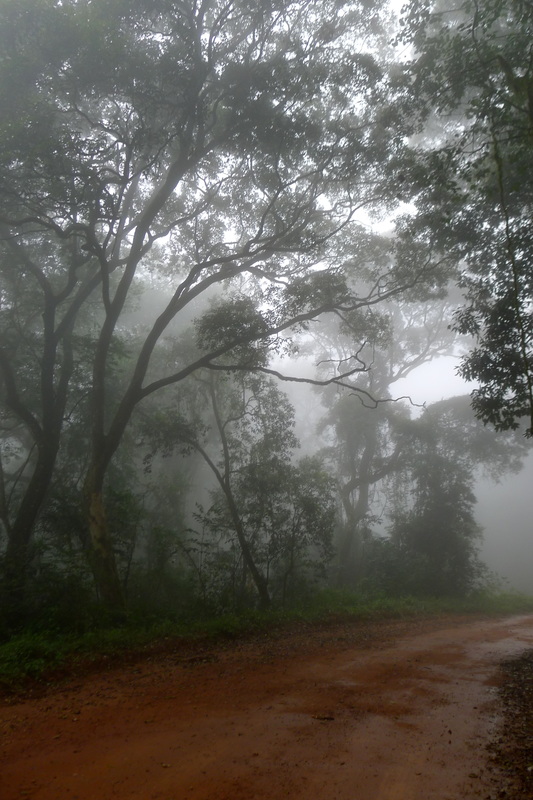

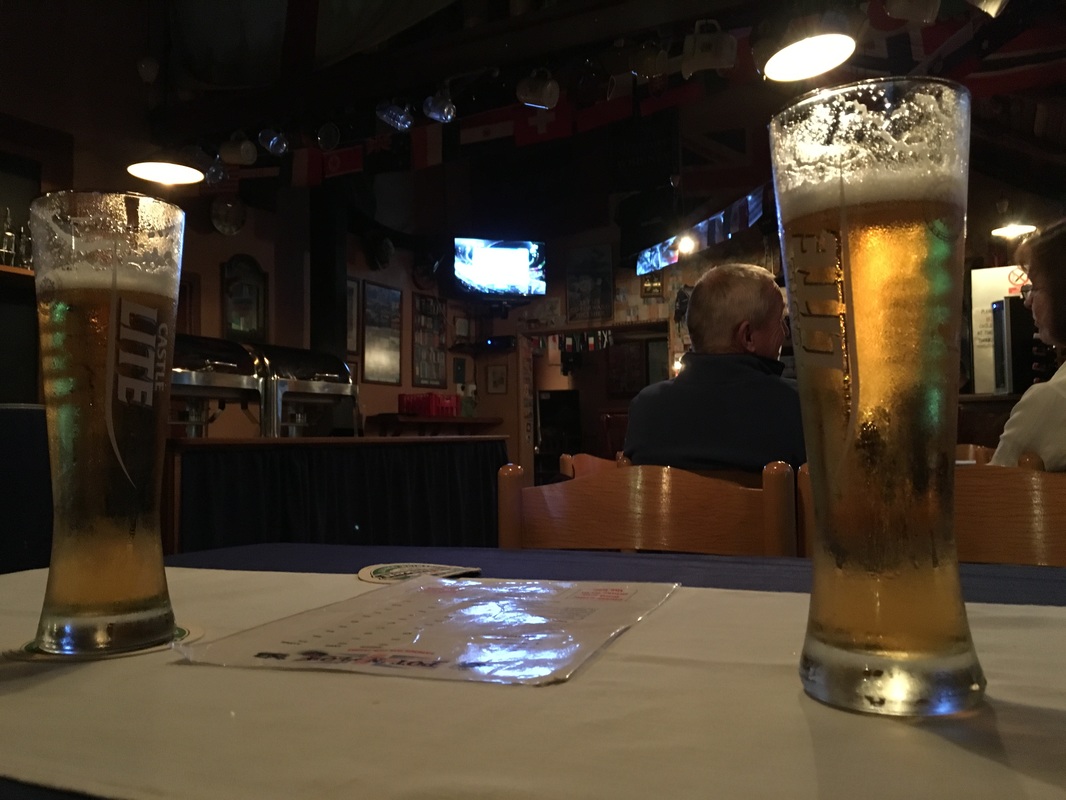
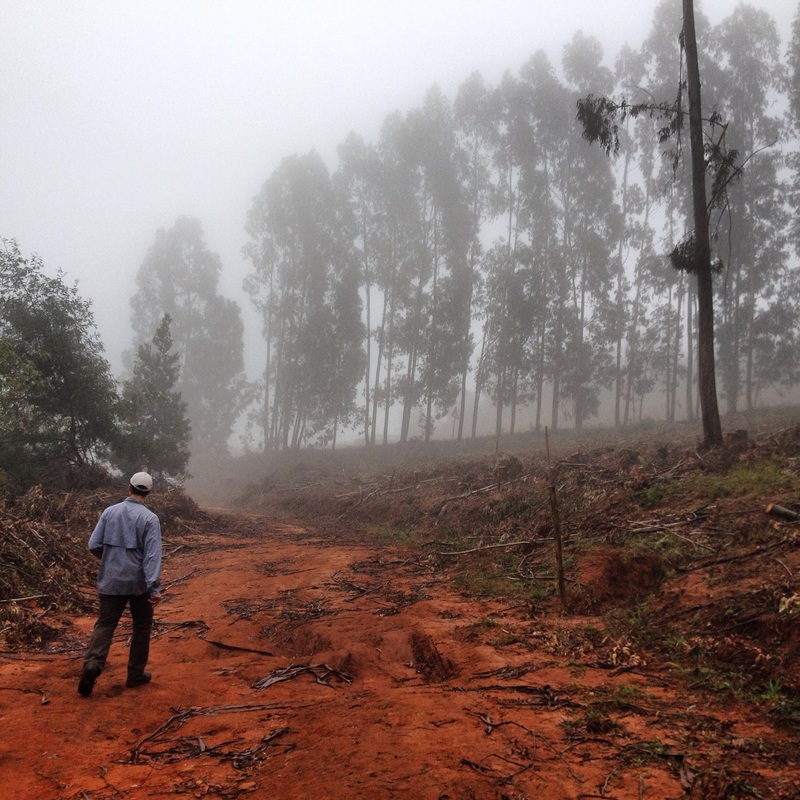

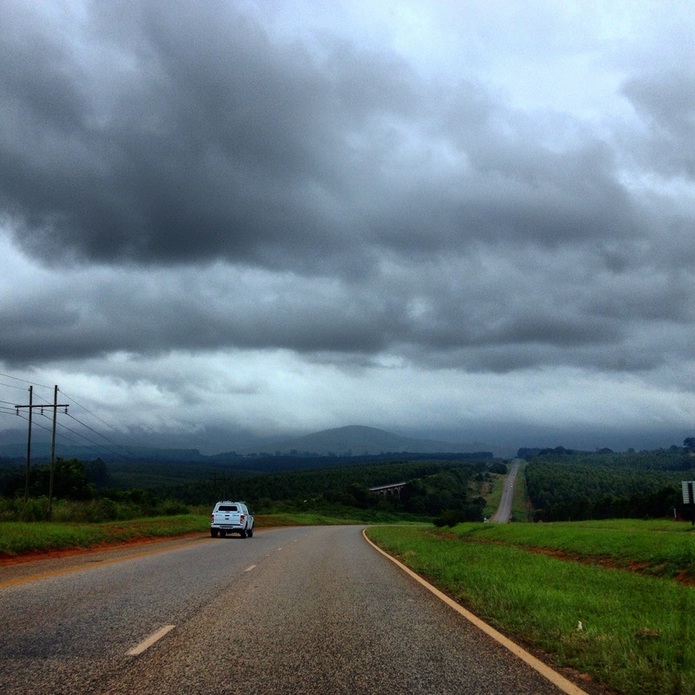
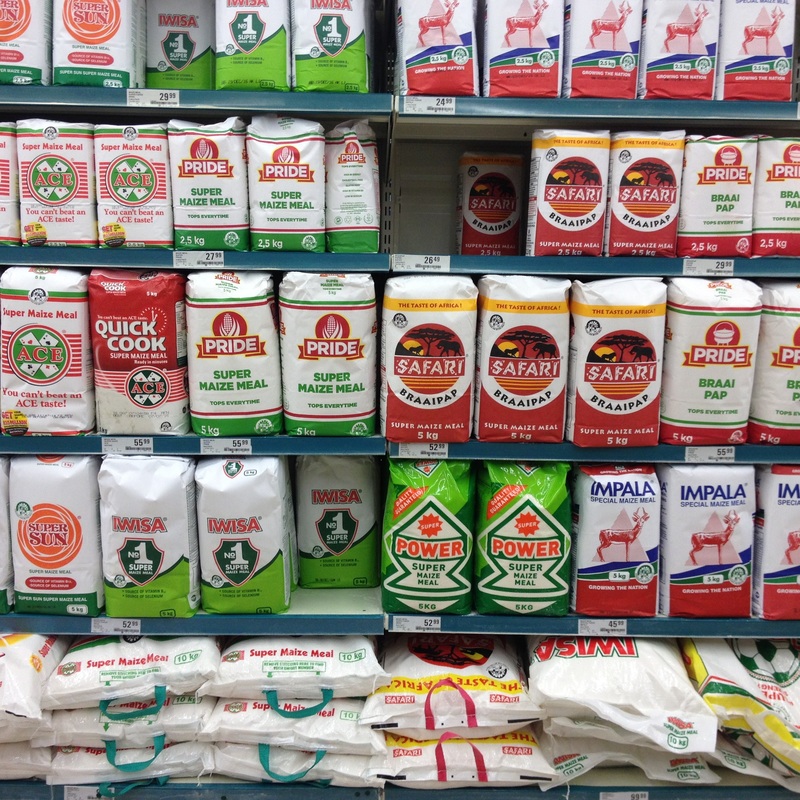

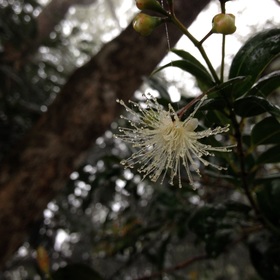
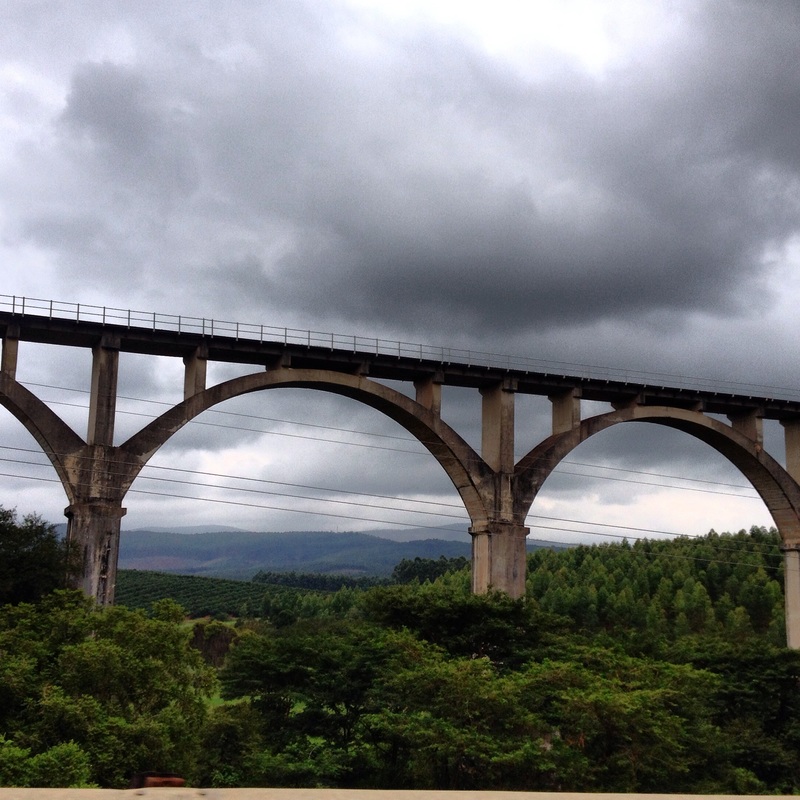

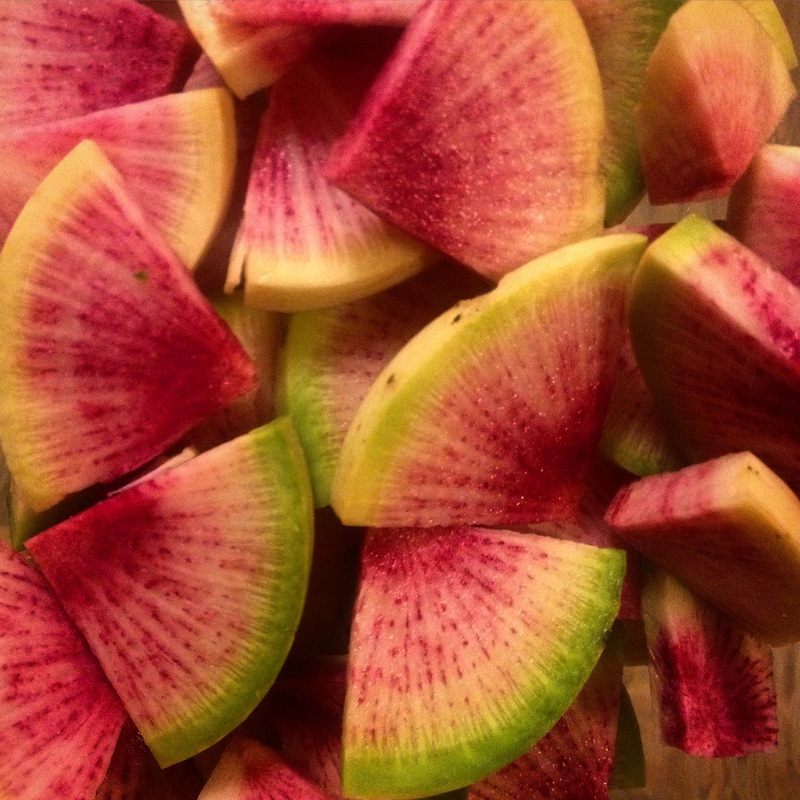
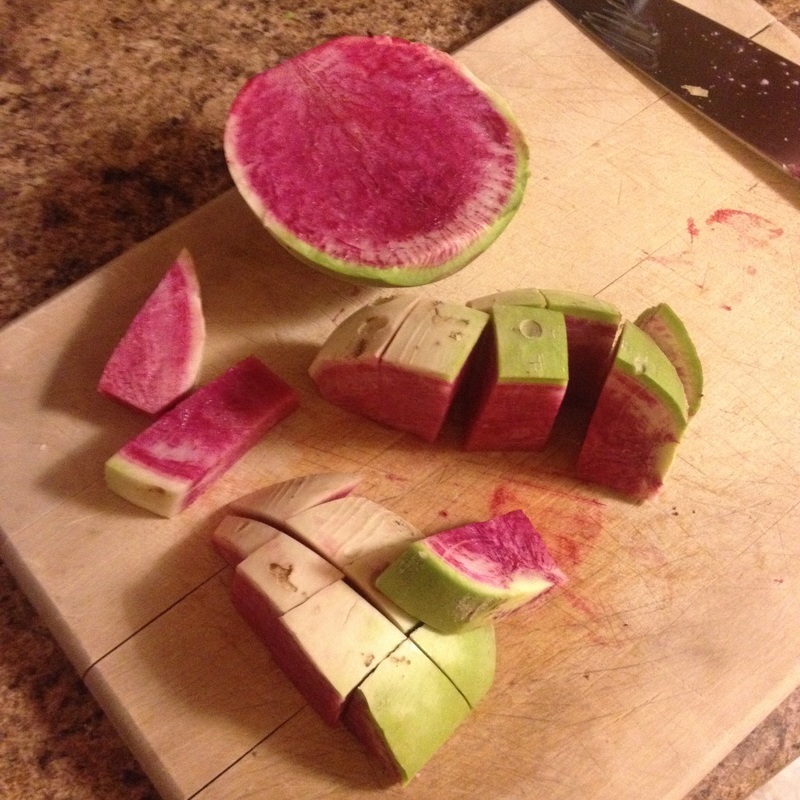


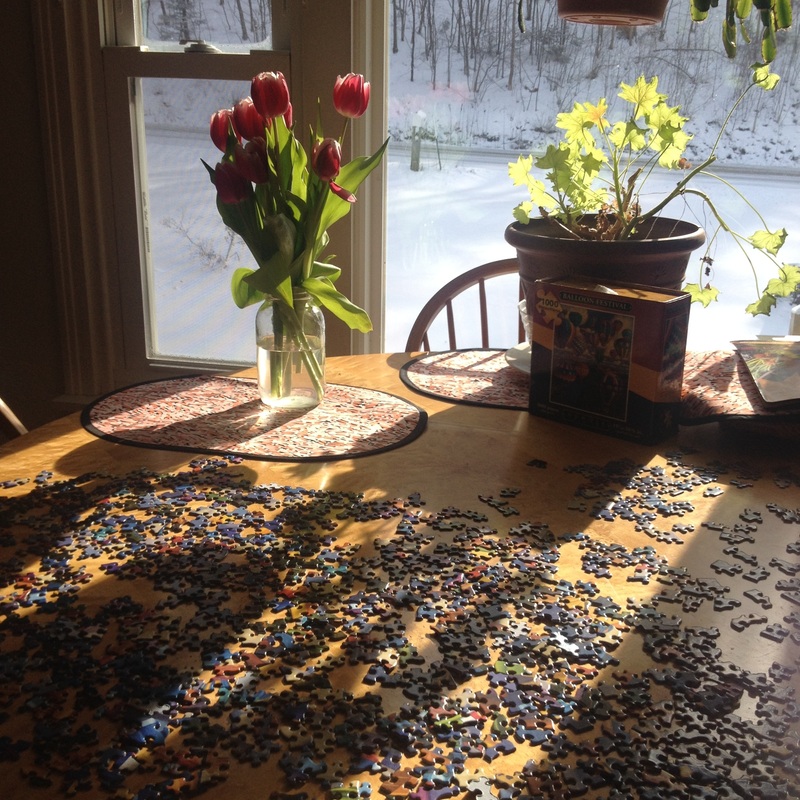

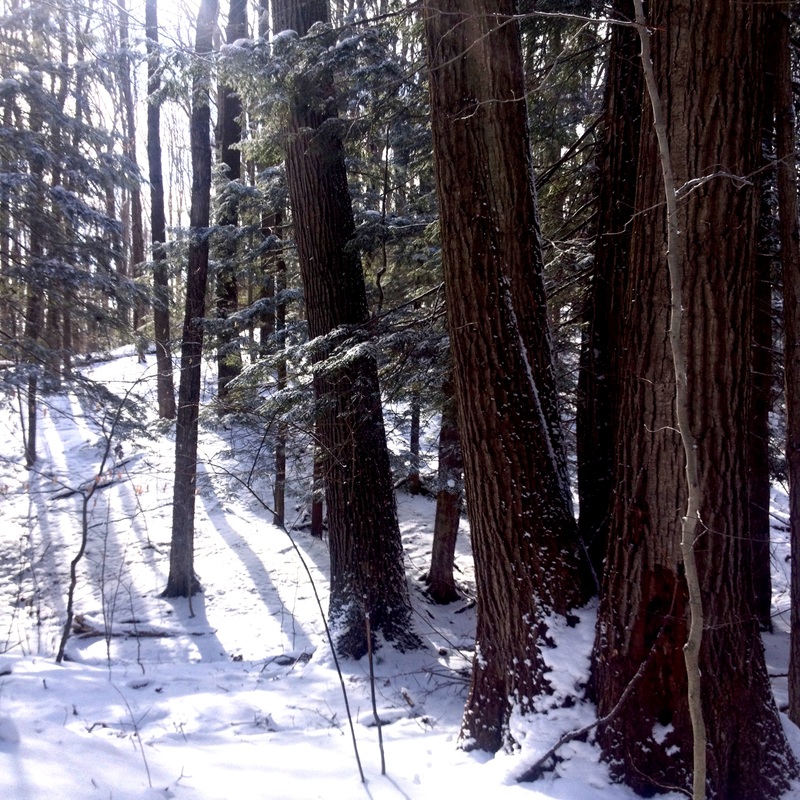
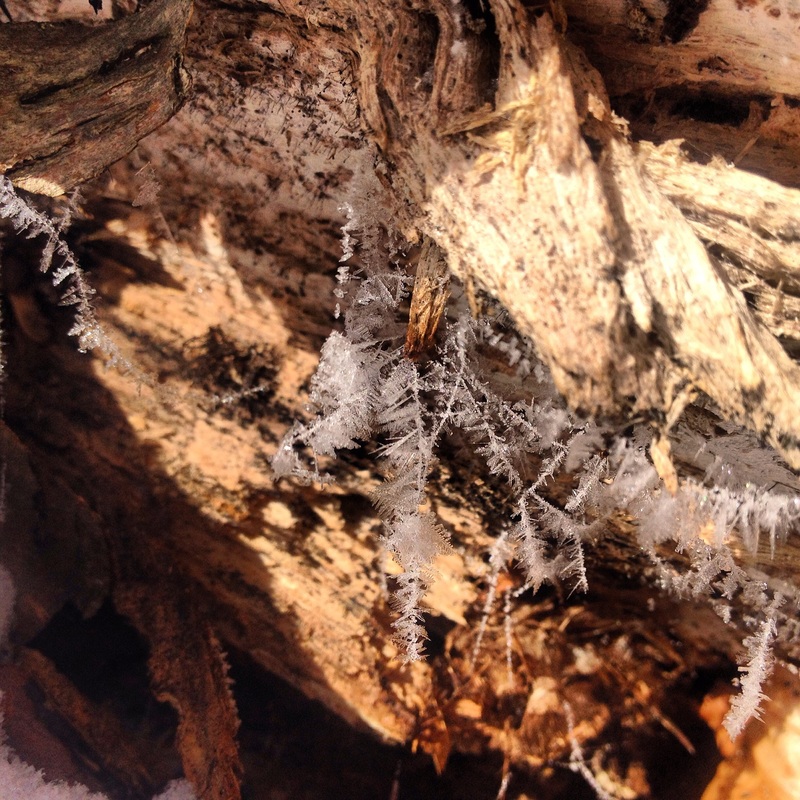
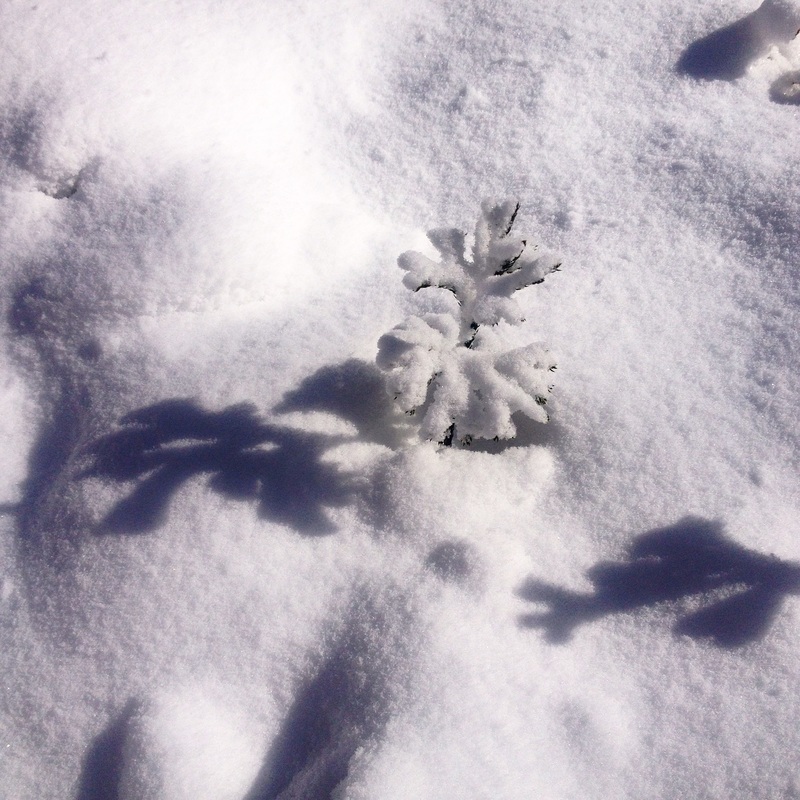
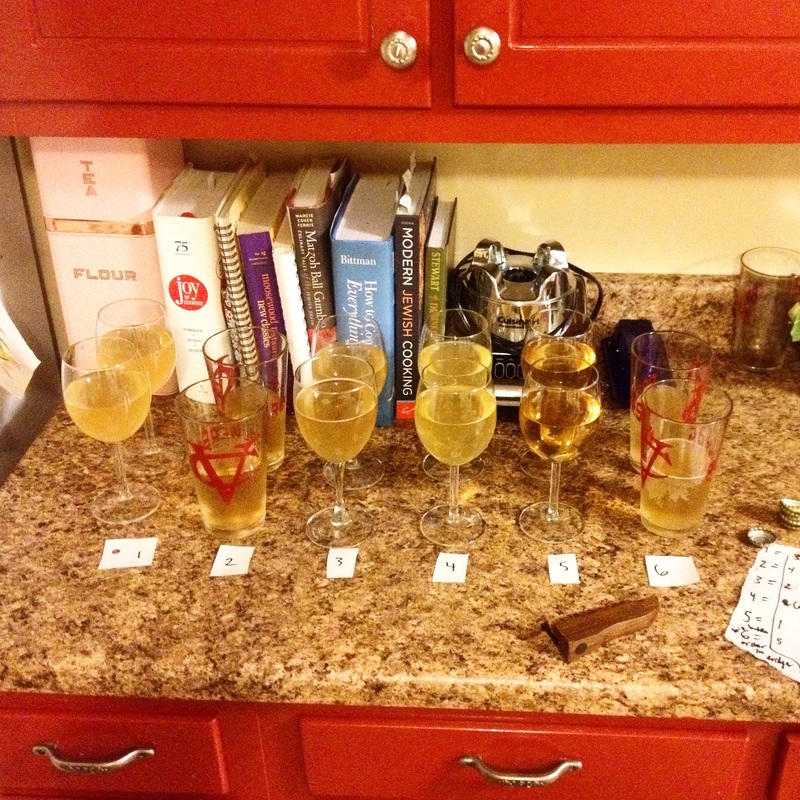
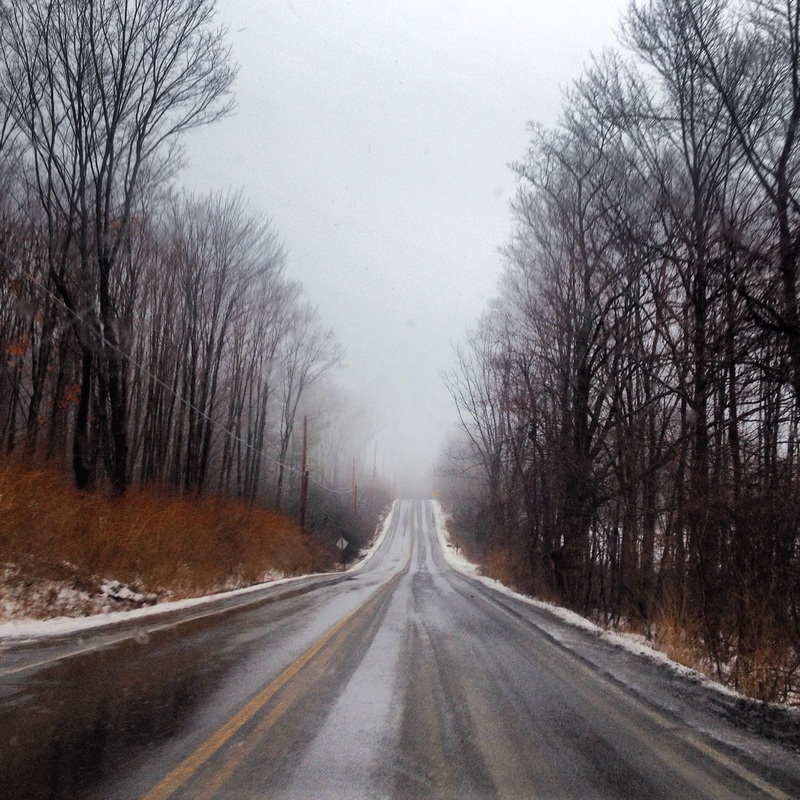
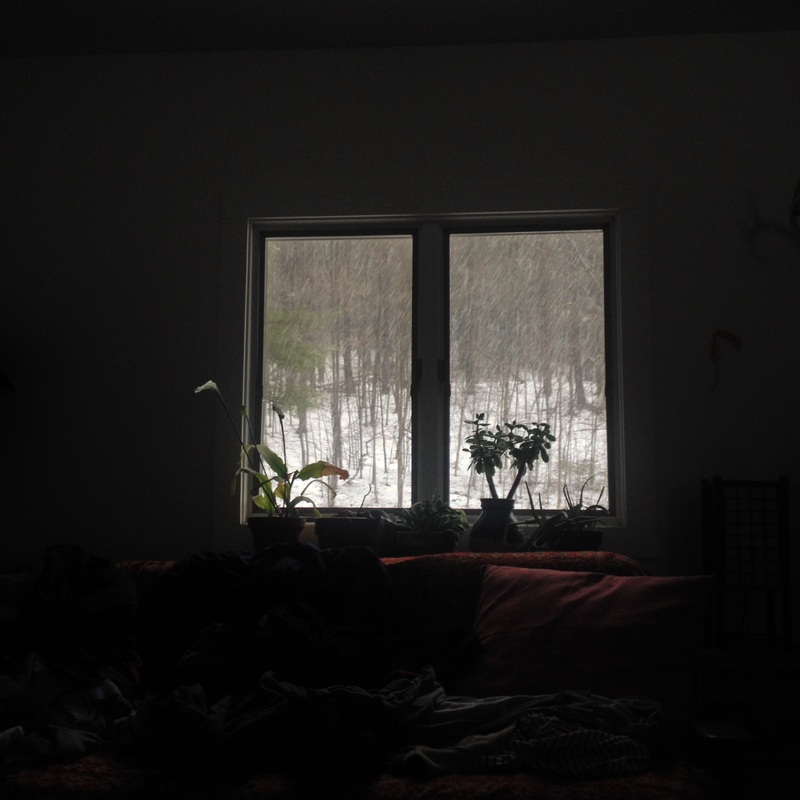
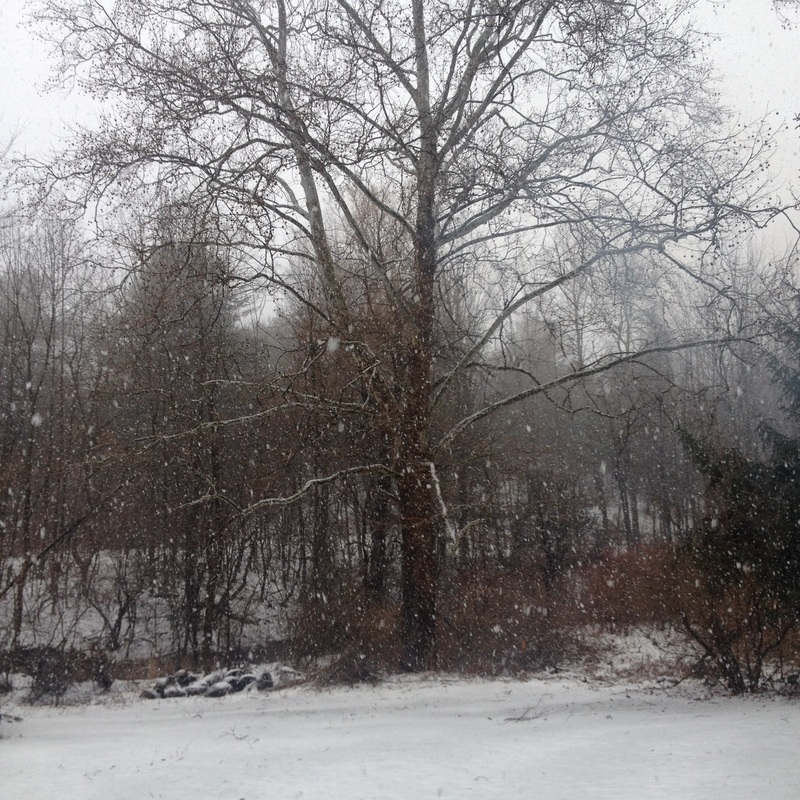
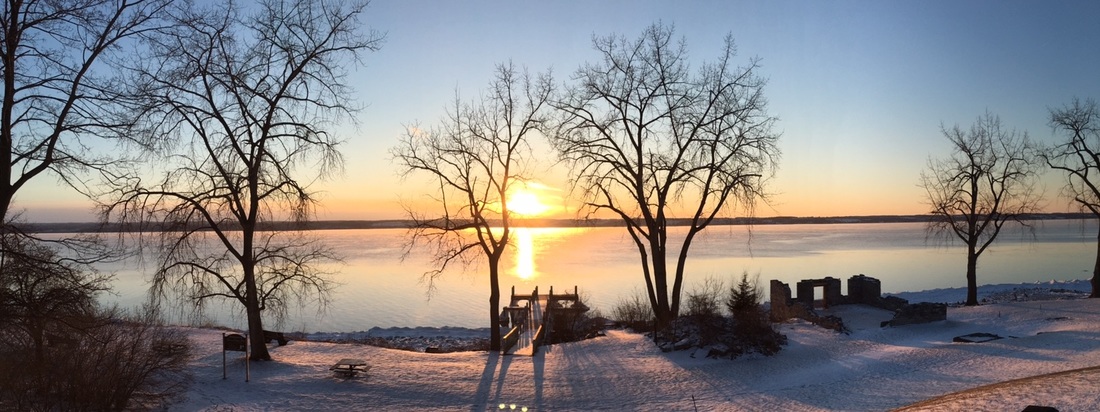
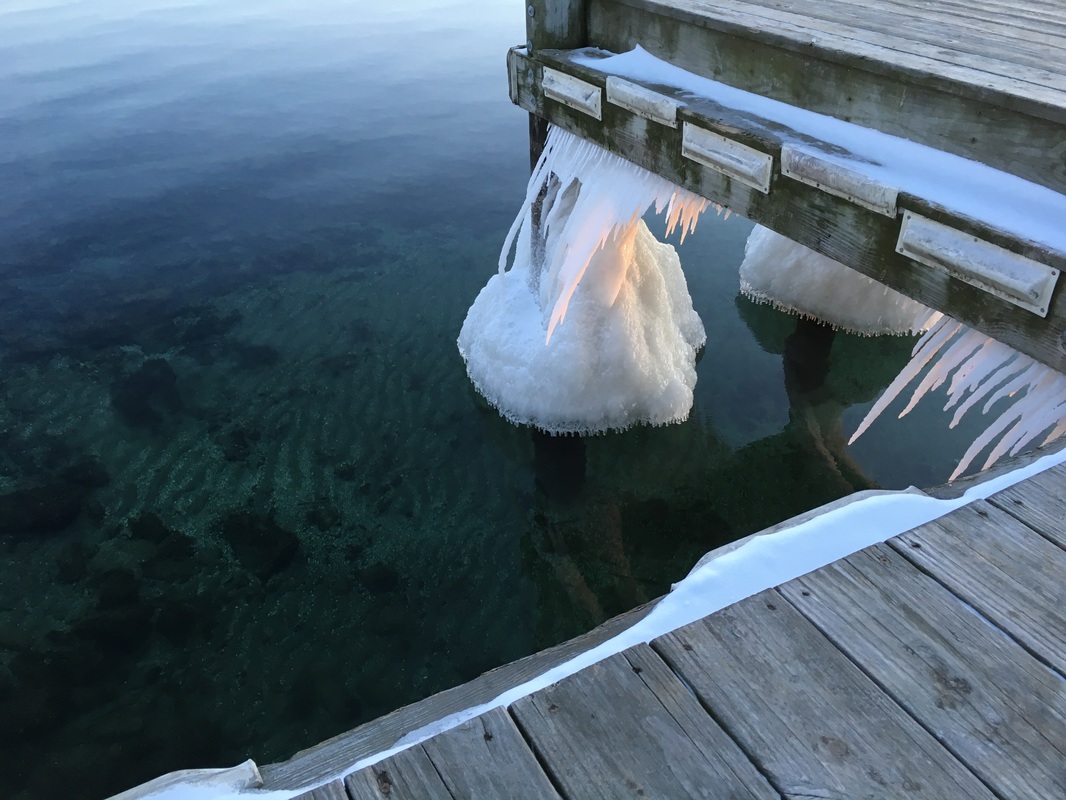
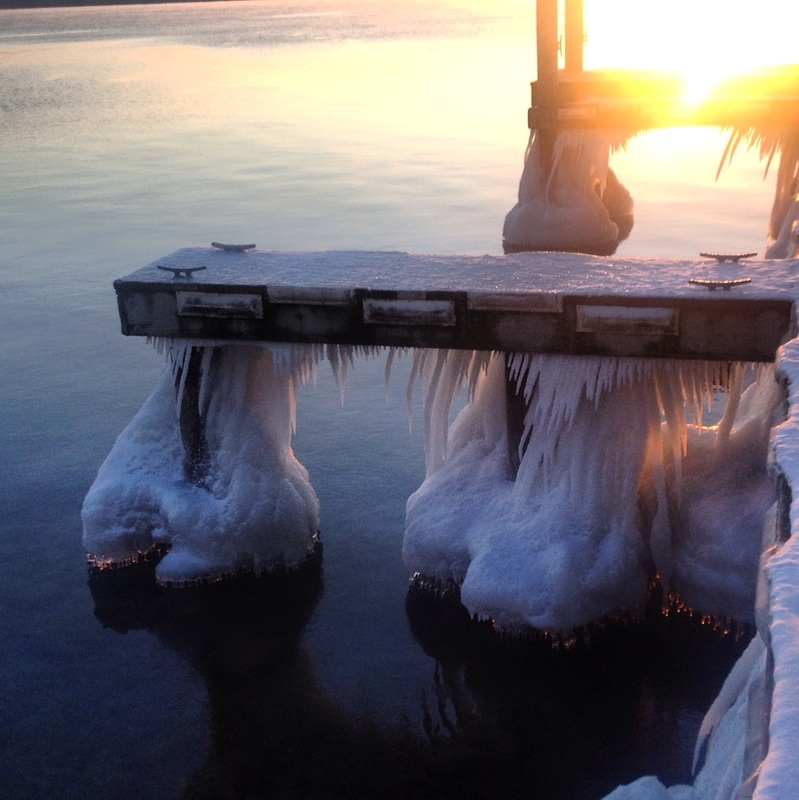
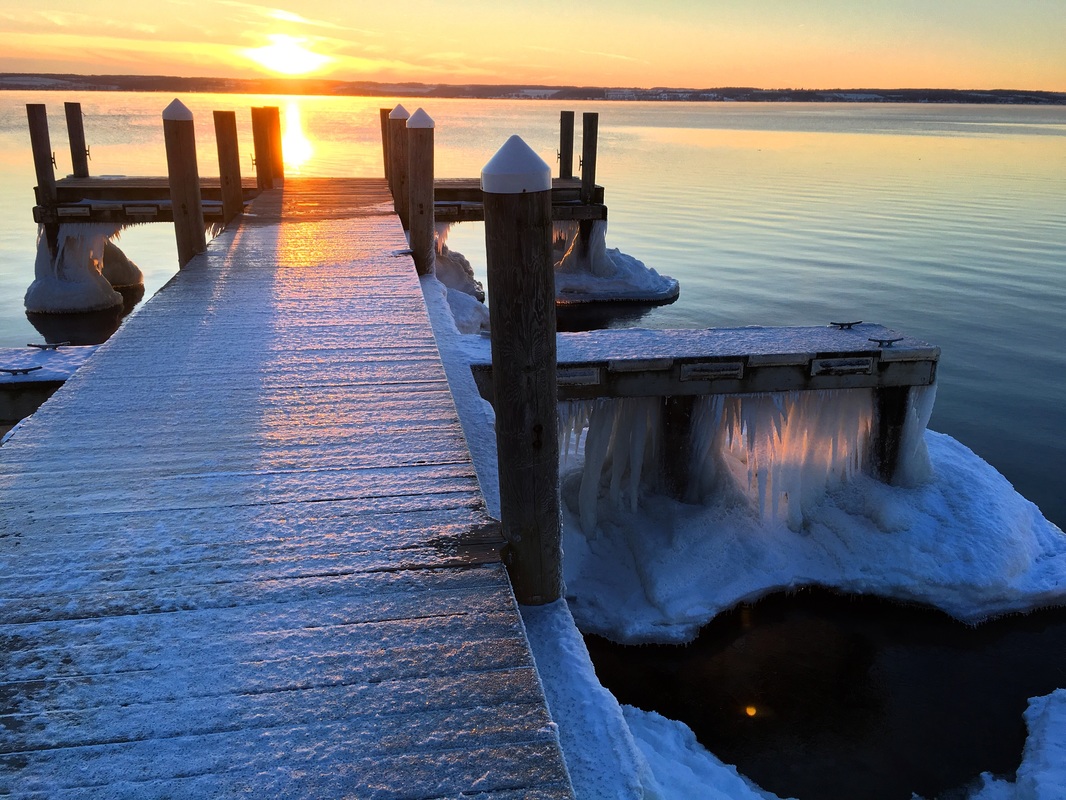
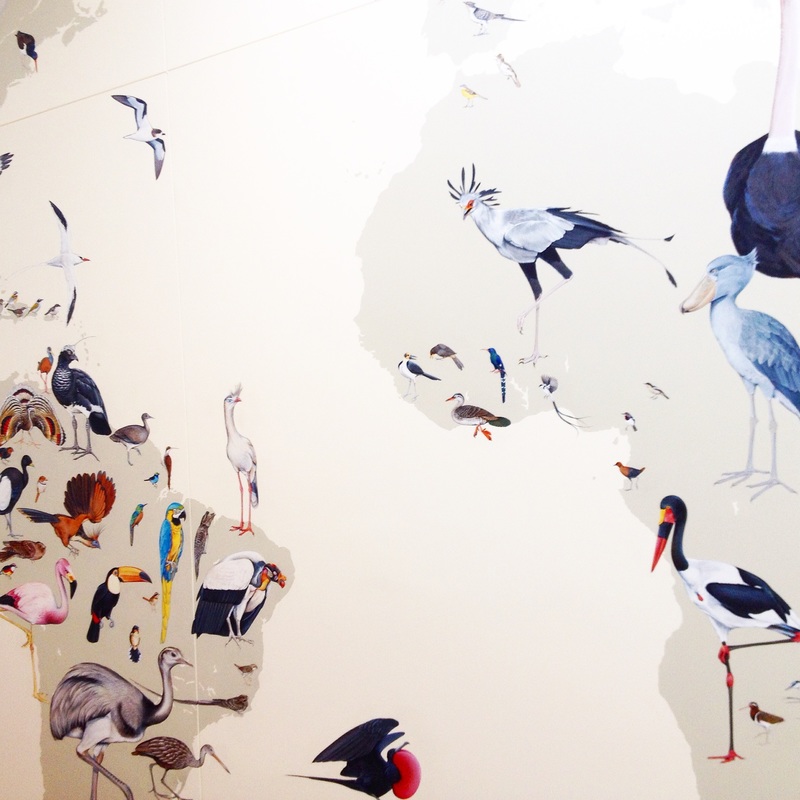
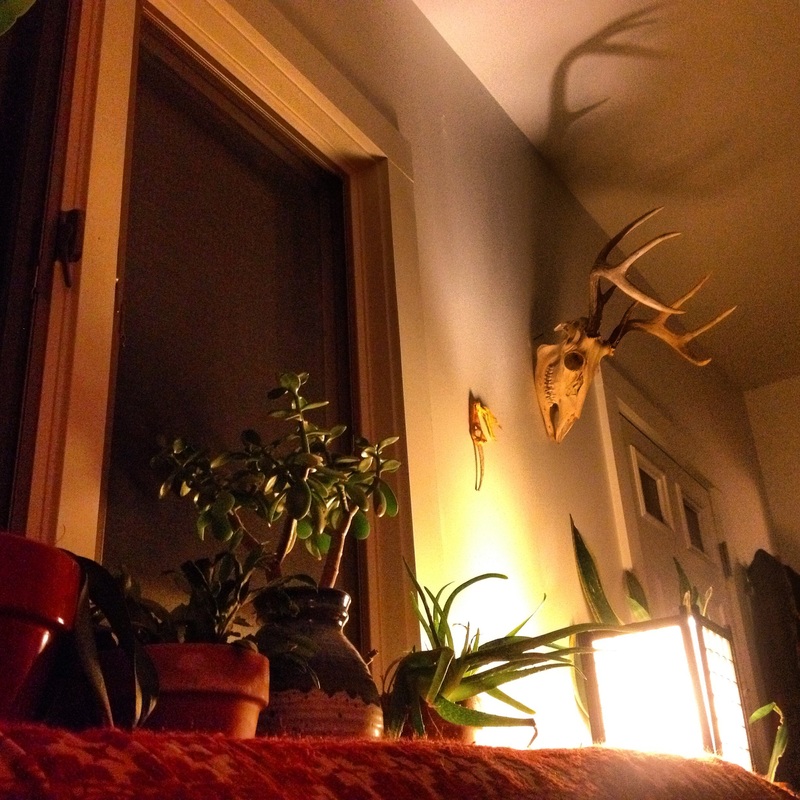
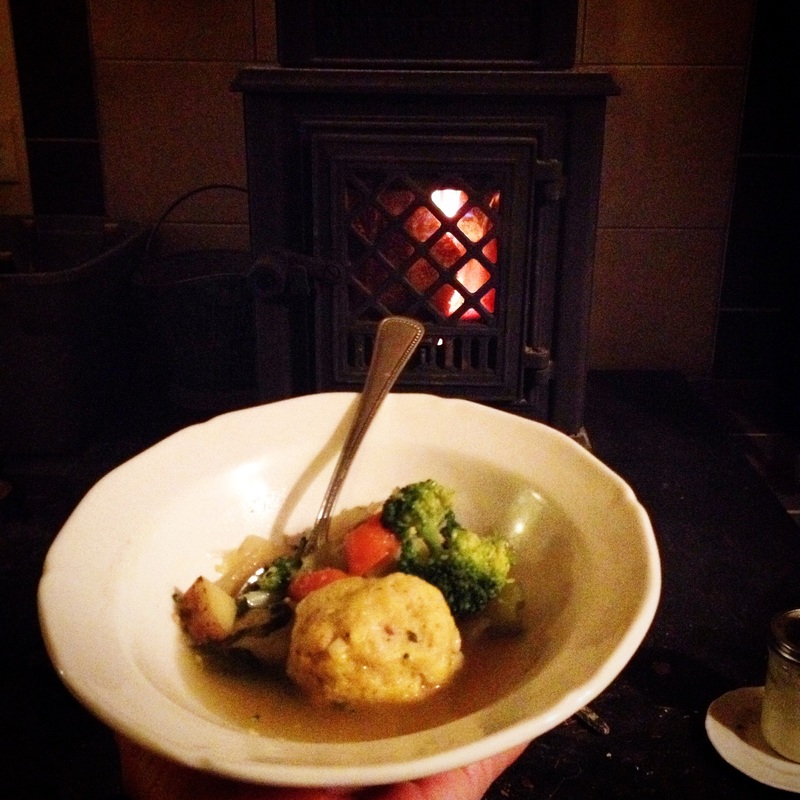
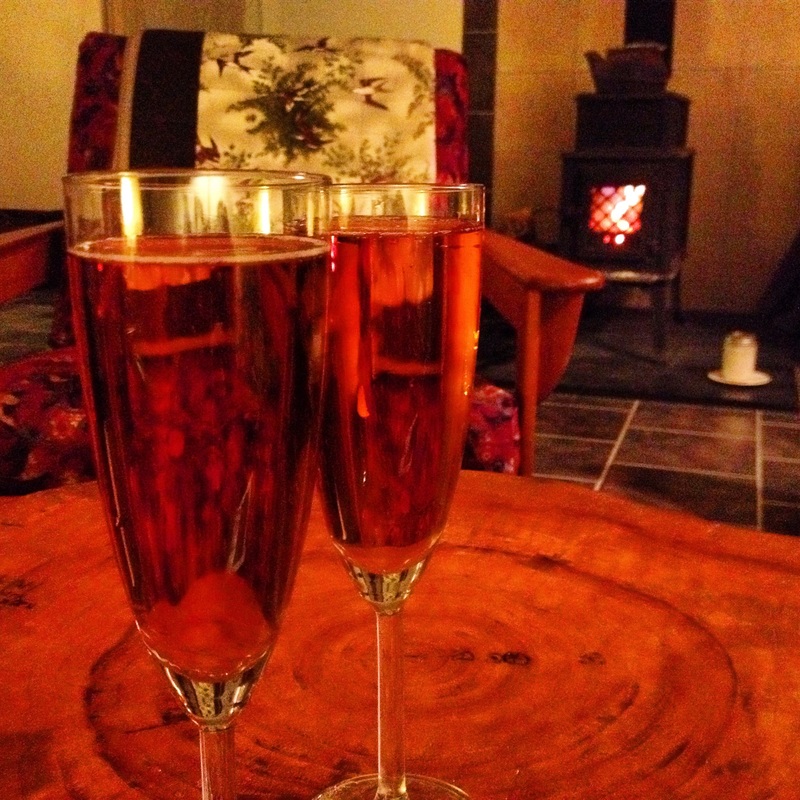
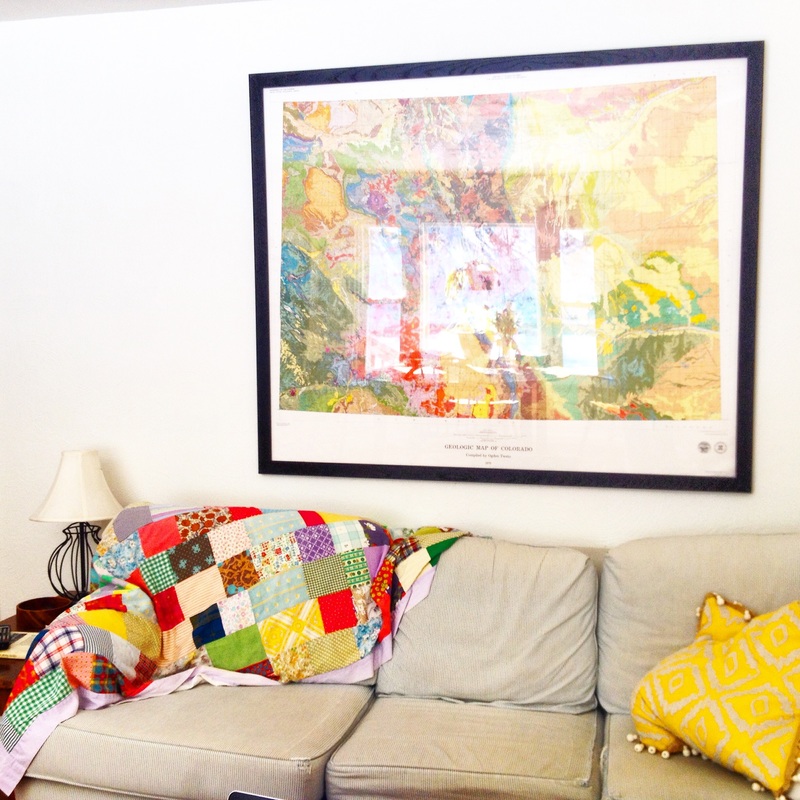
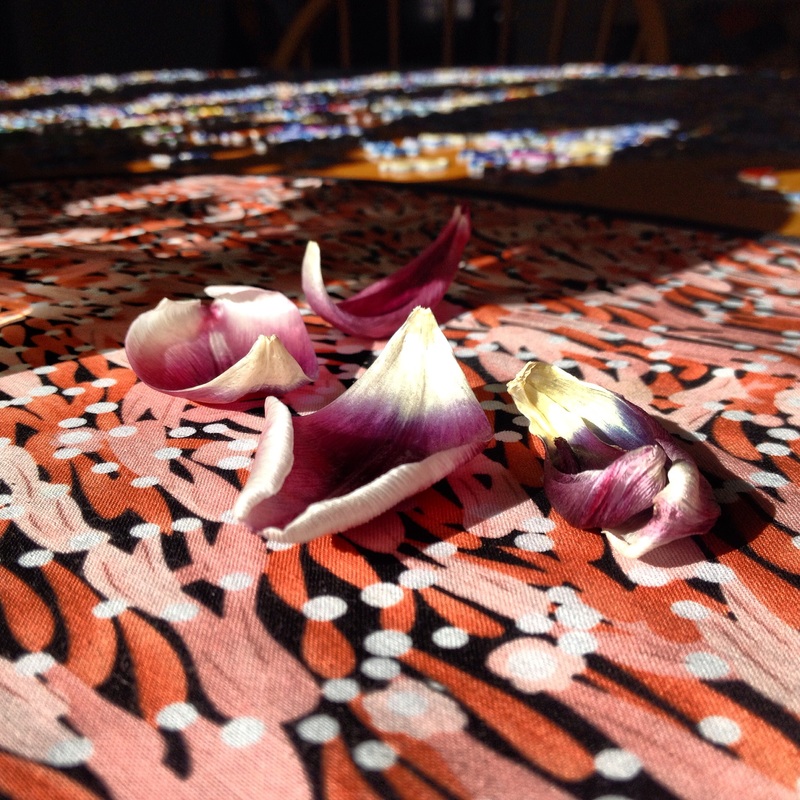
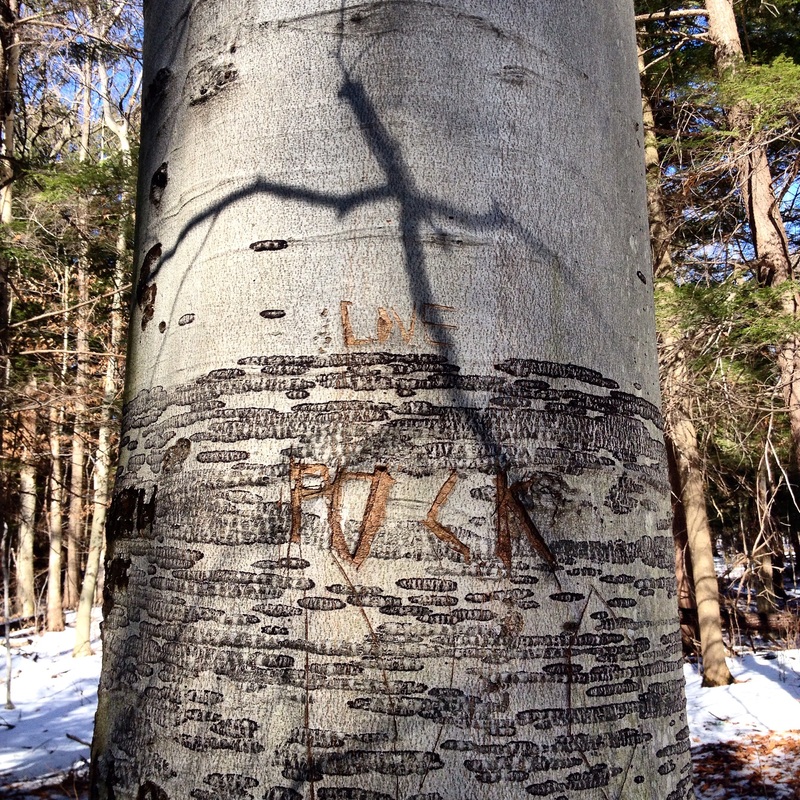
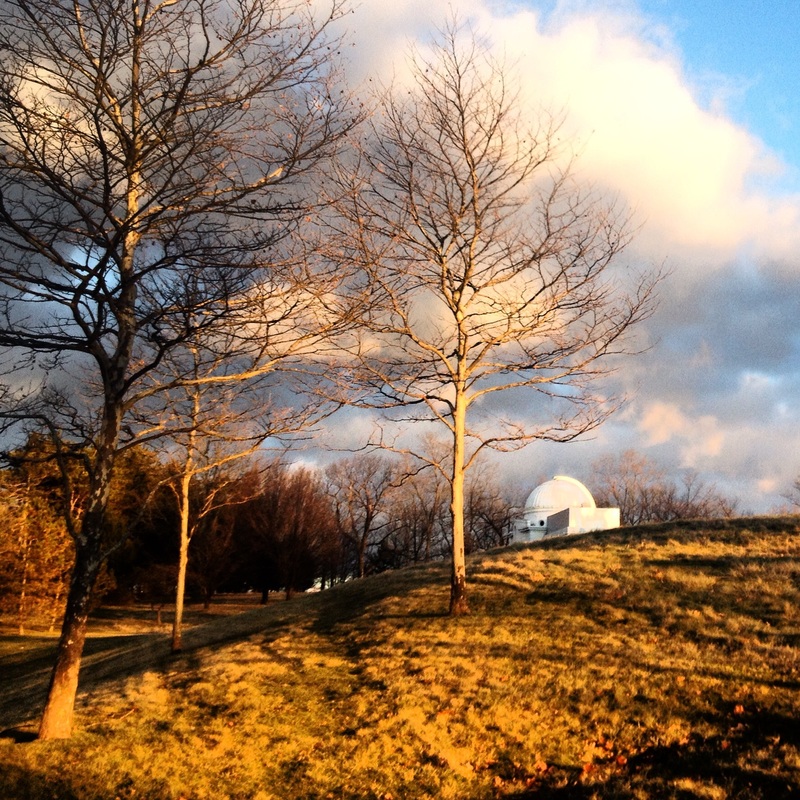
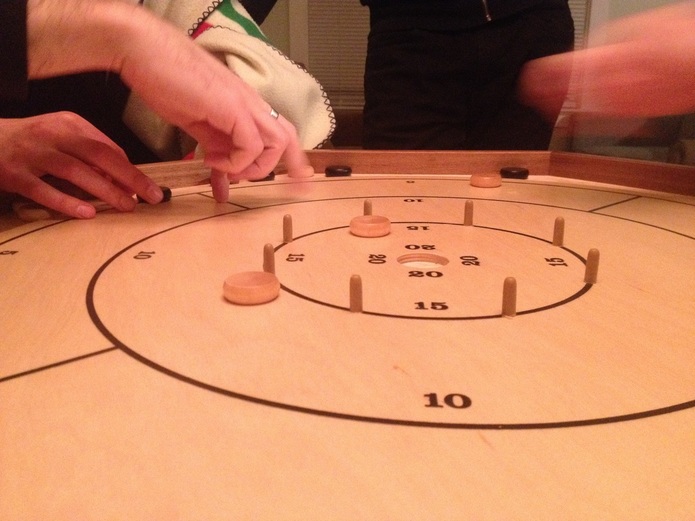


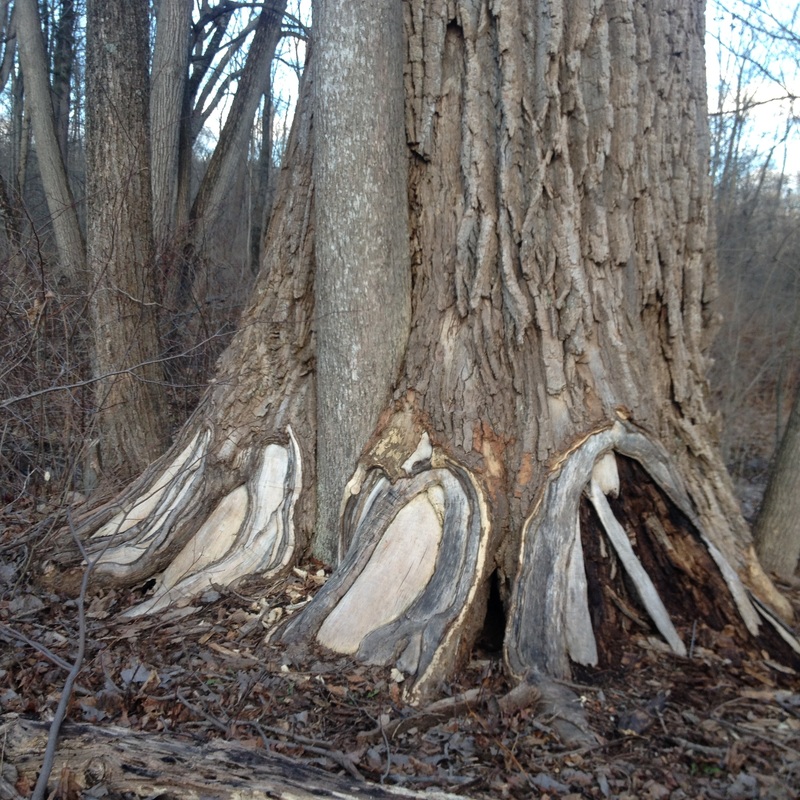
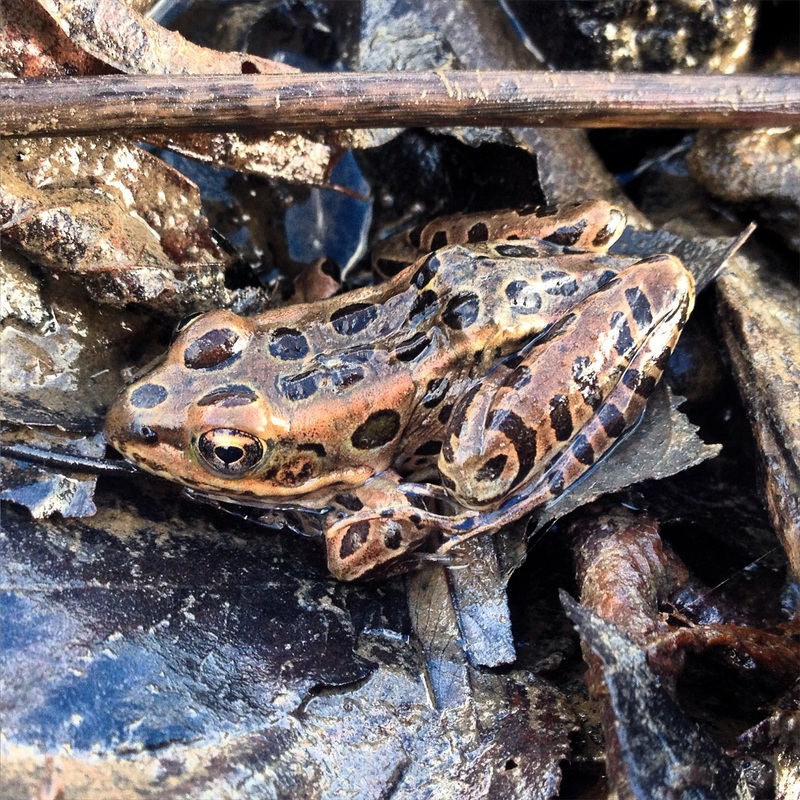
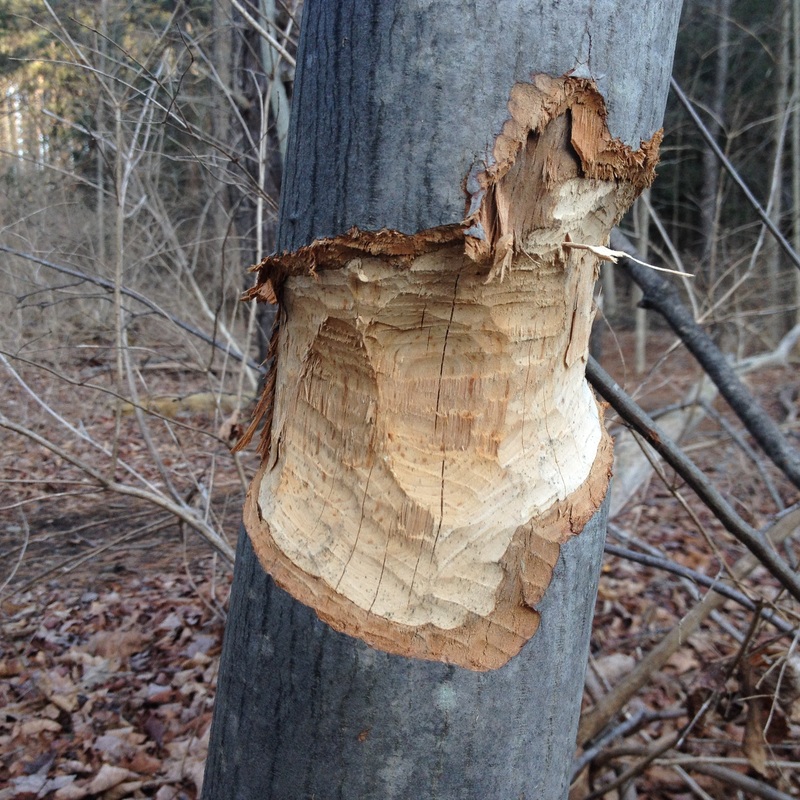

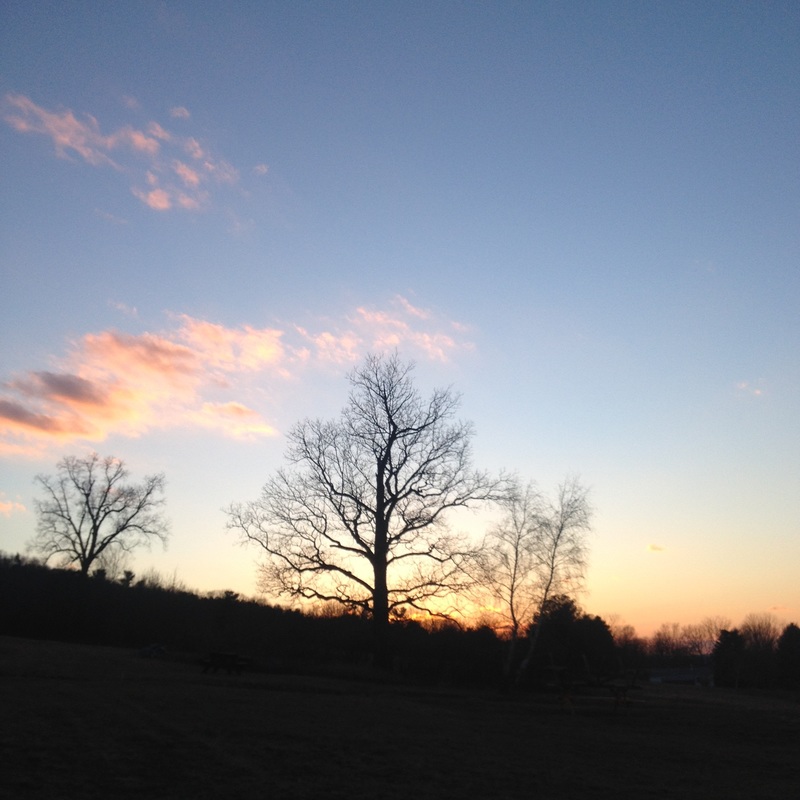
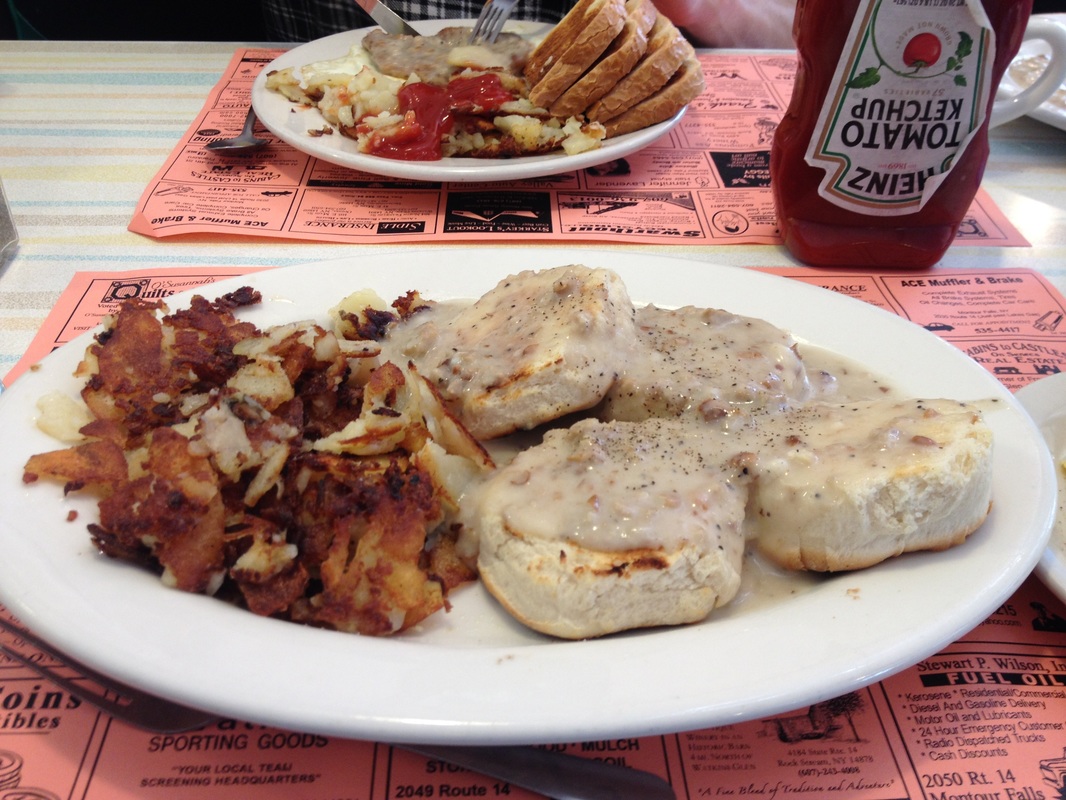
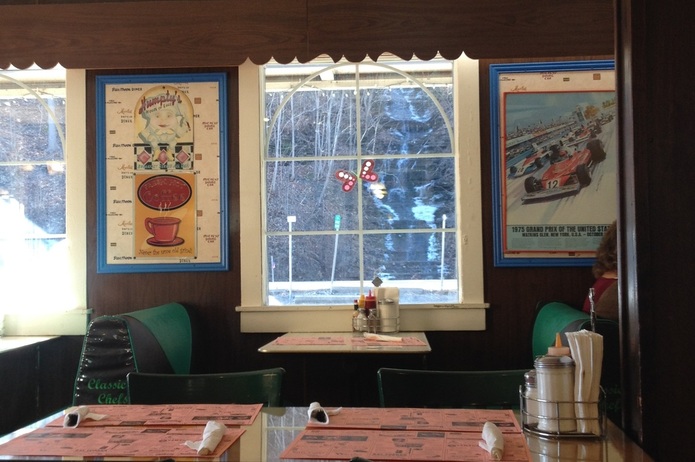
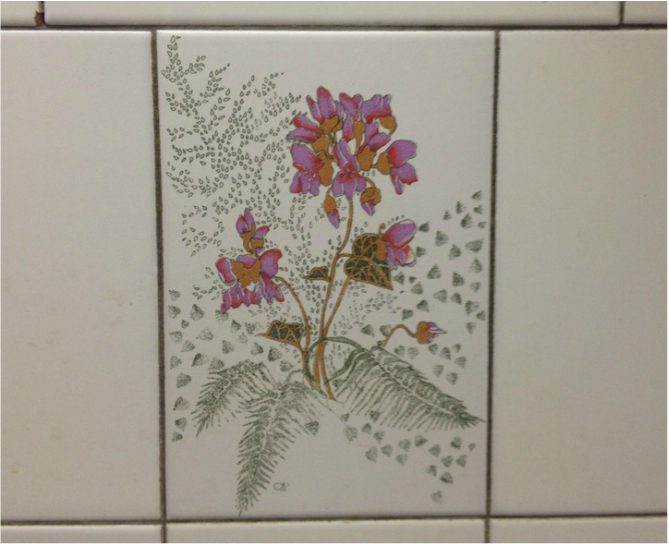

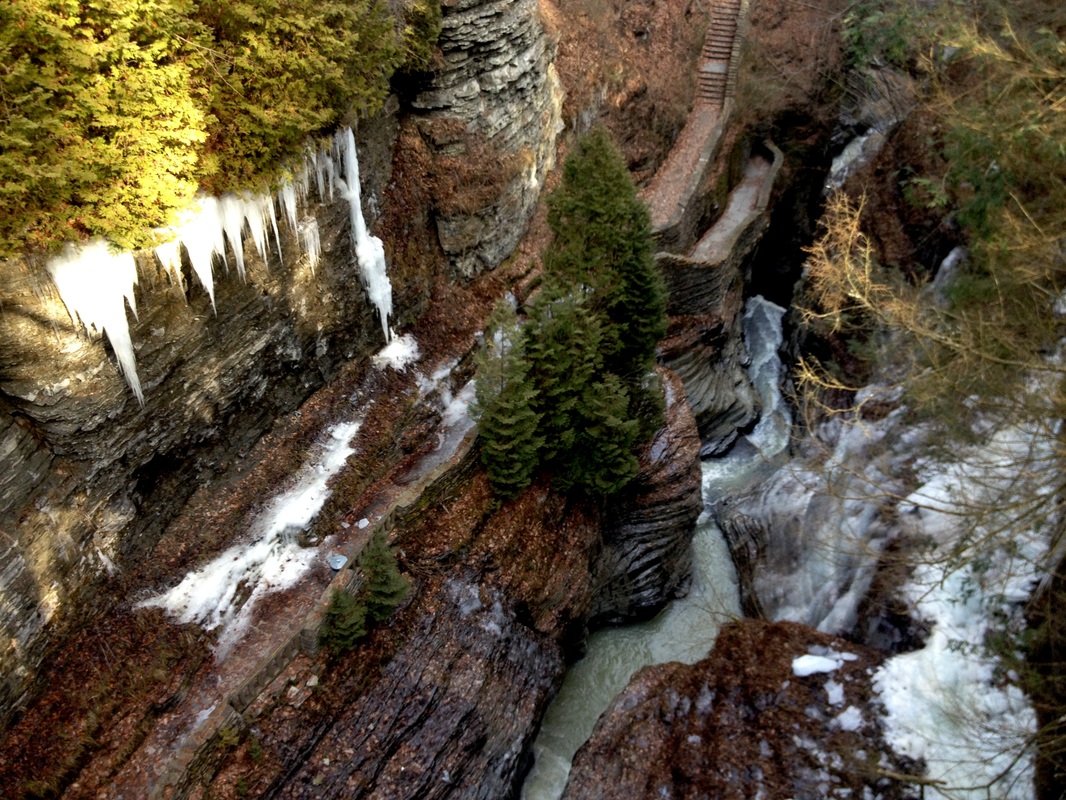
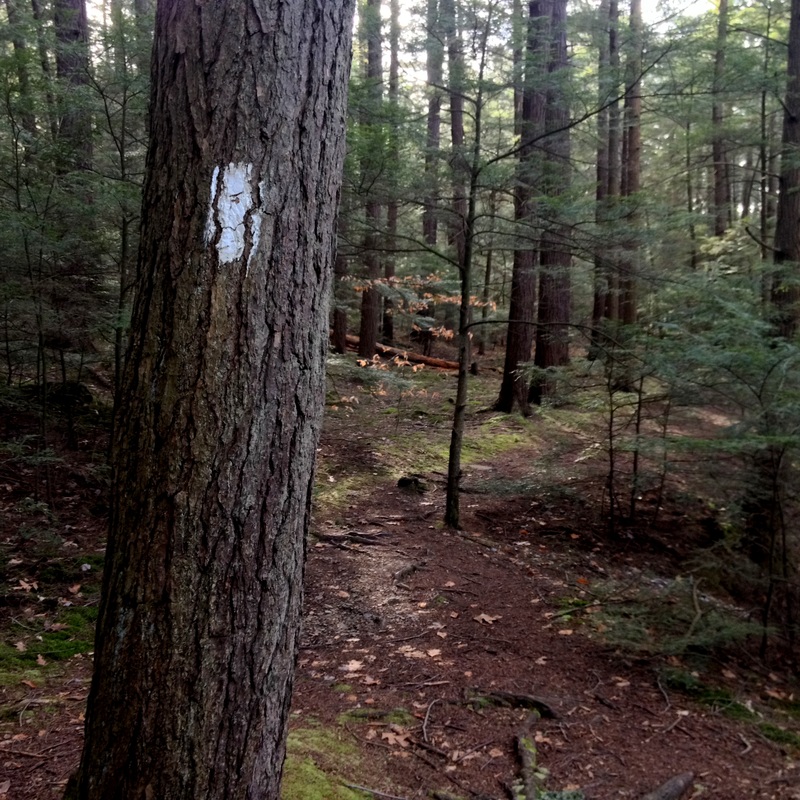
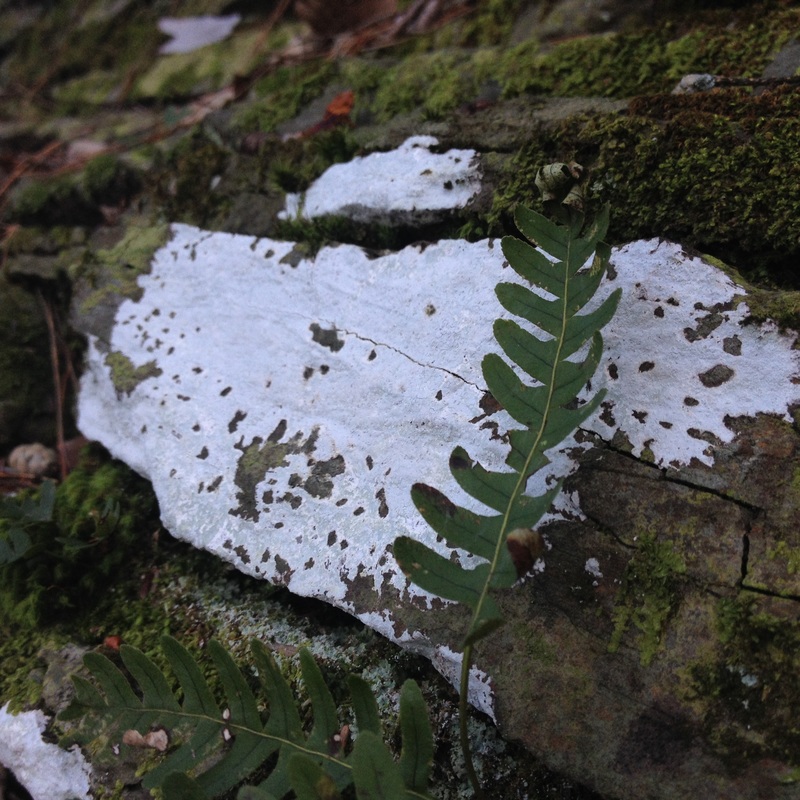
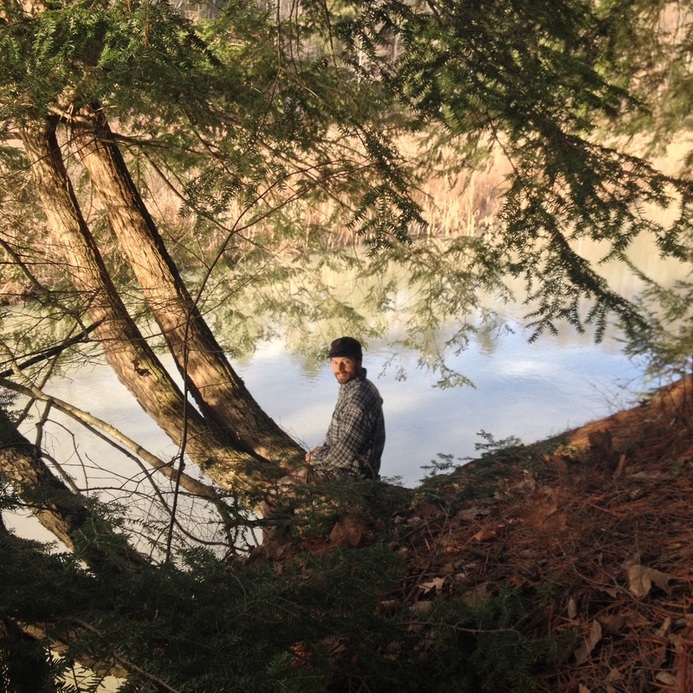
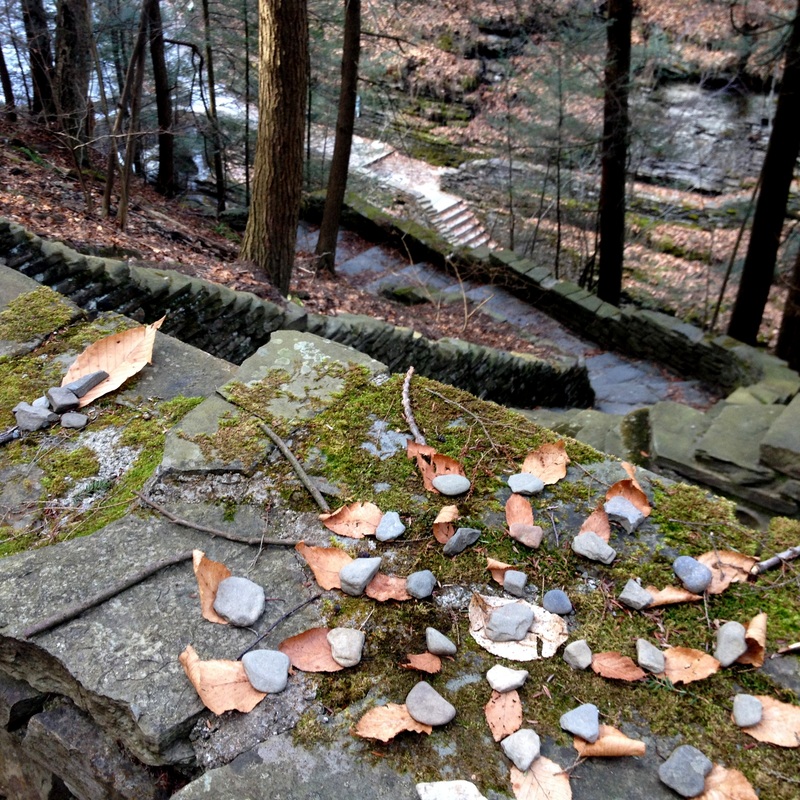
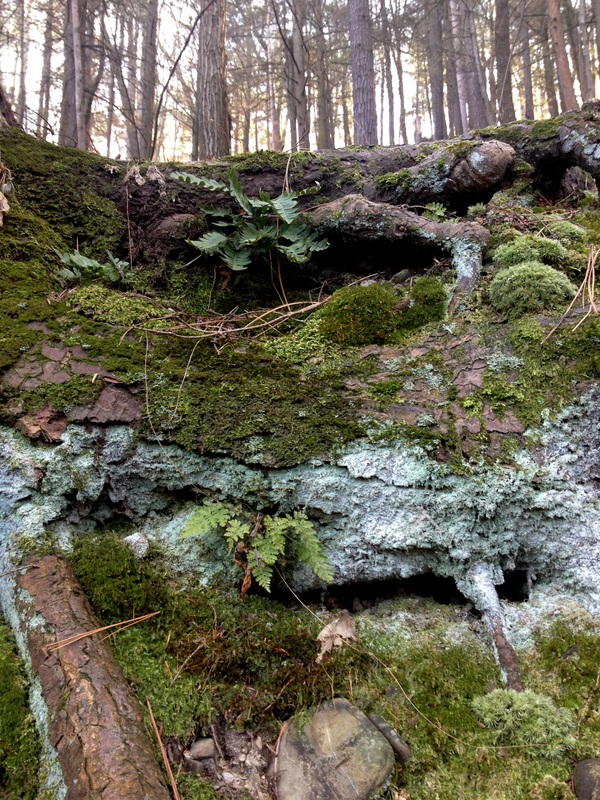
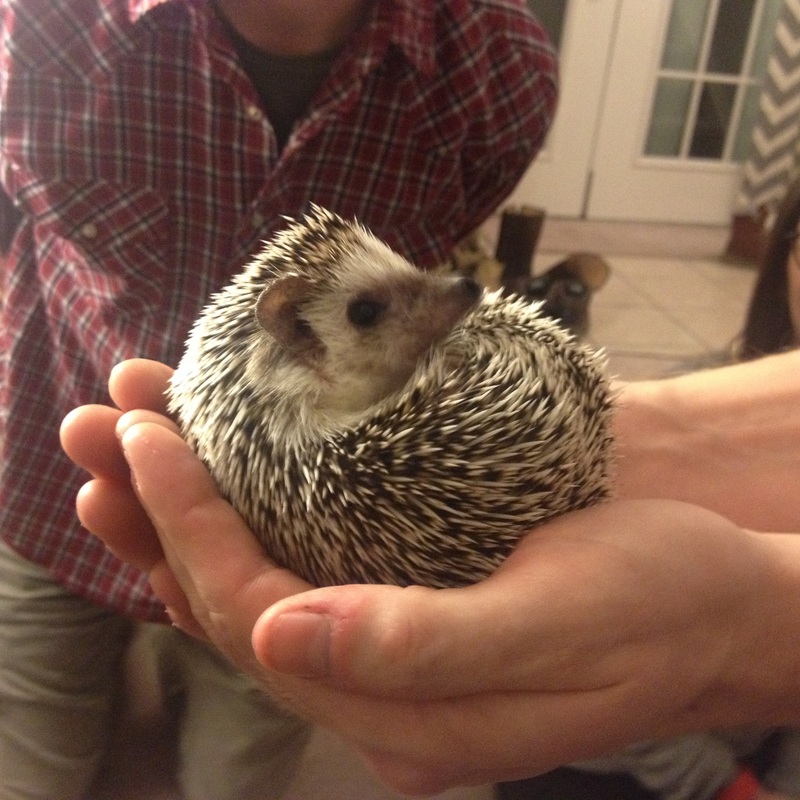
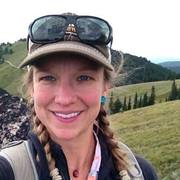
 RSS Feed
RSS Feed
